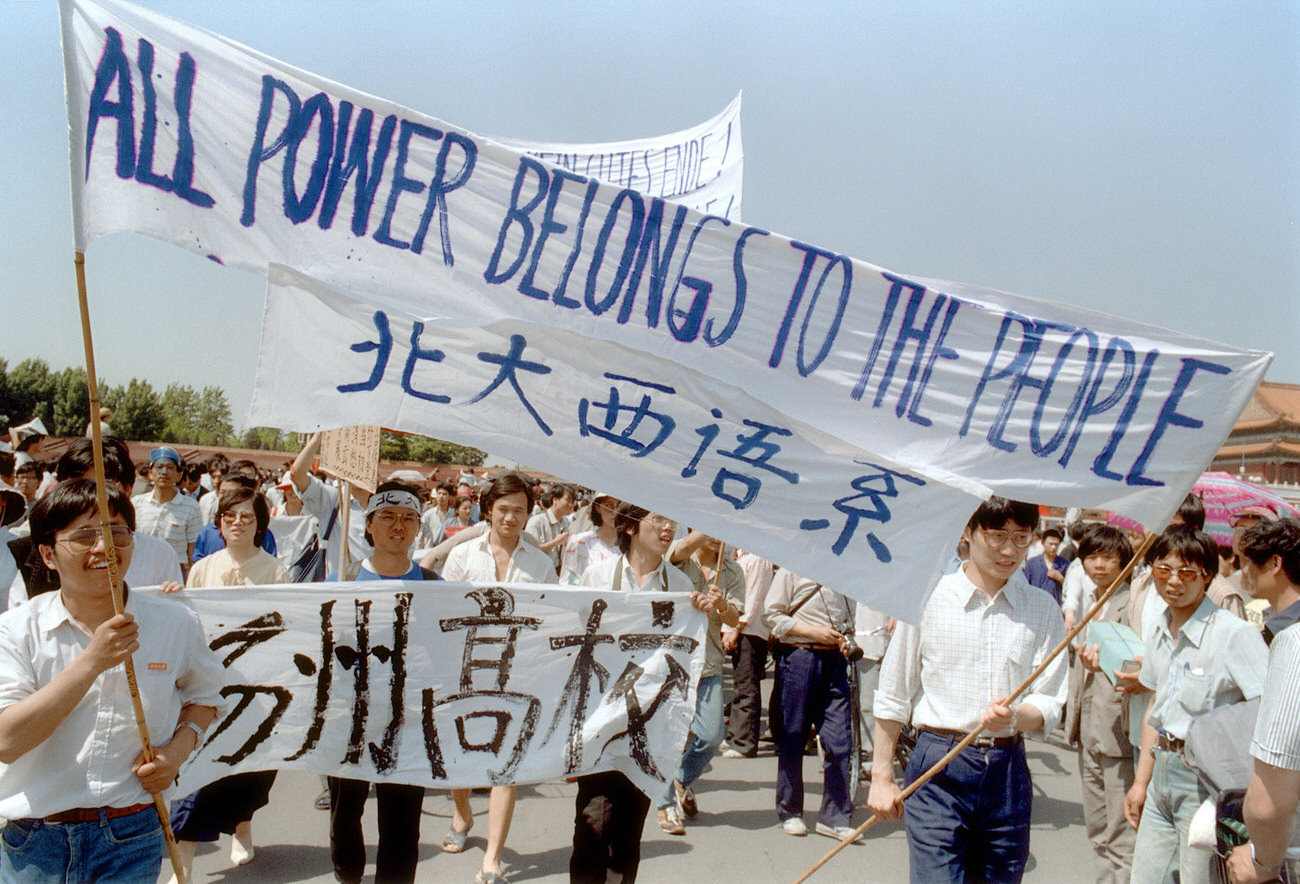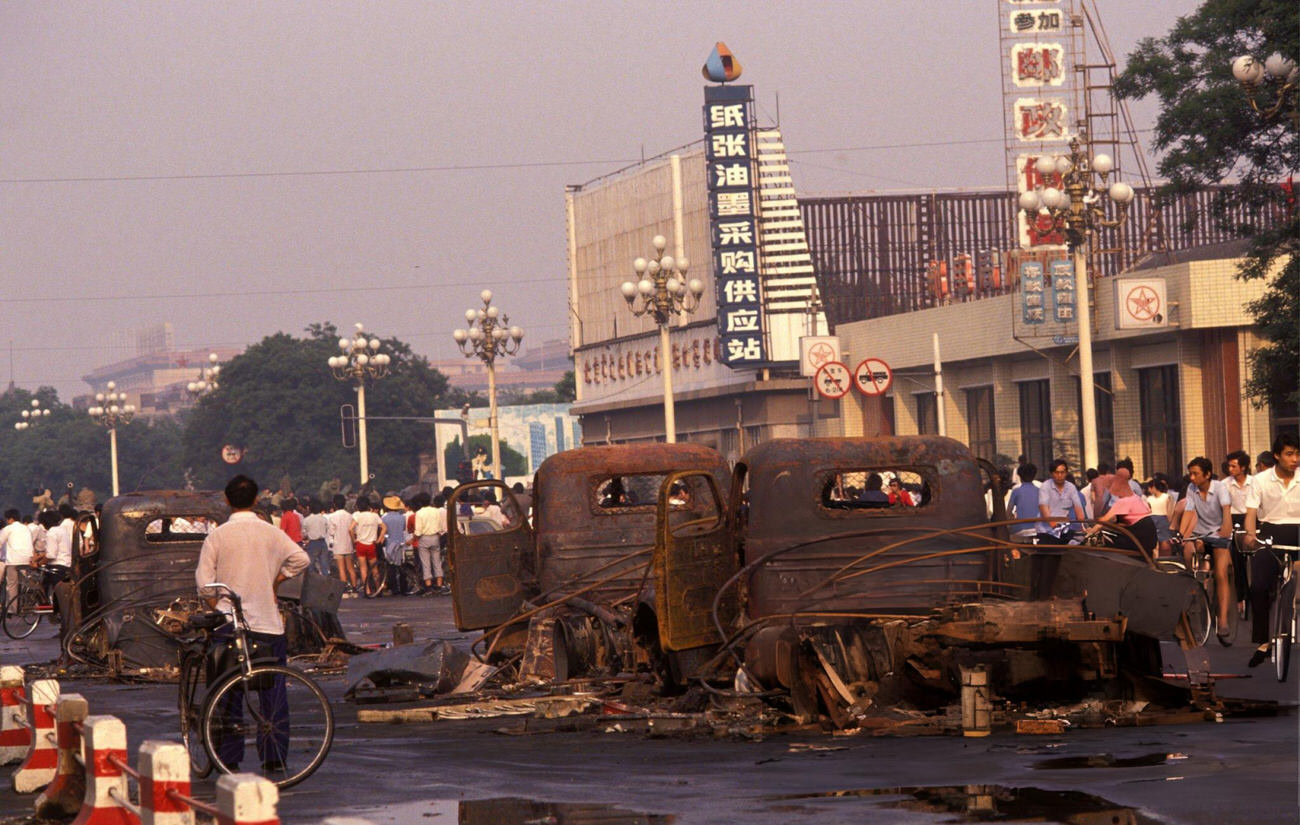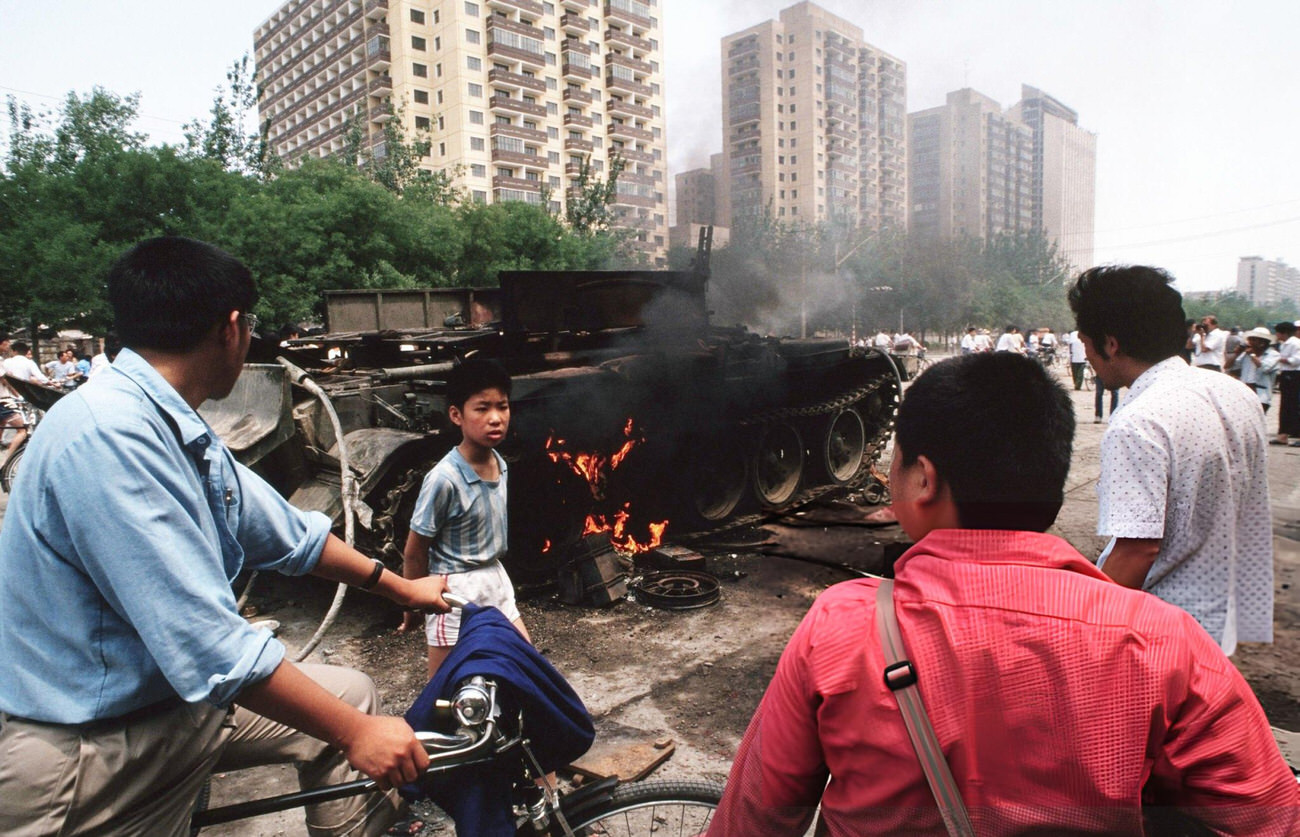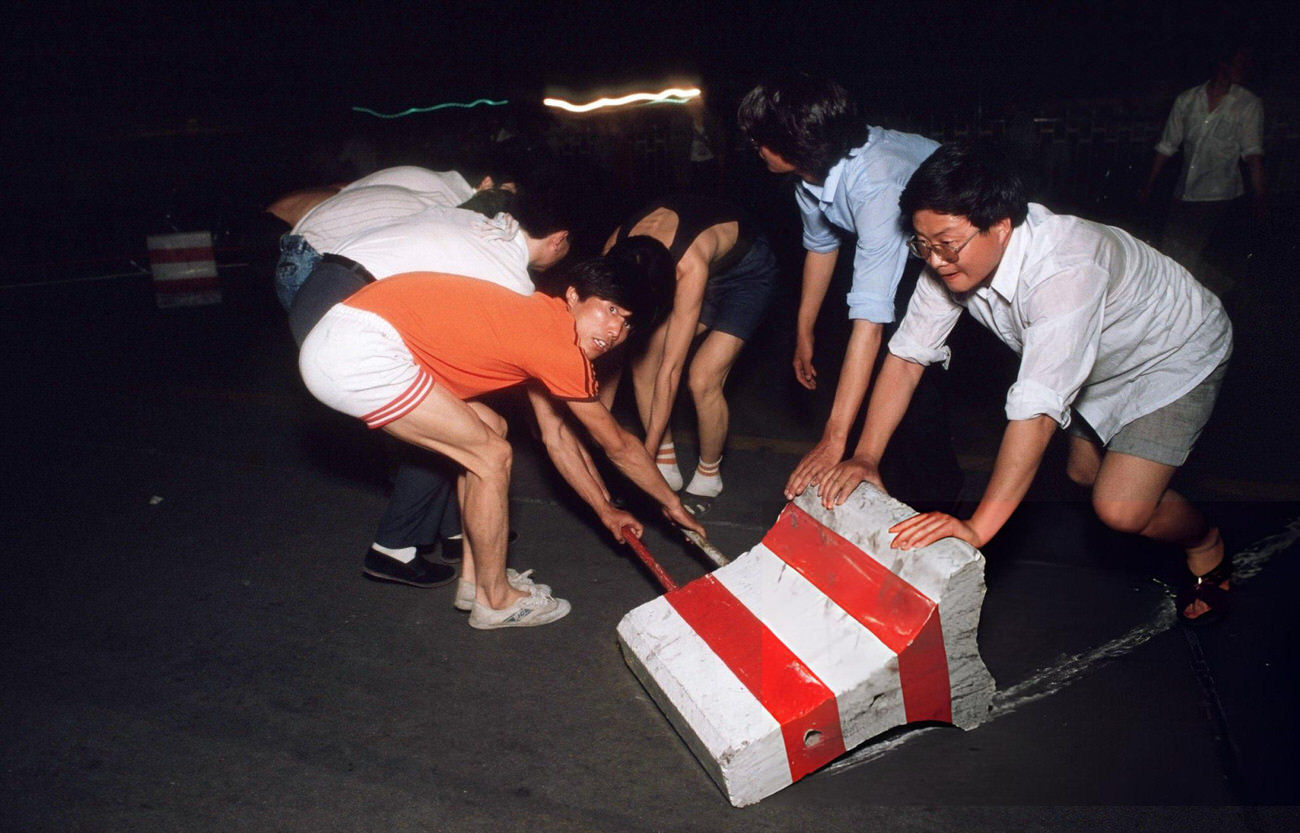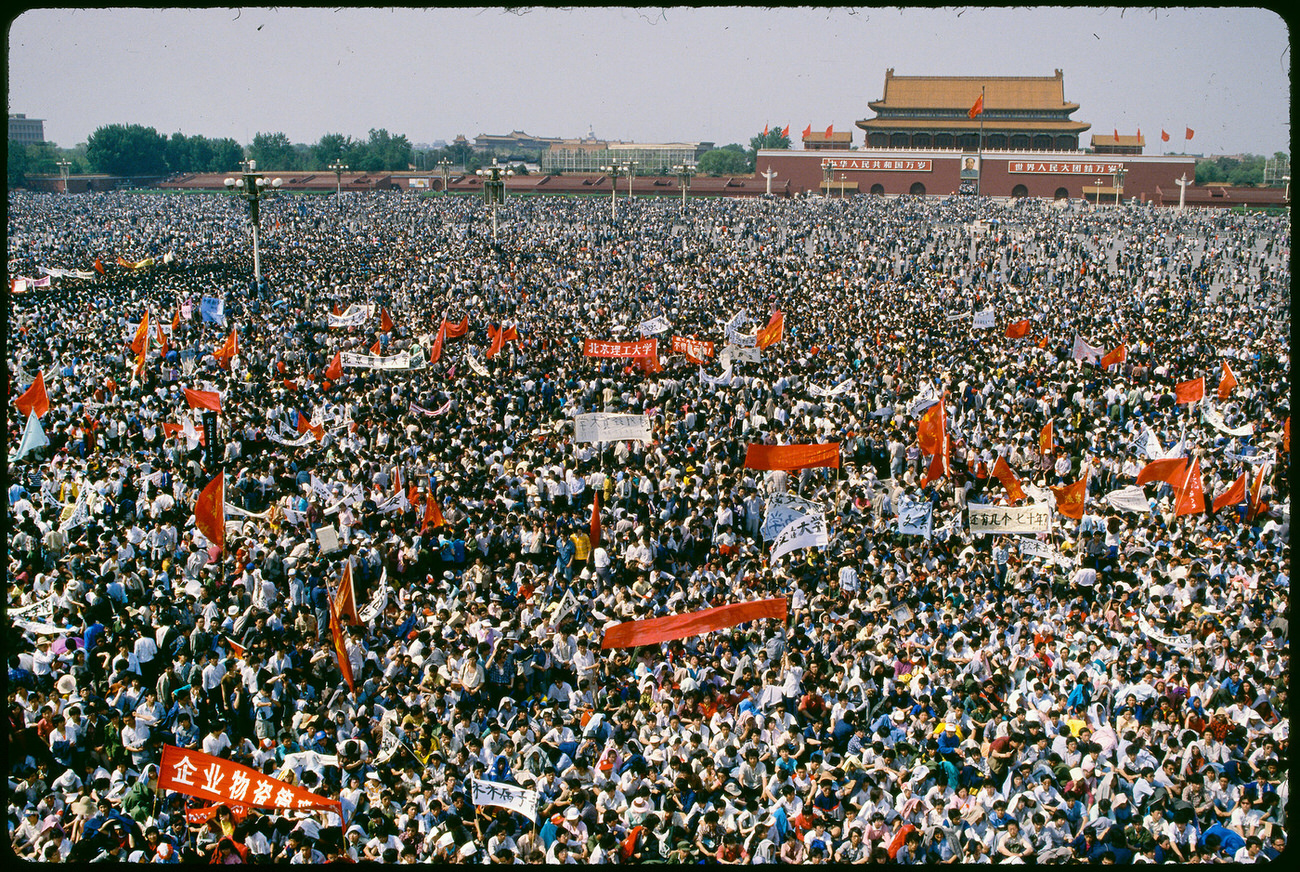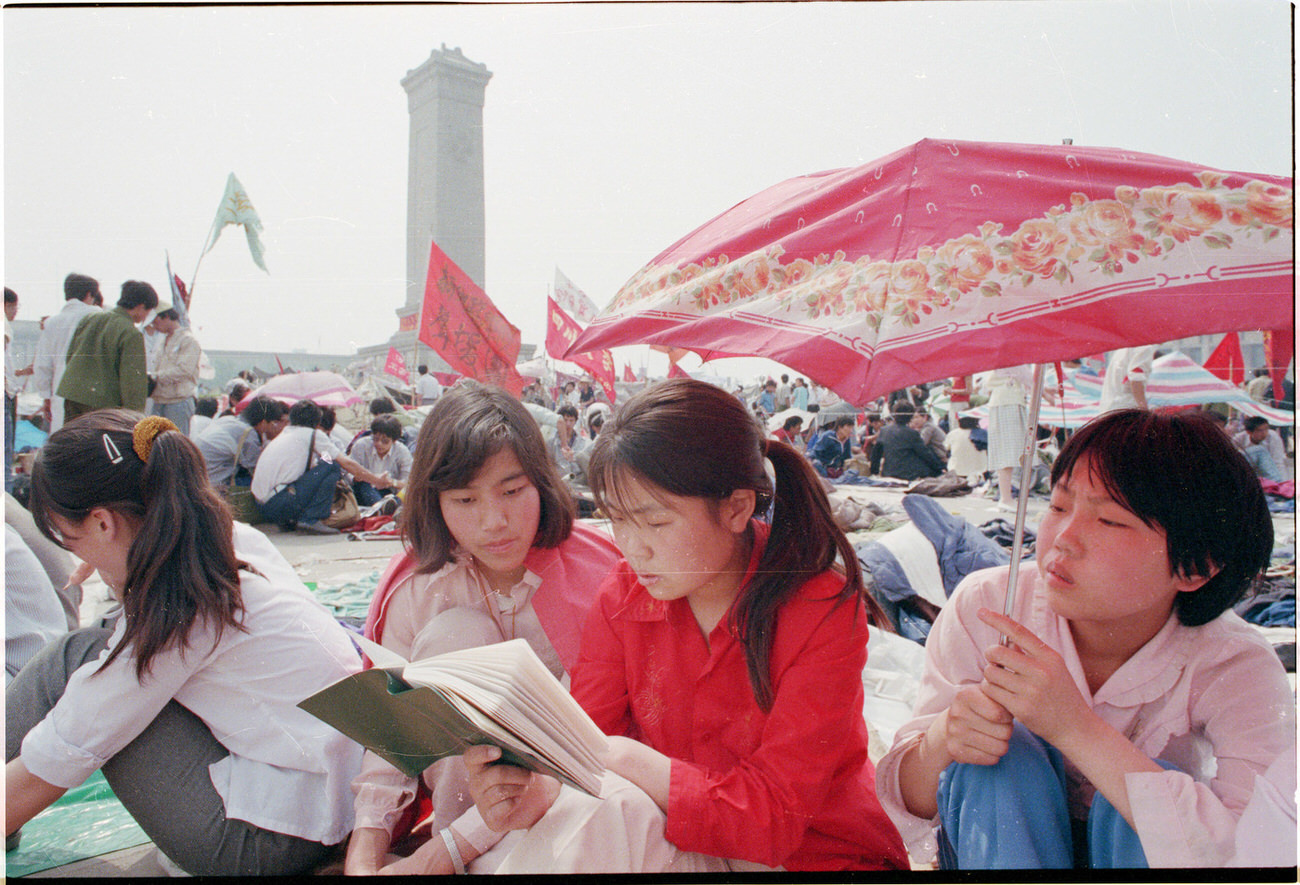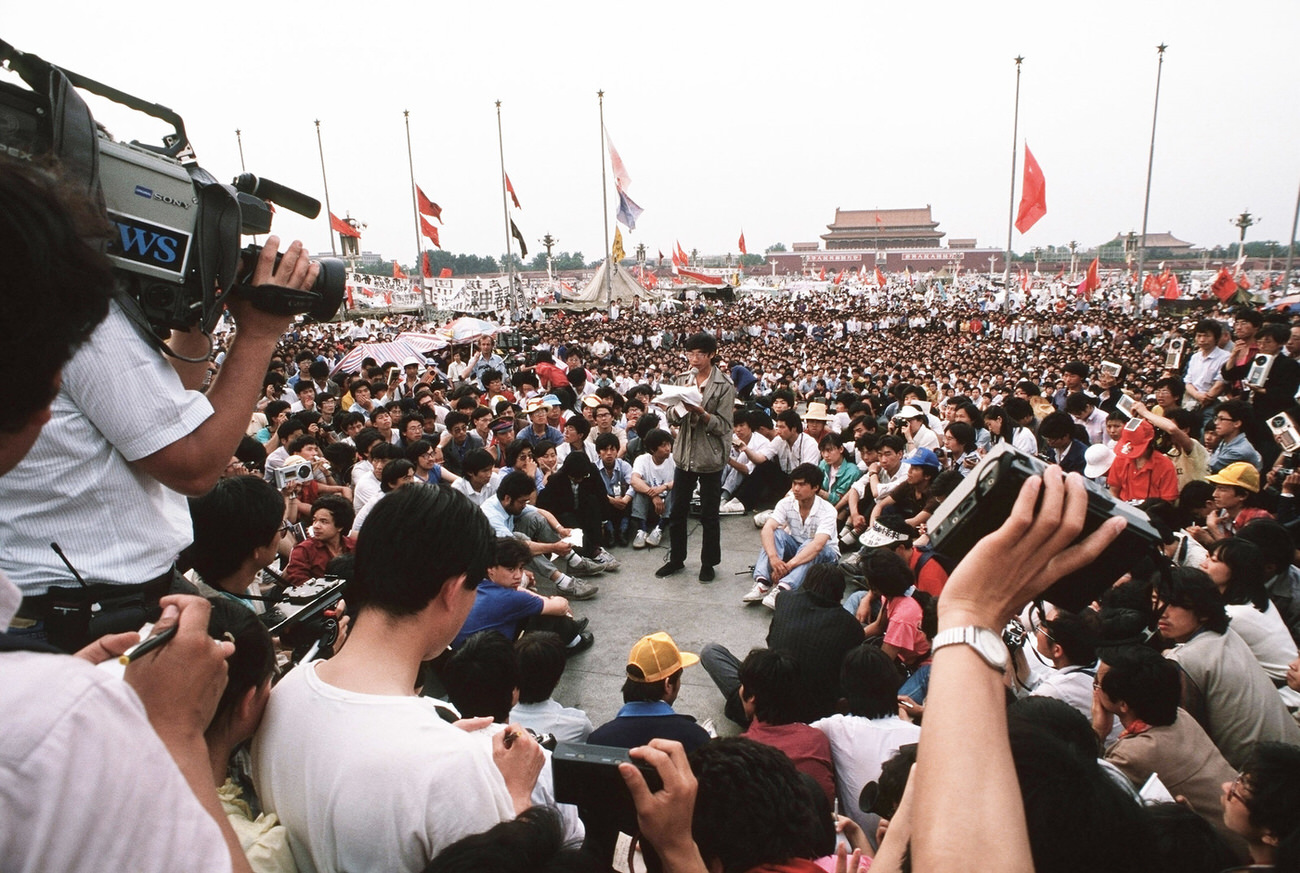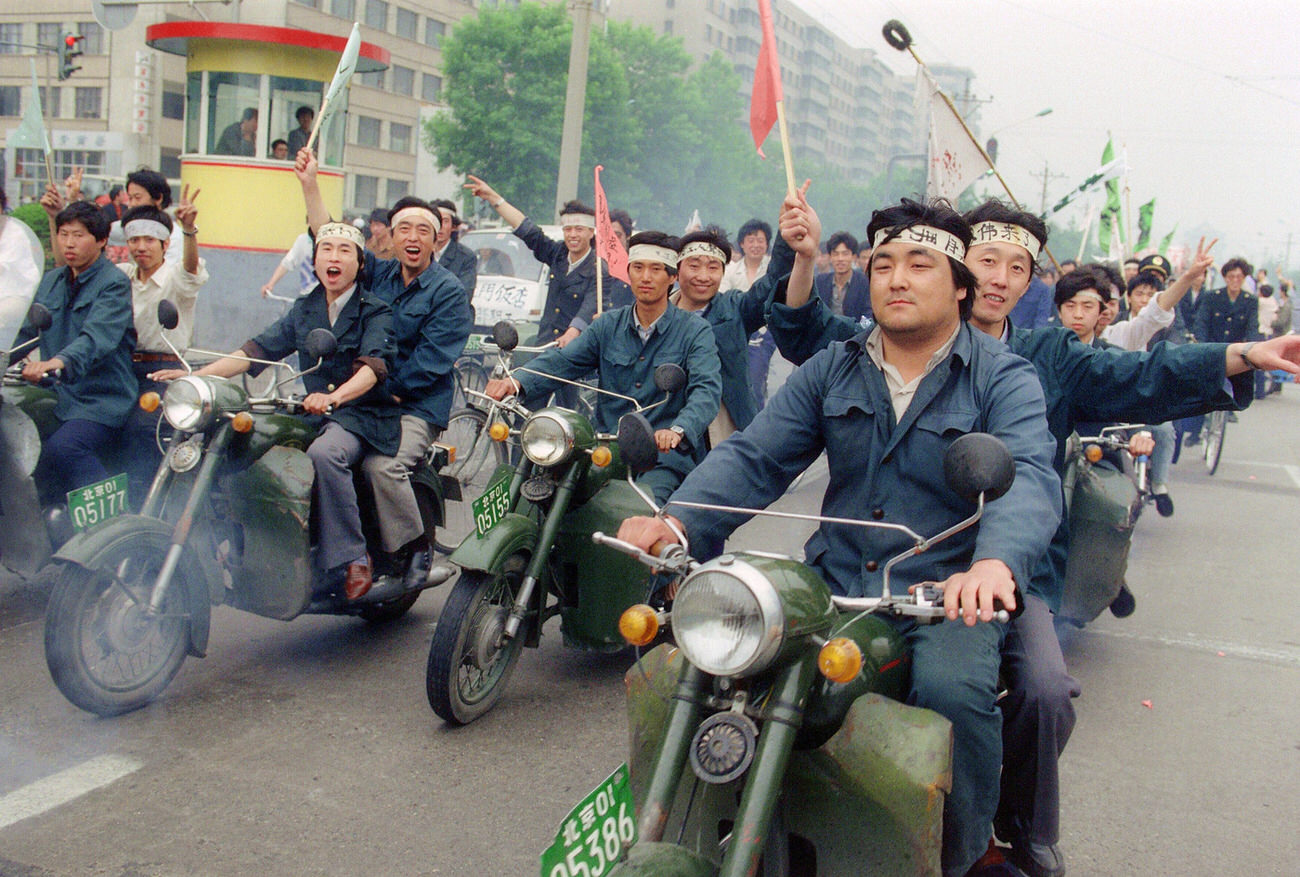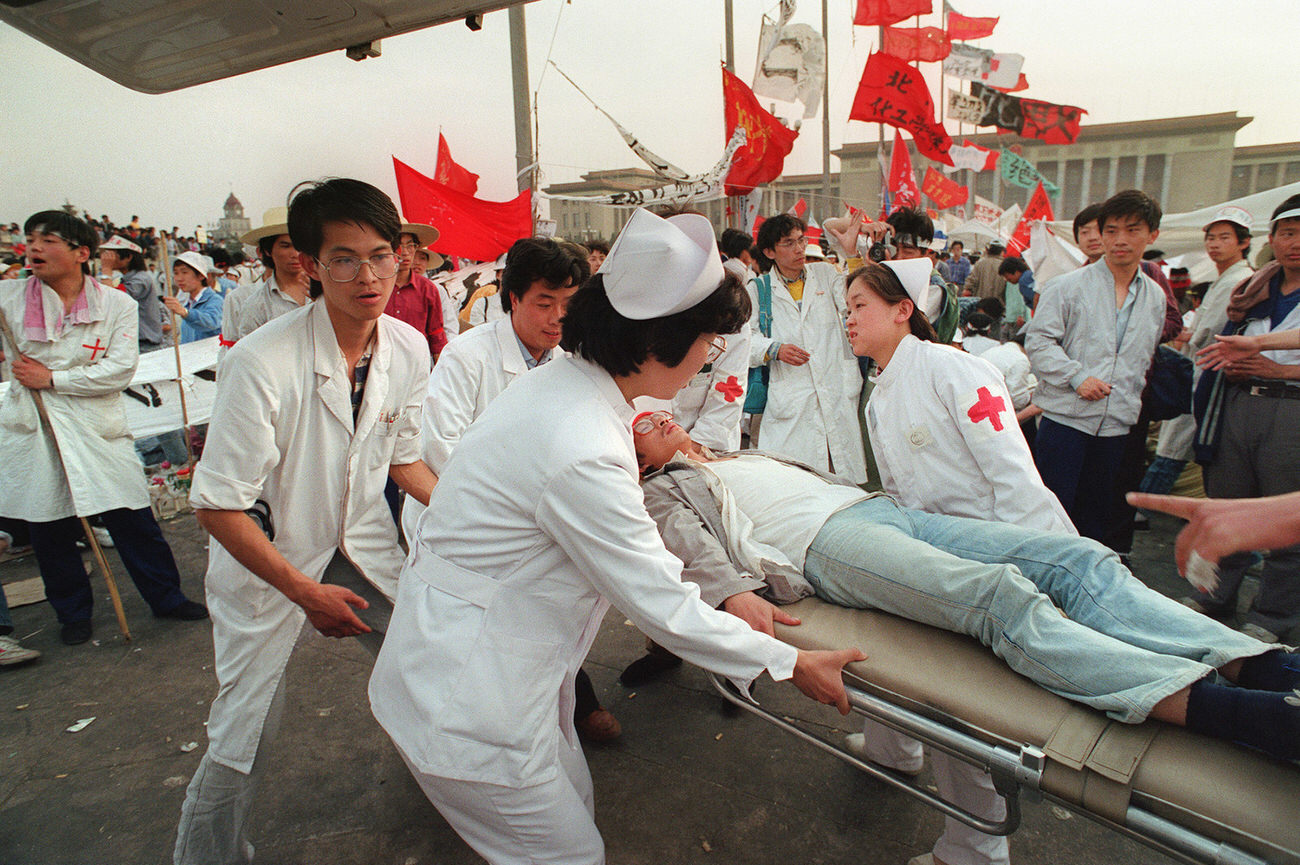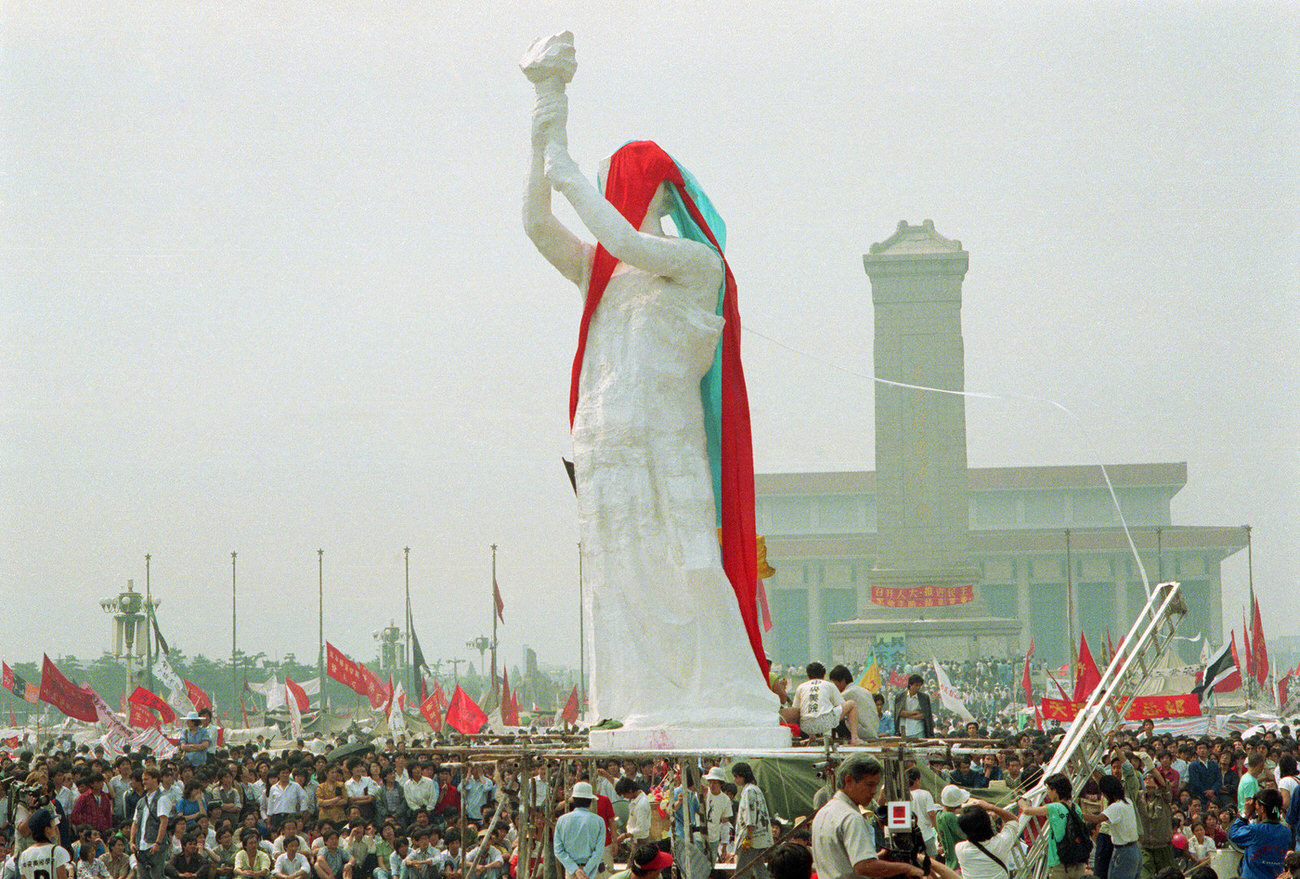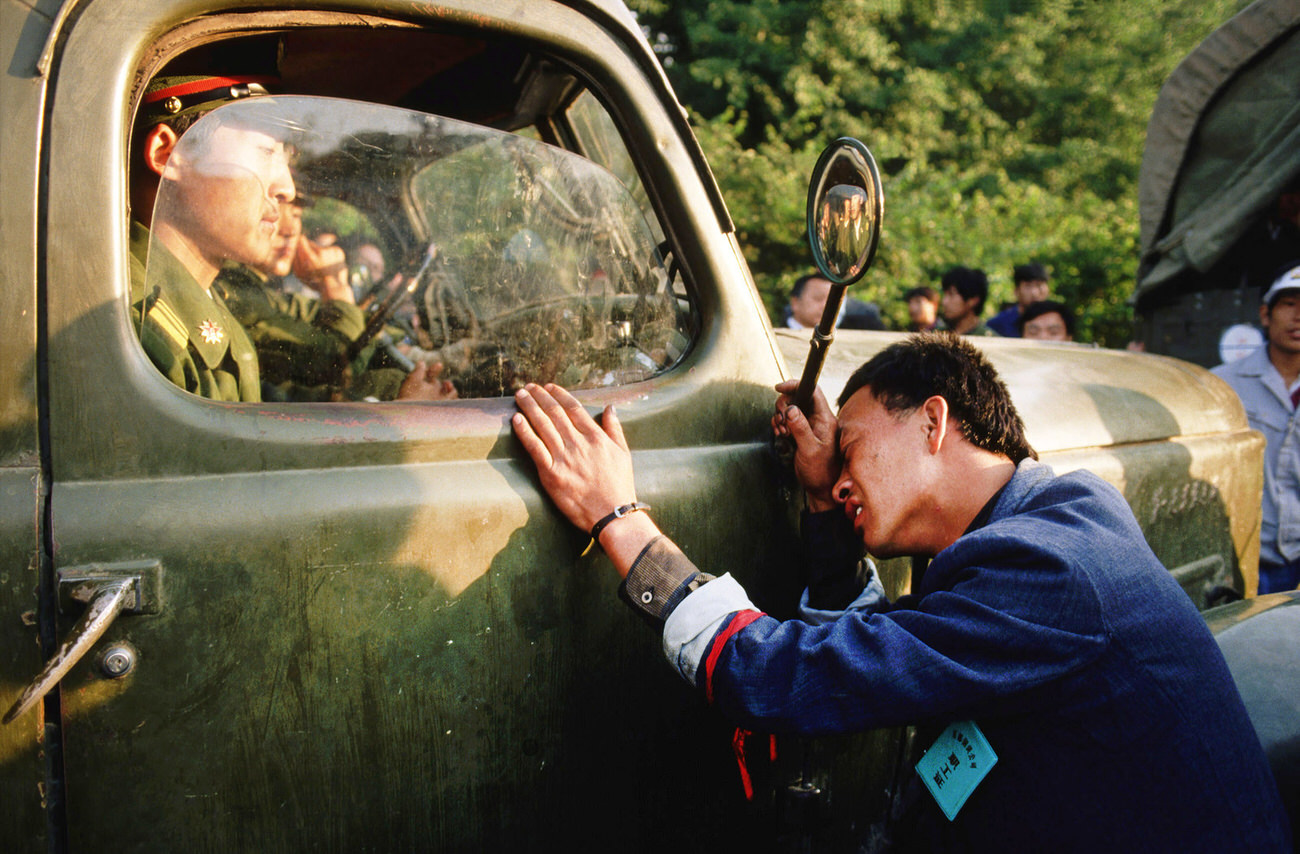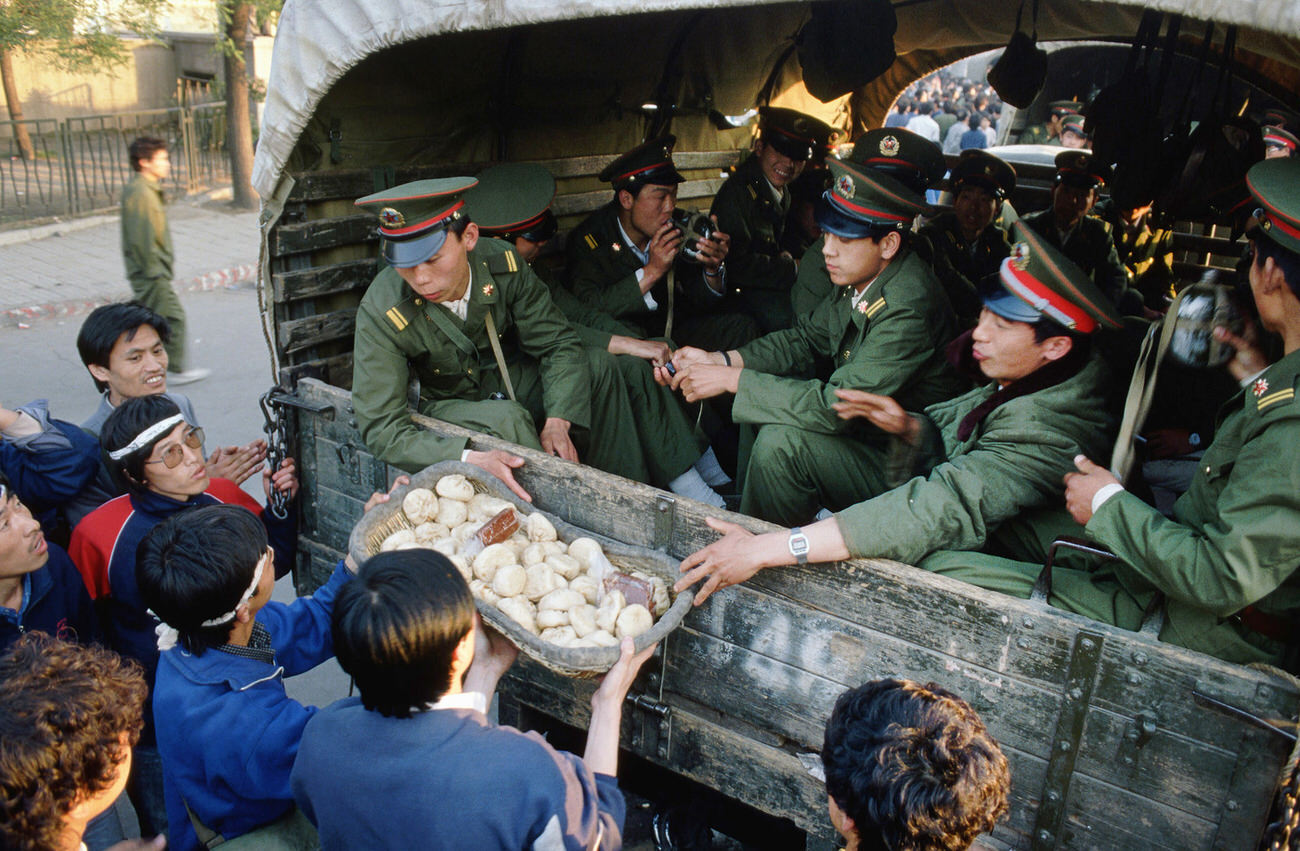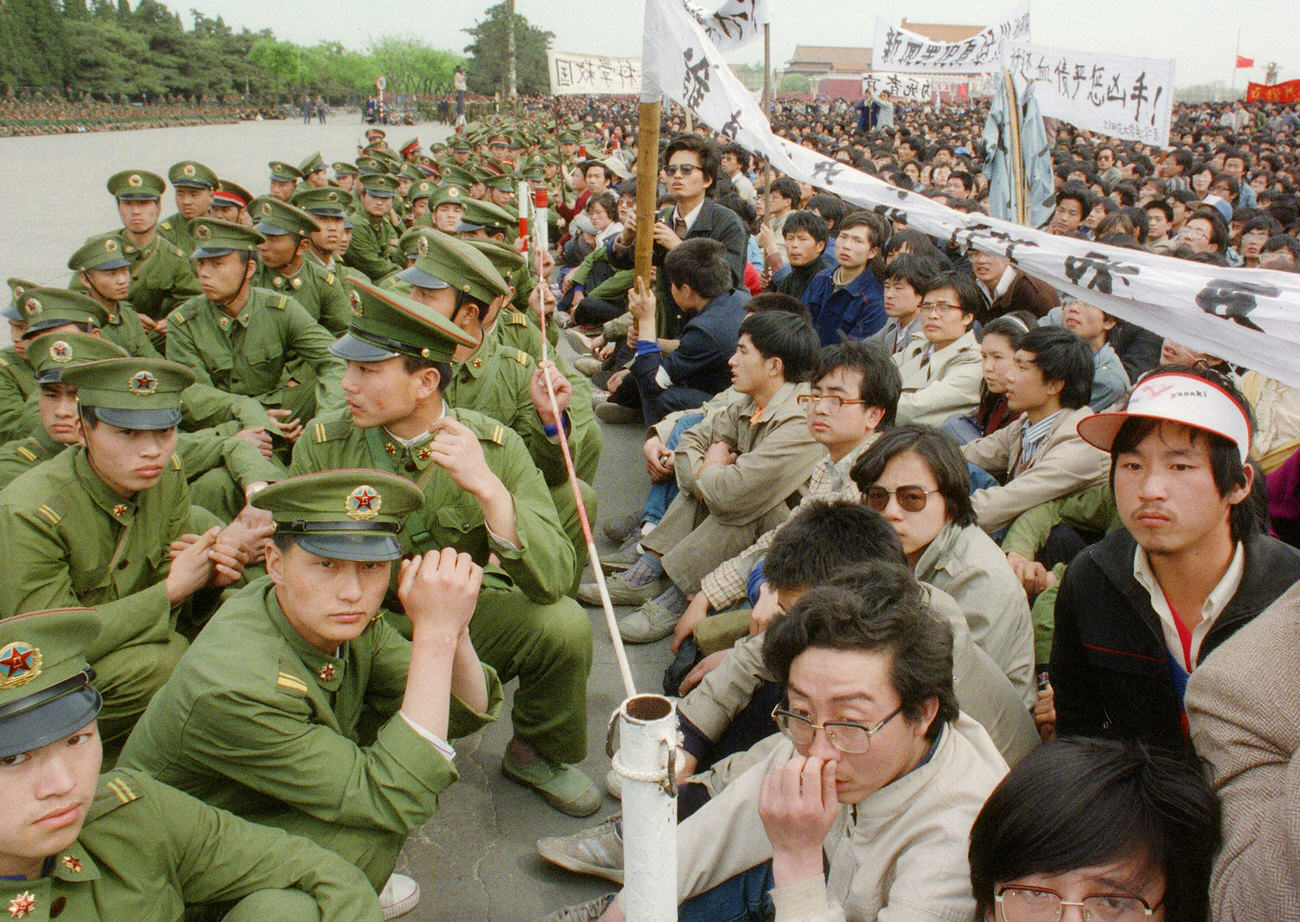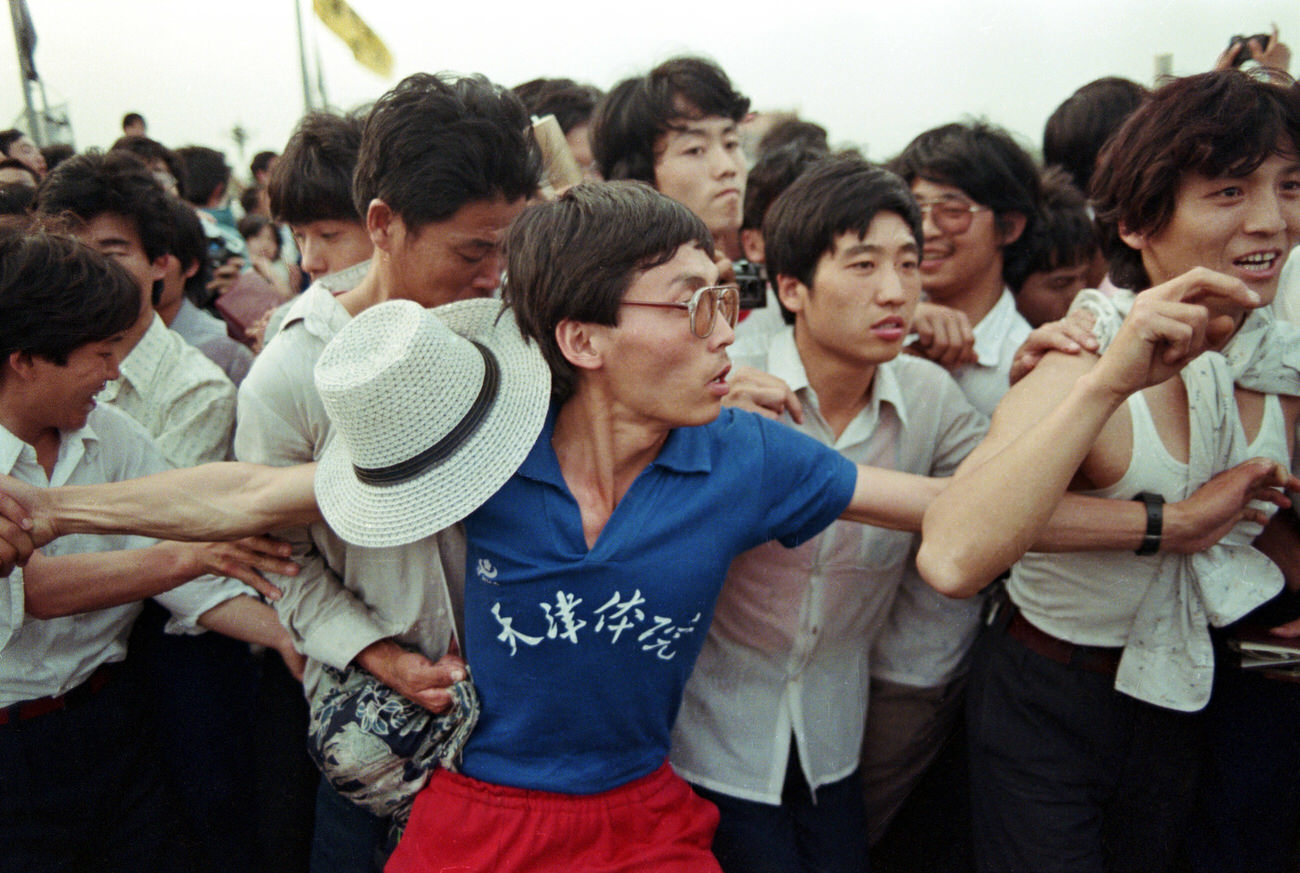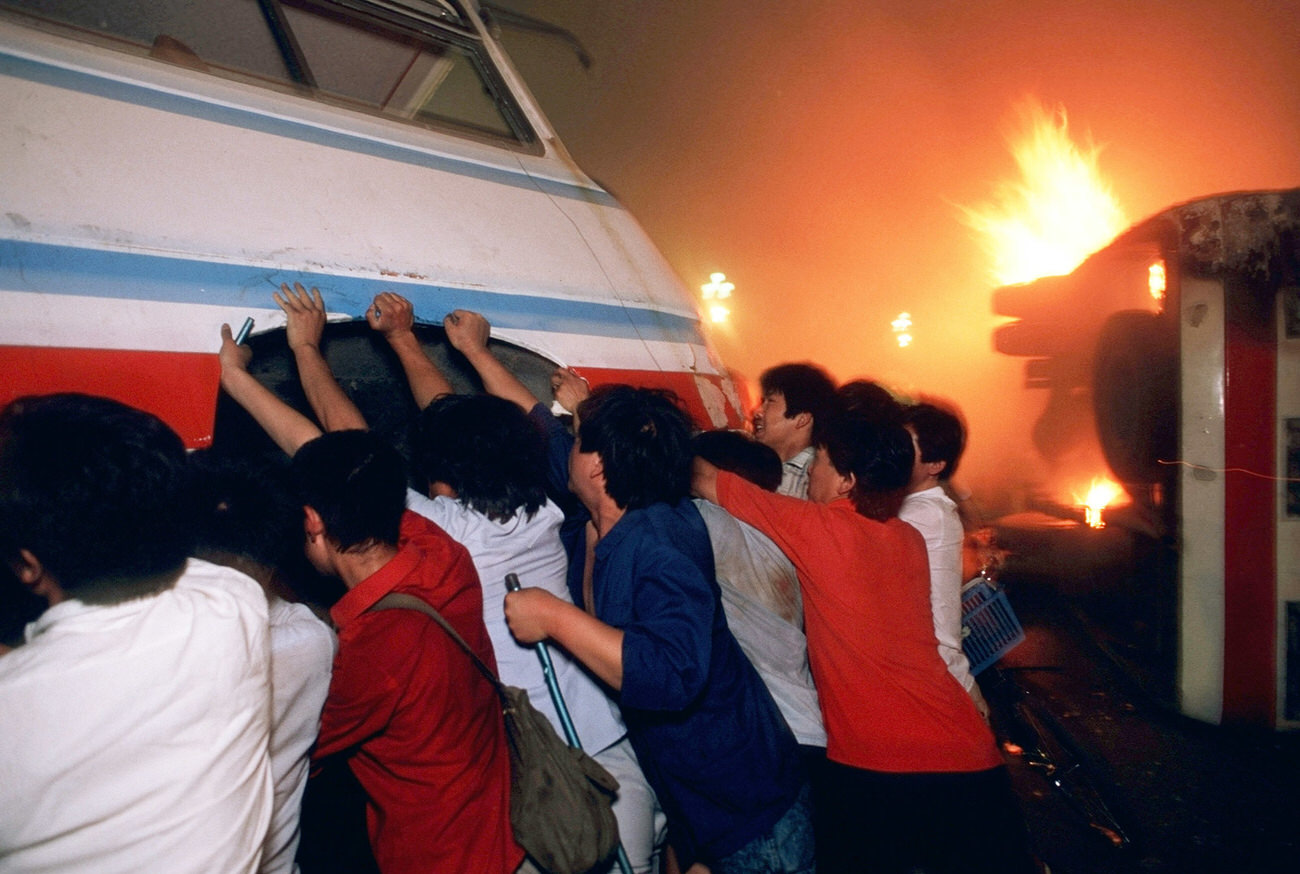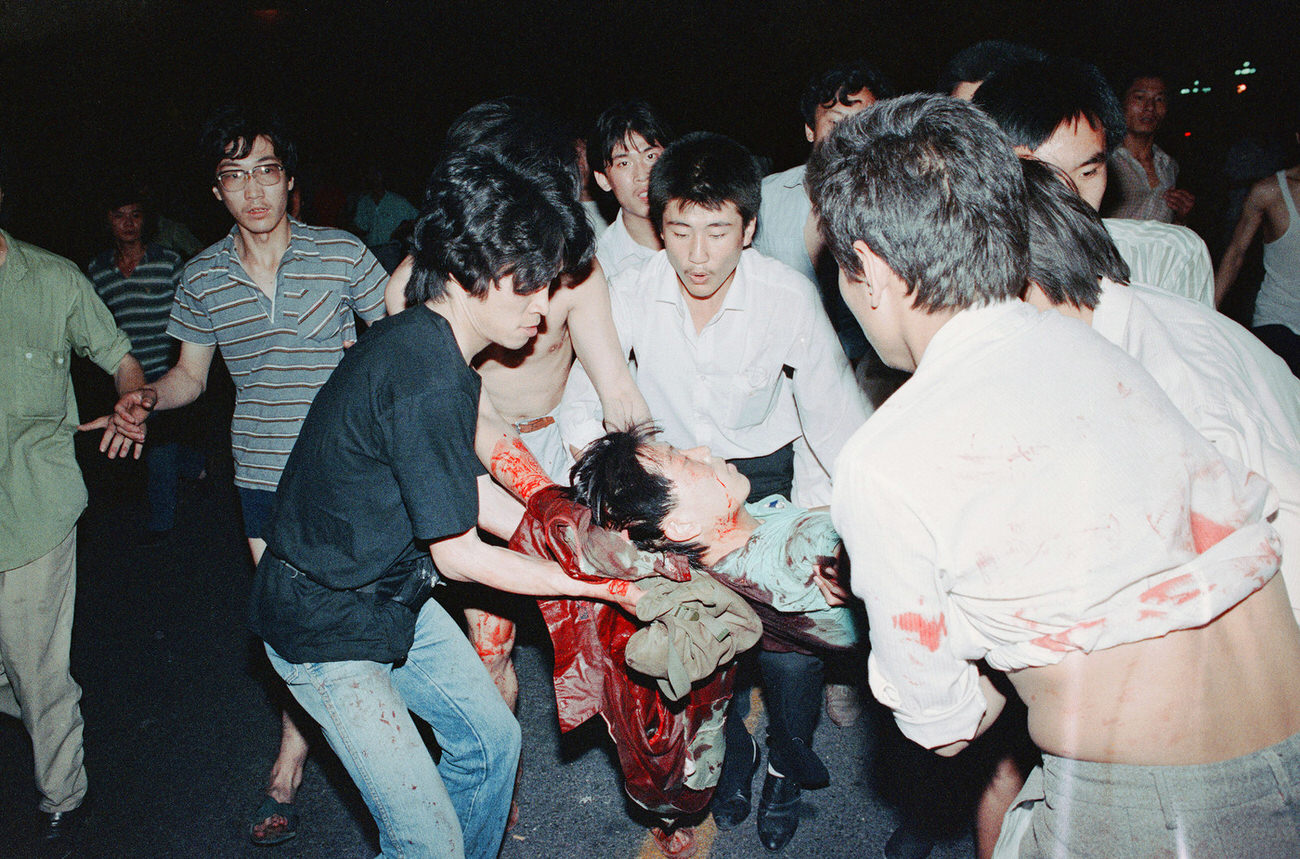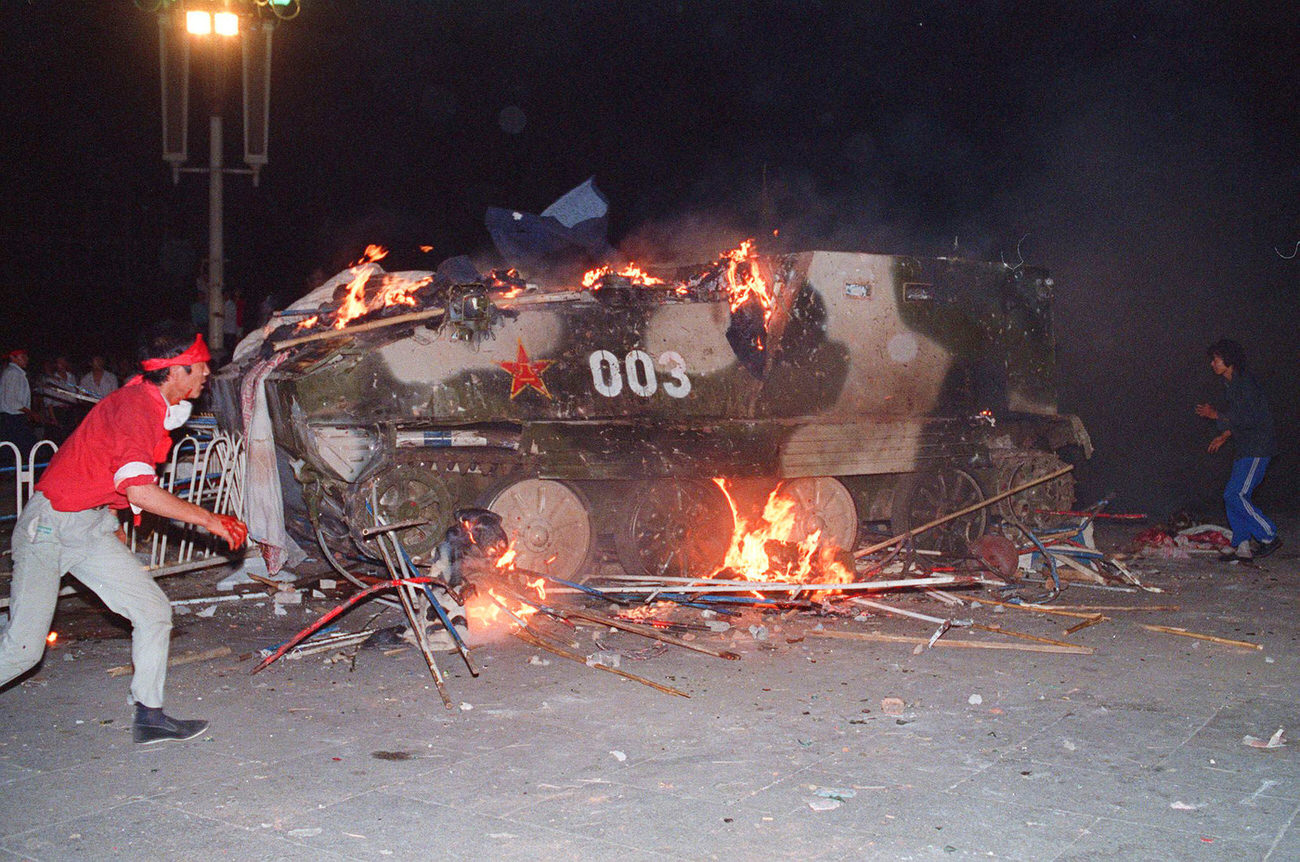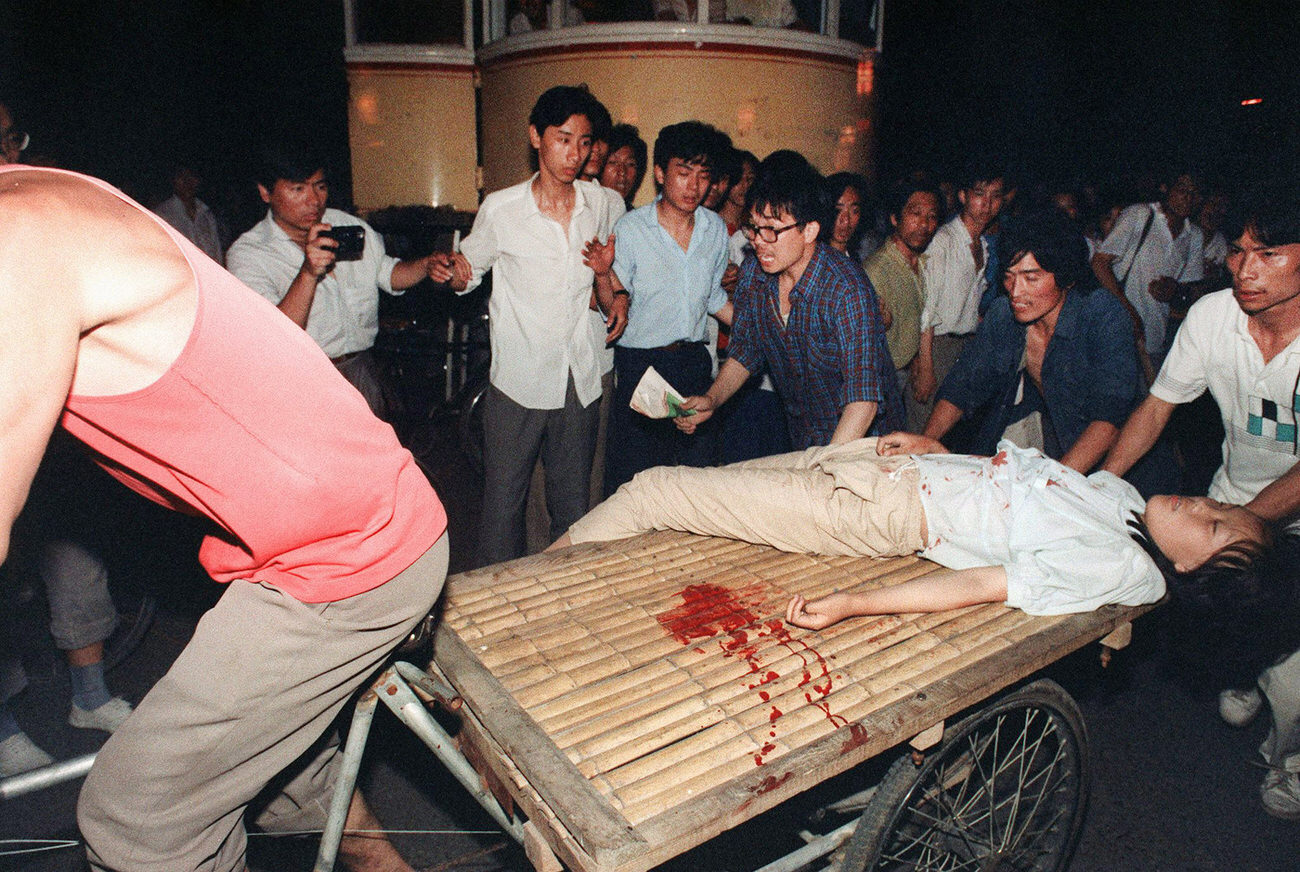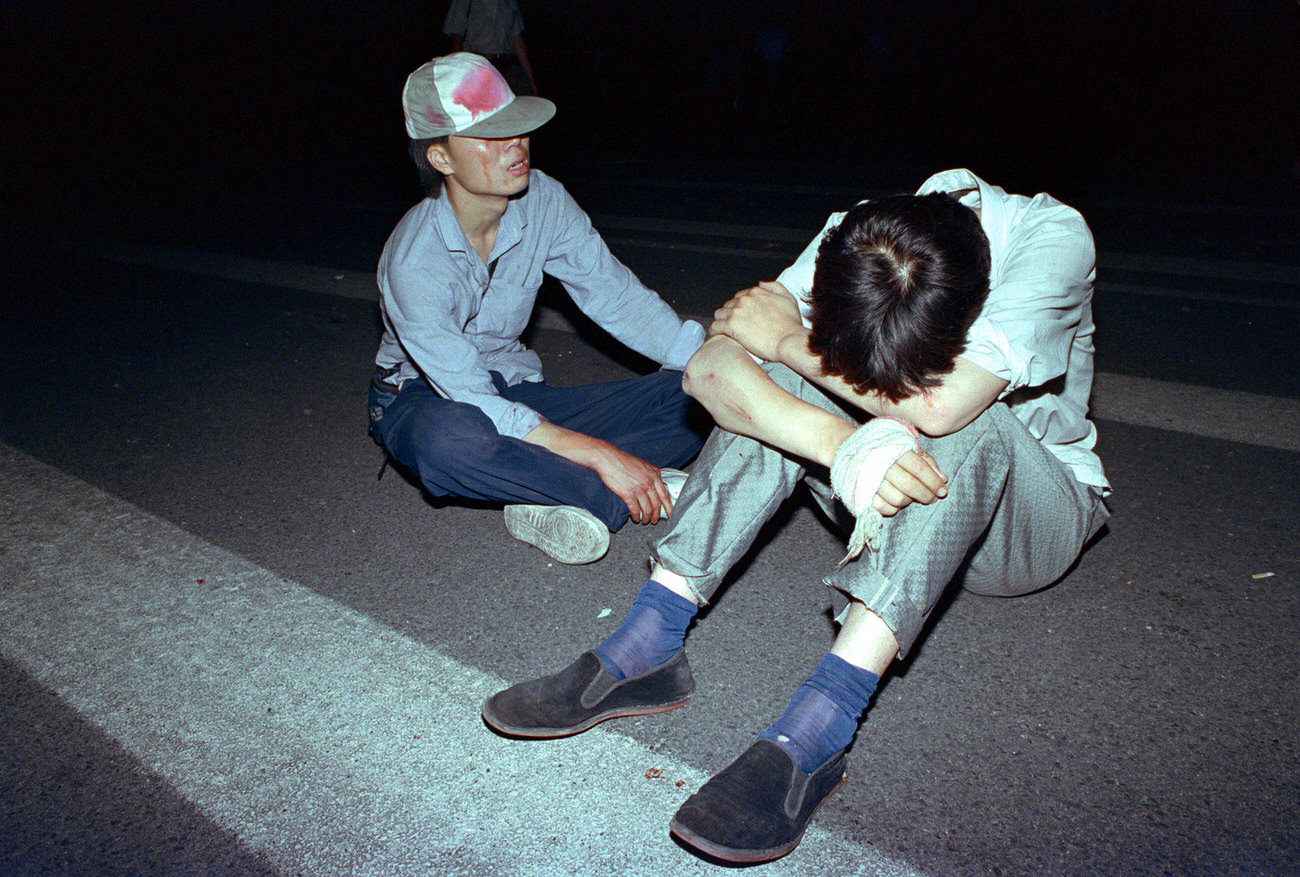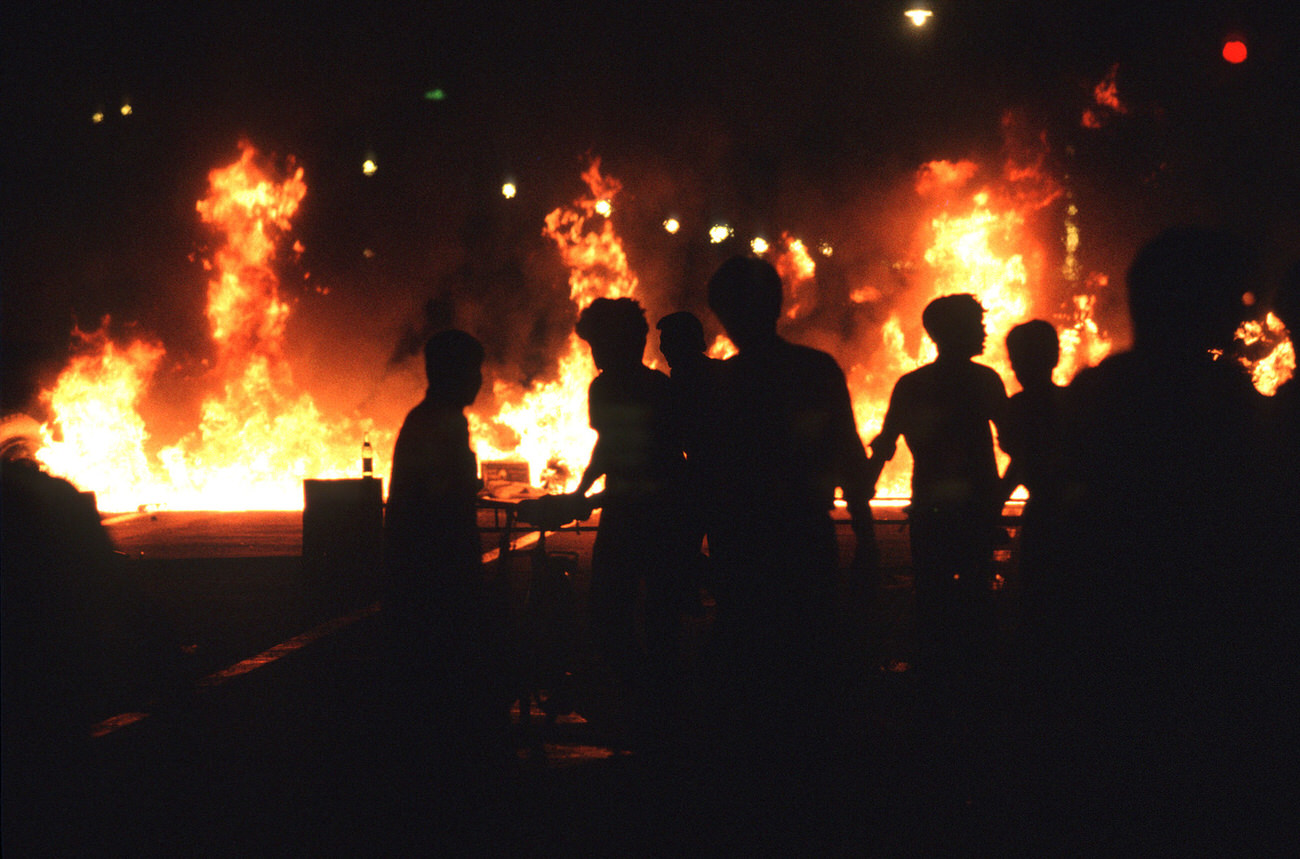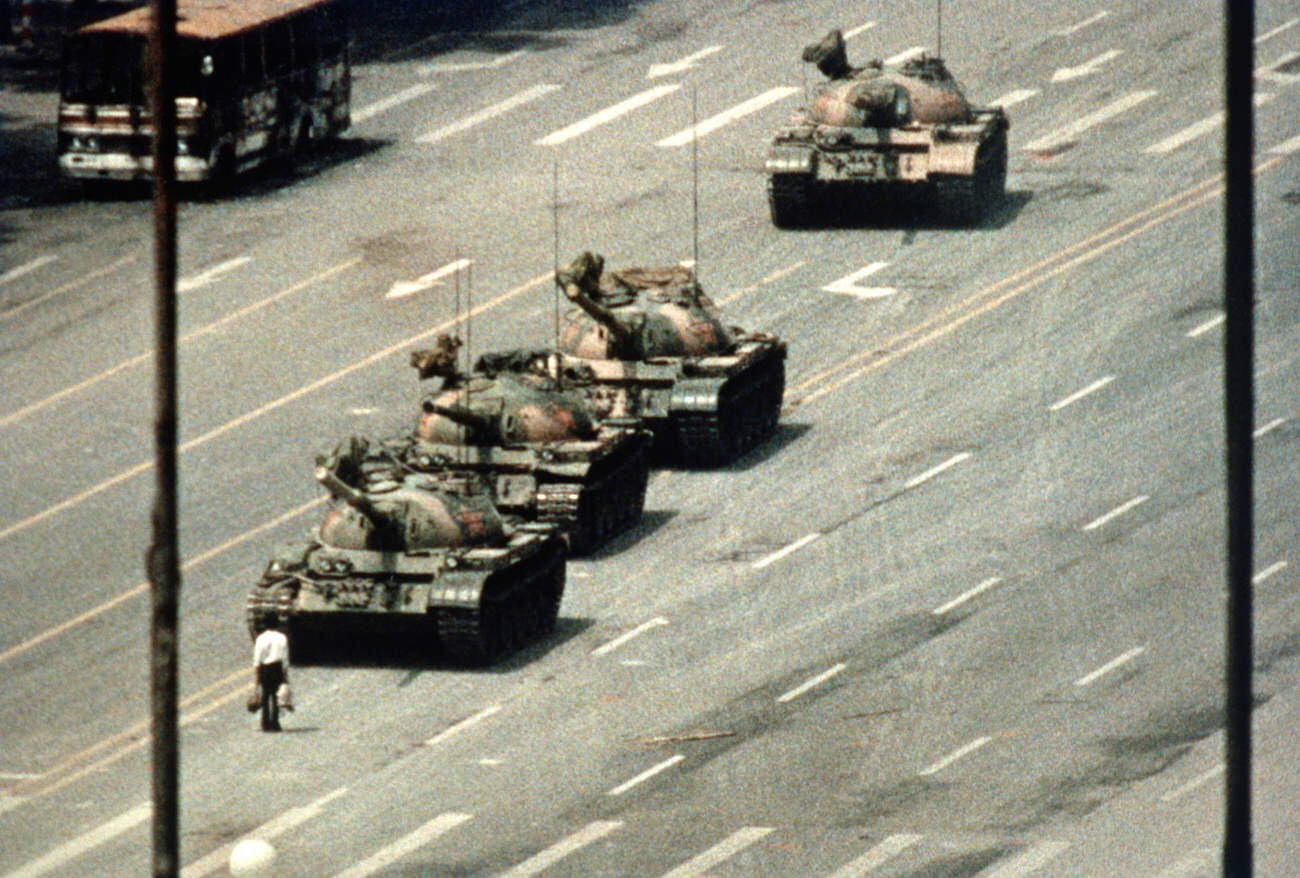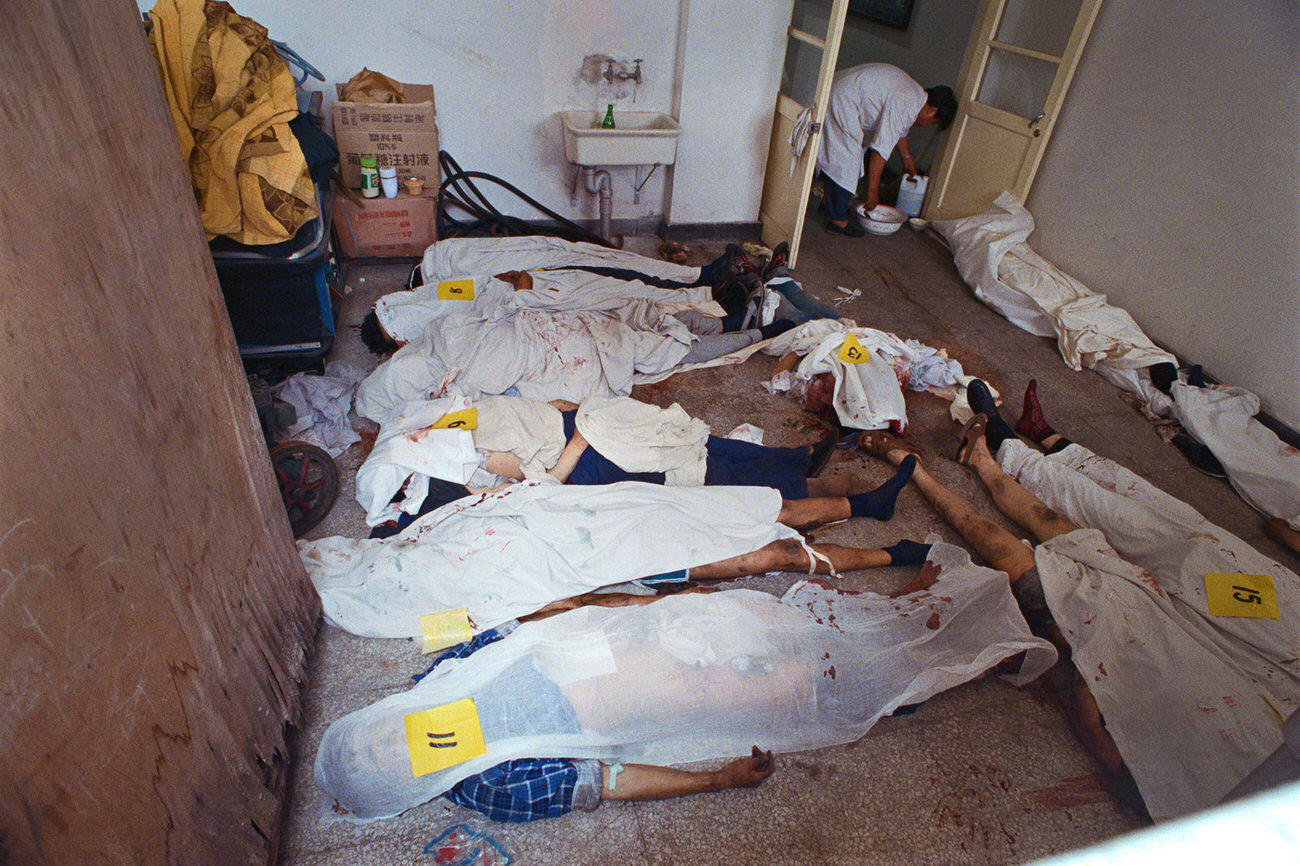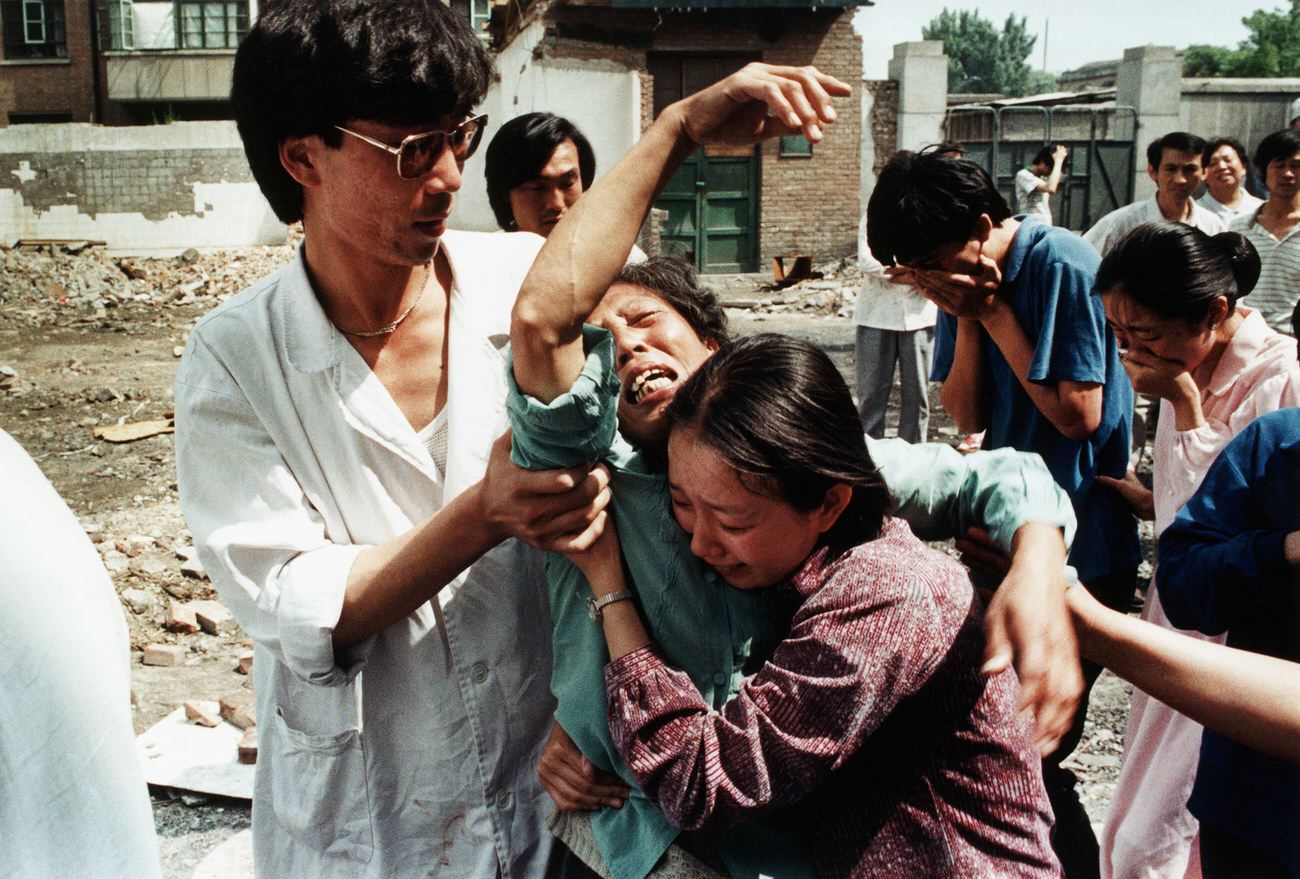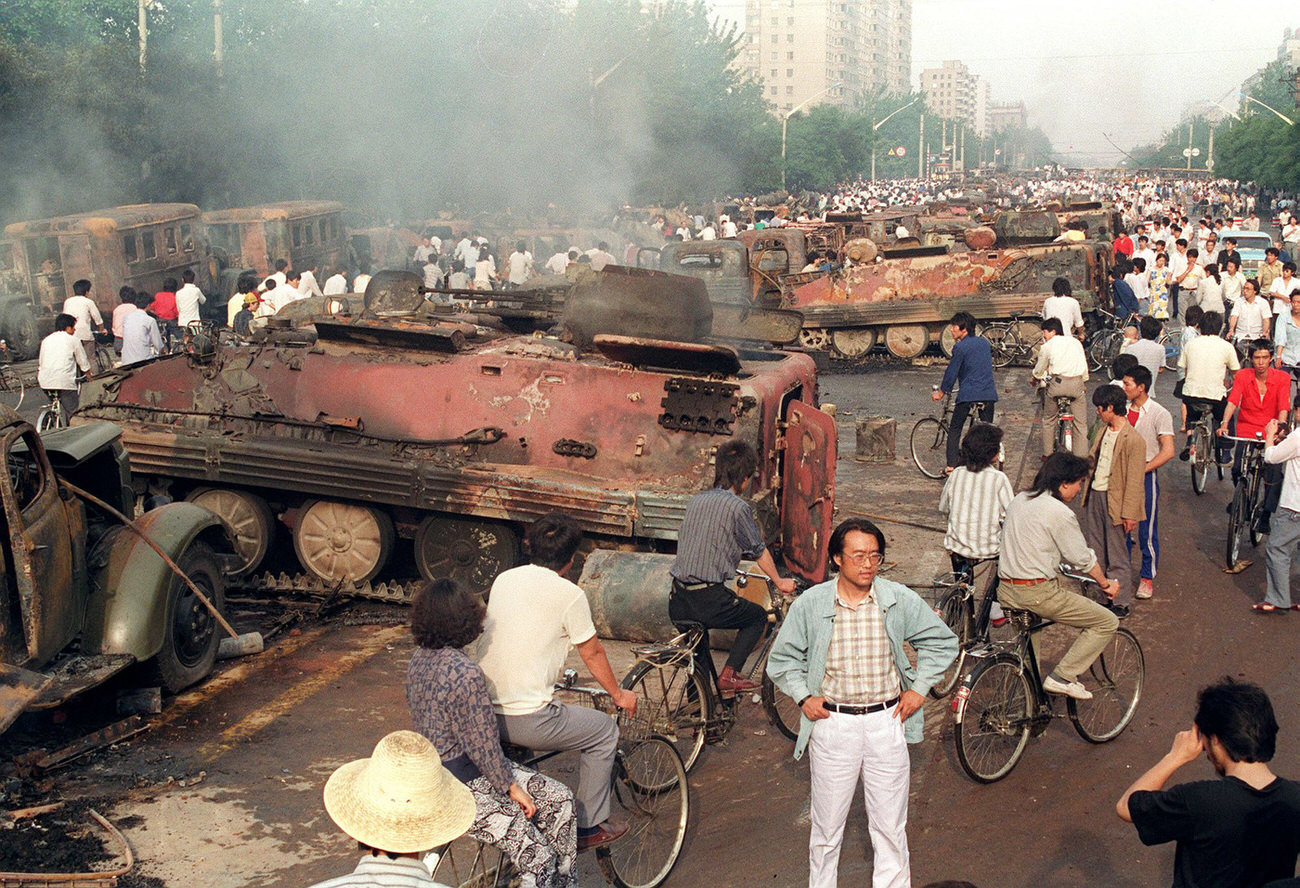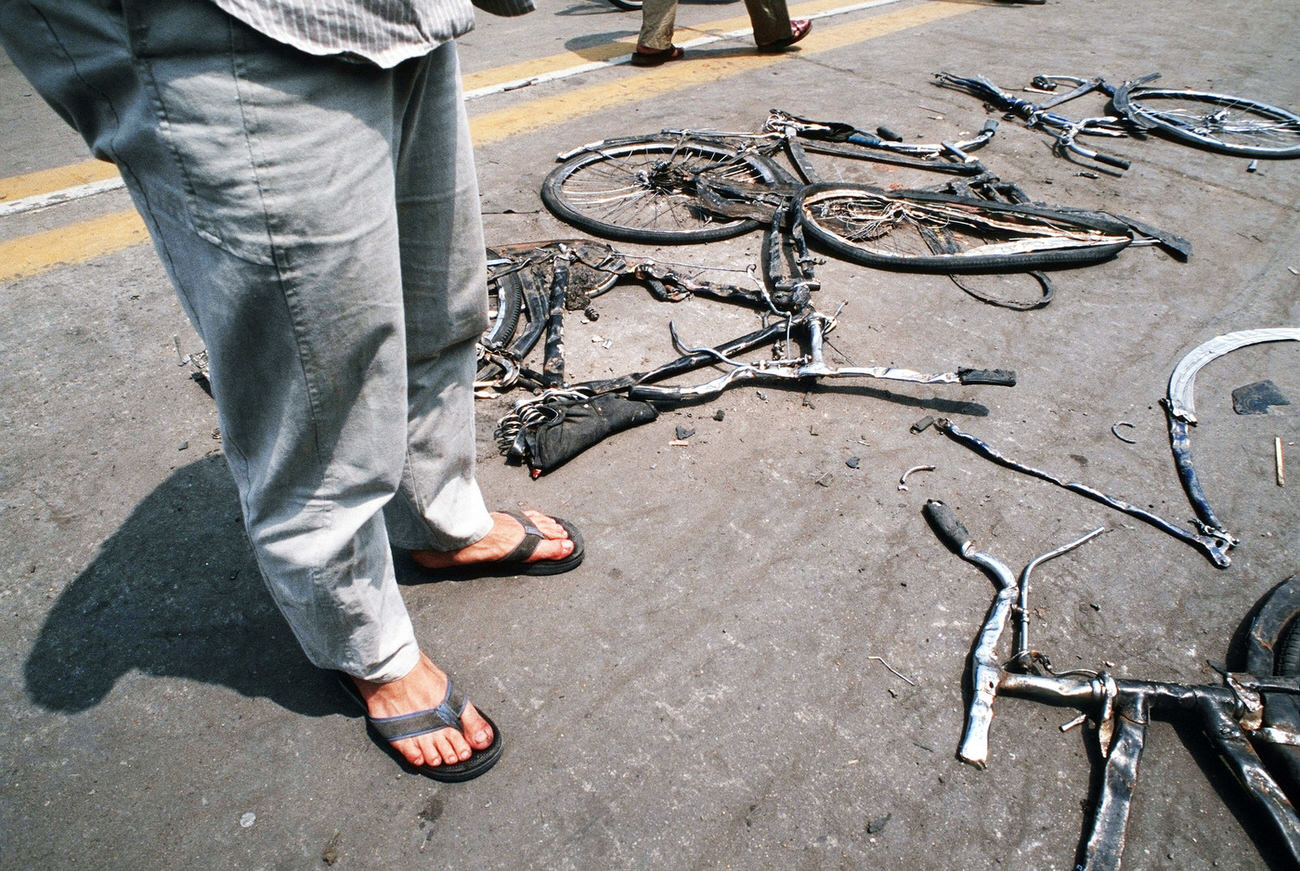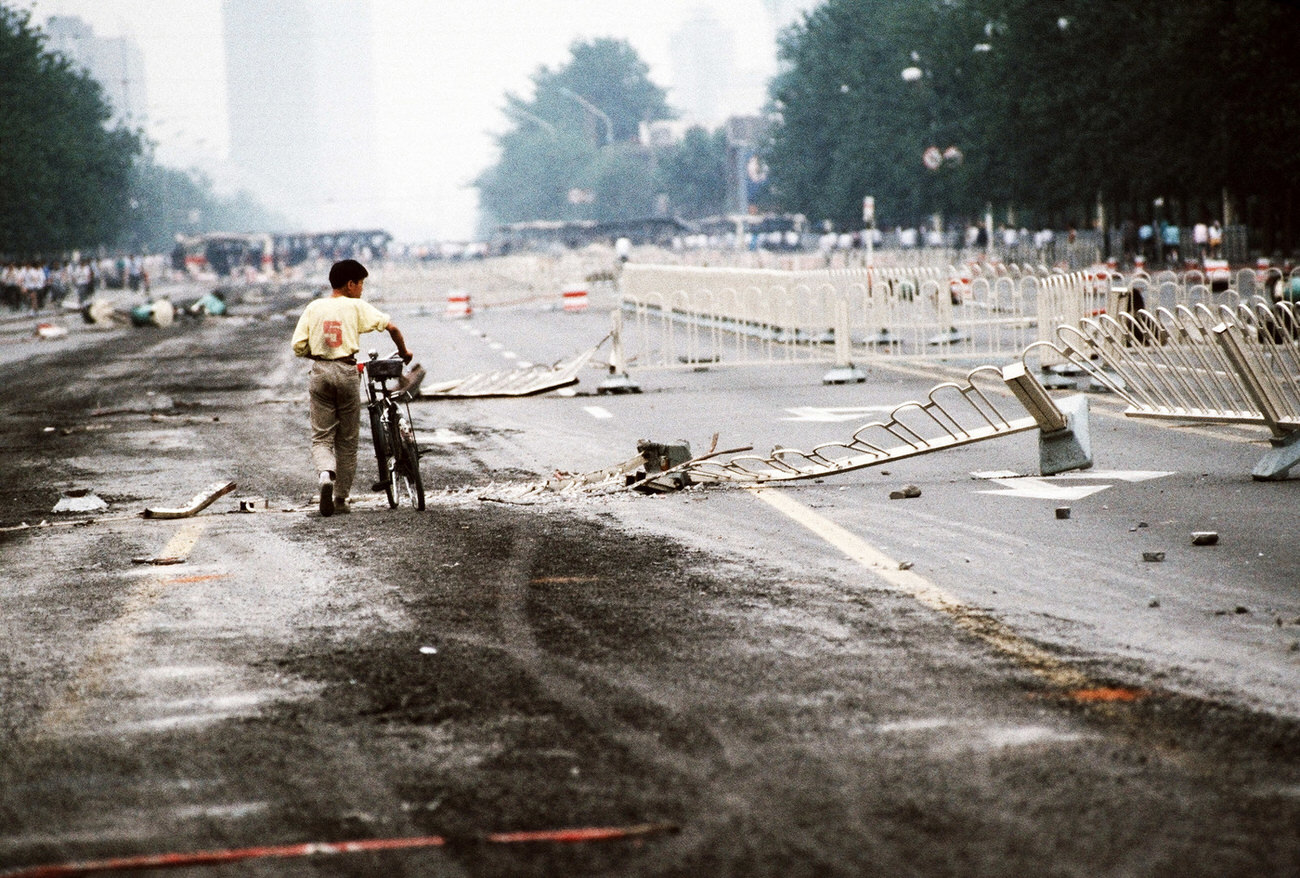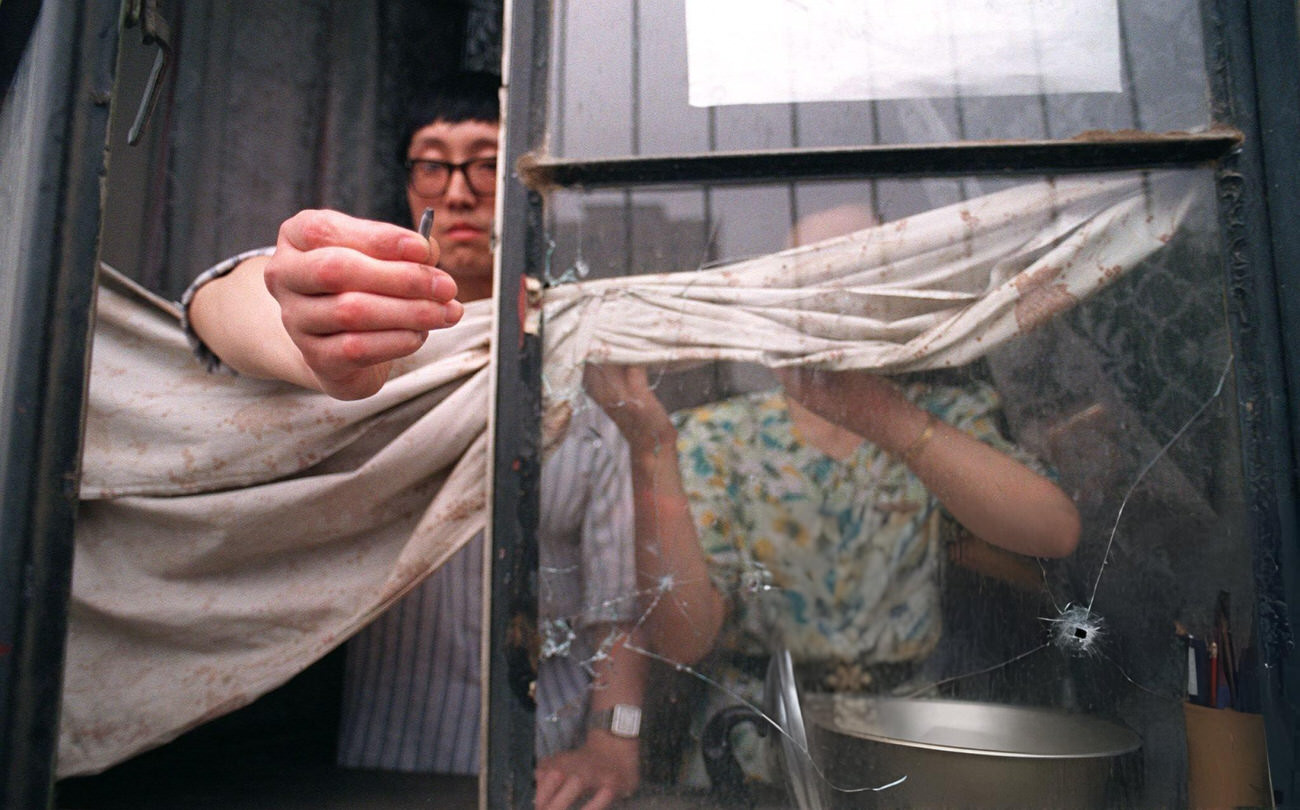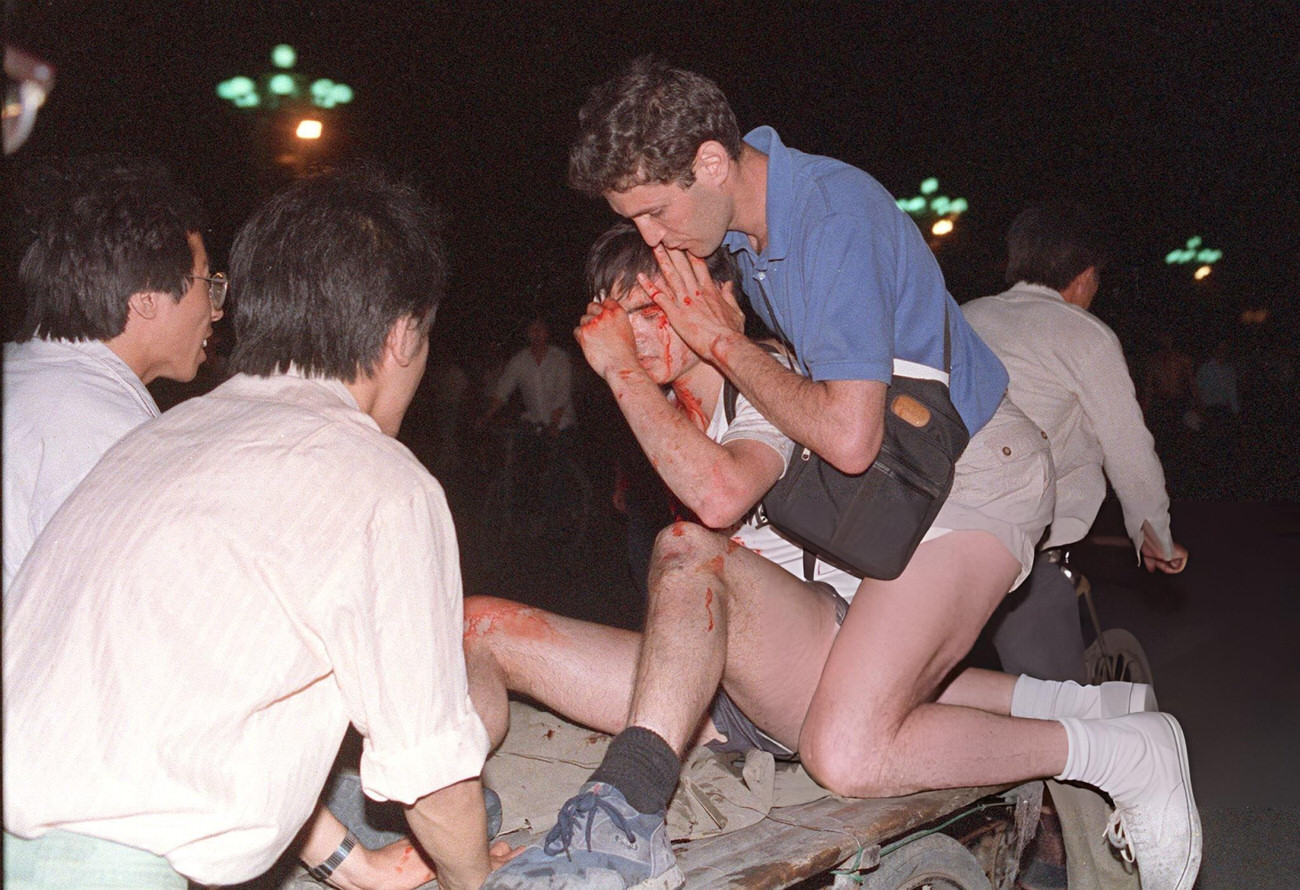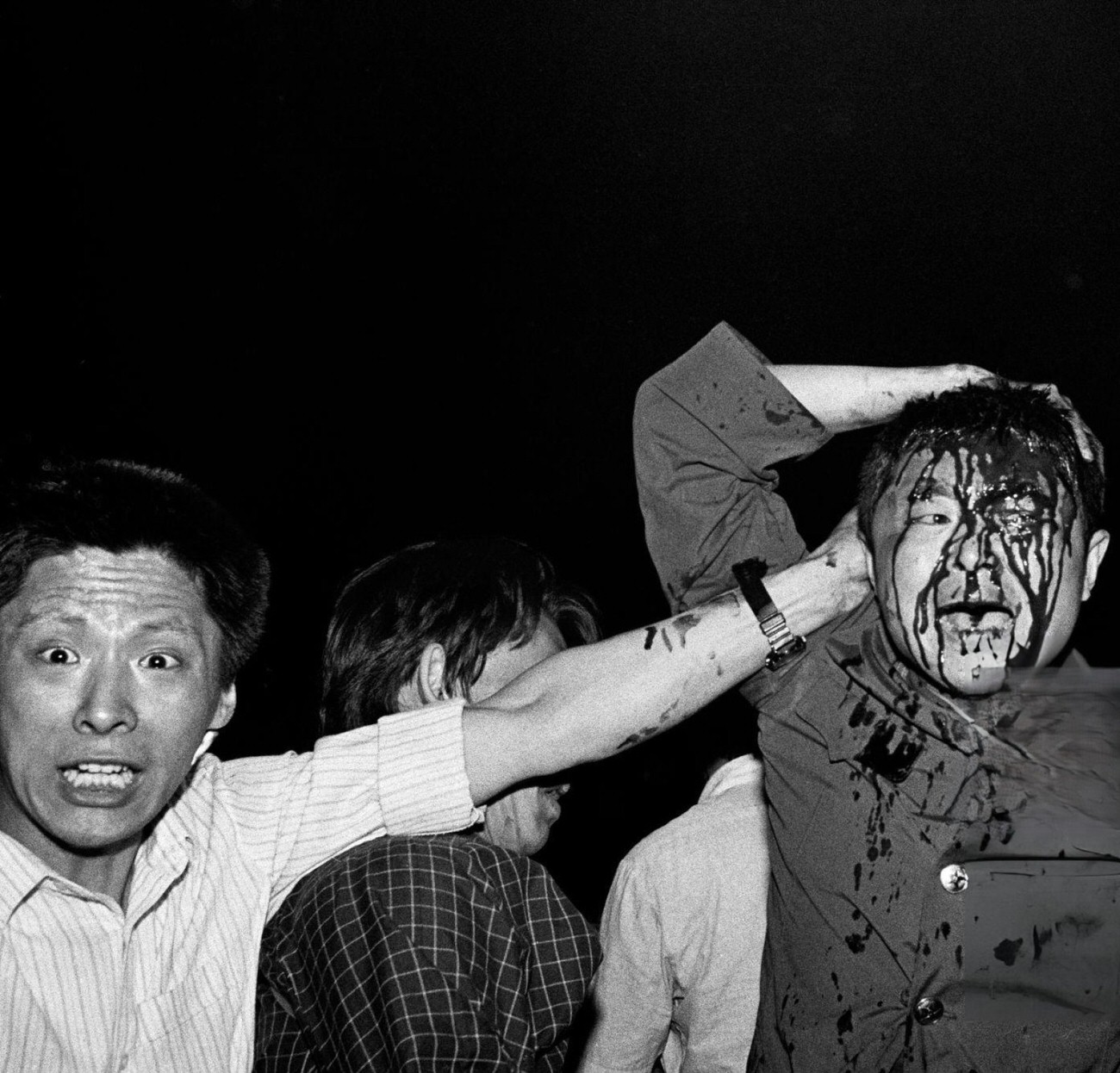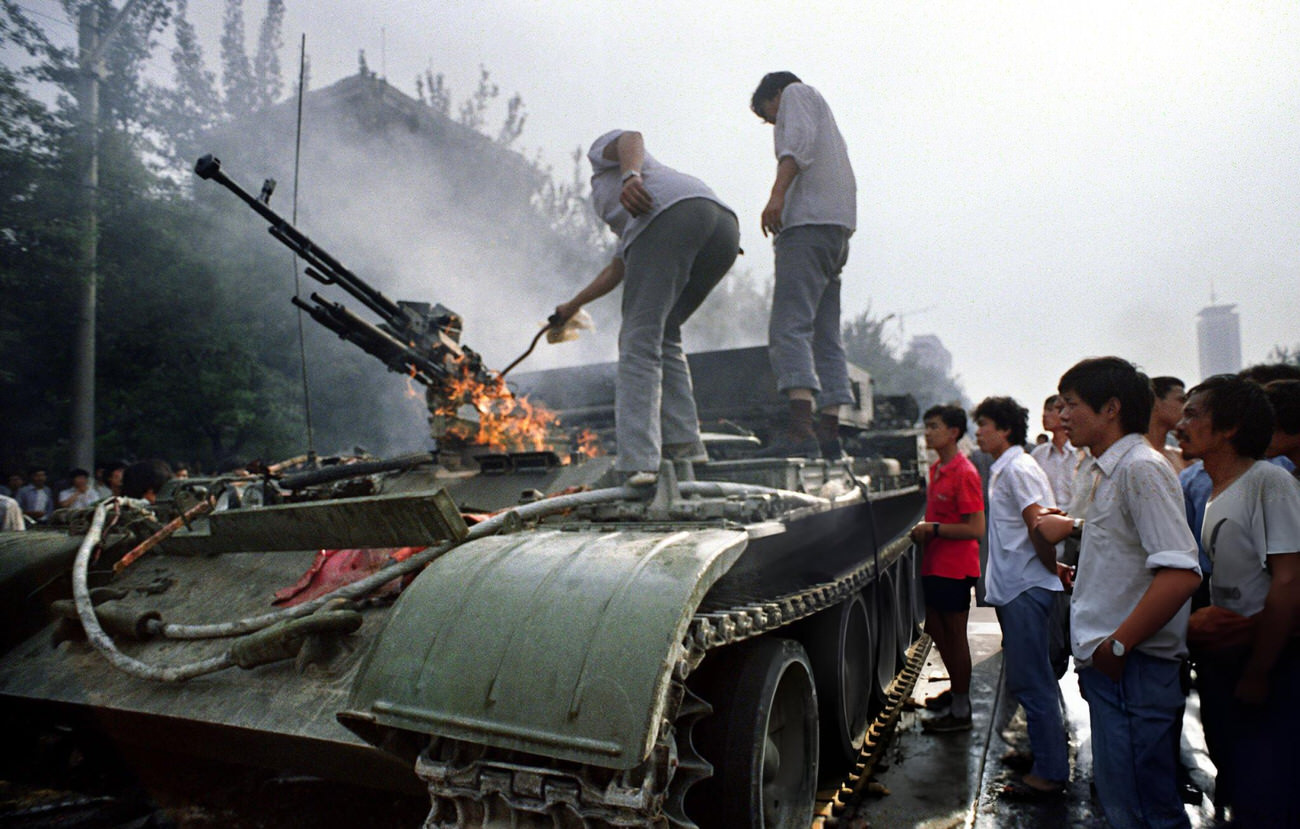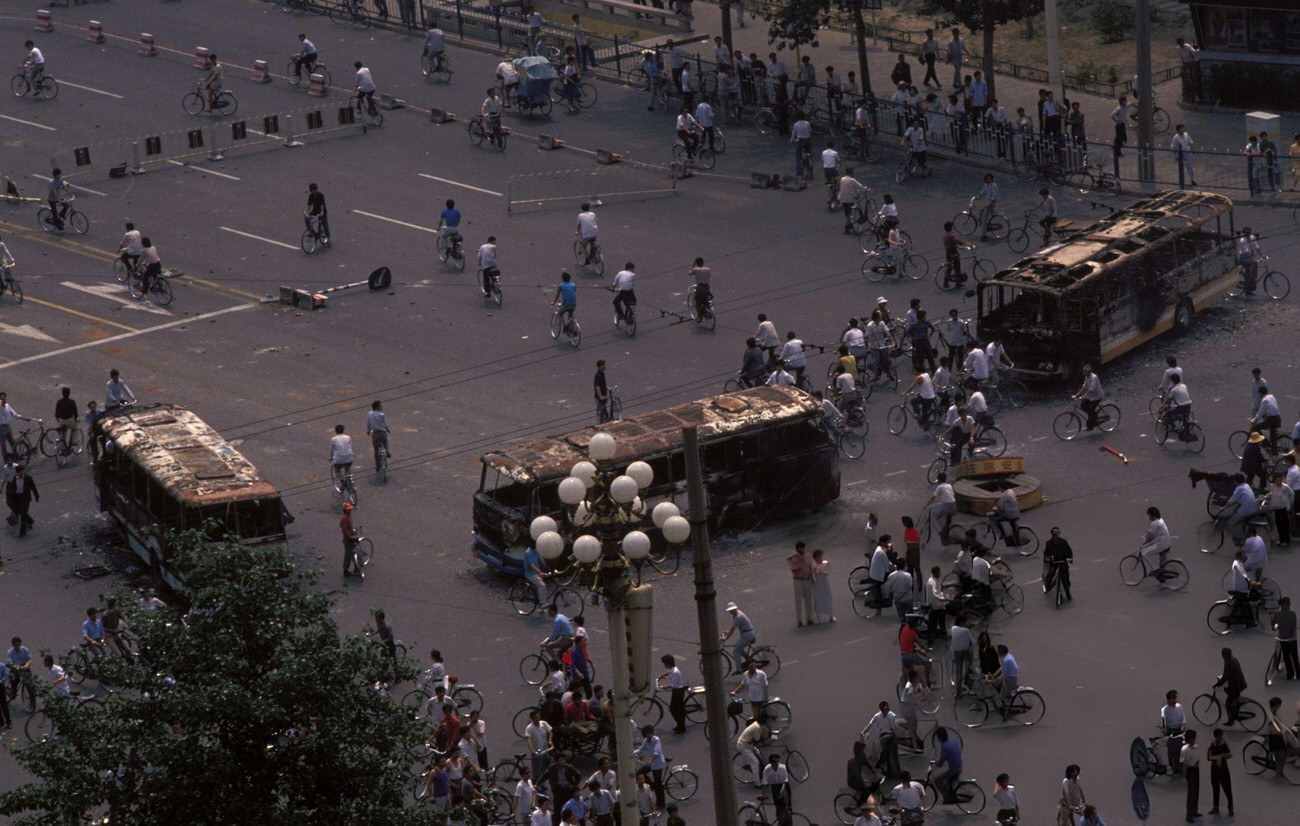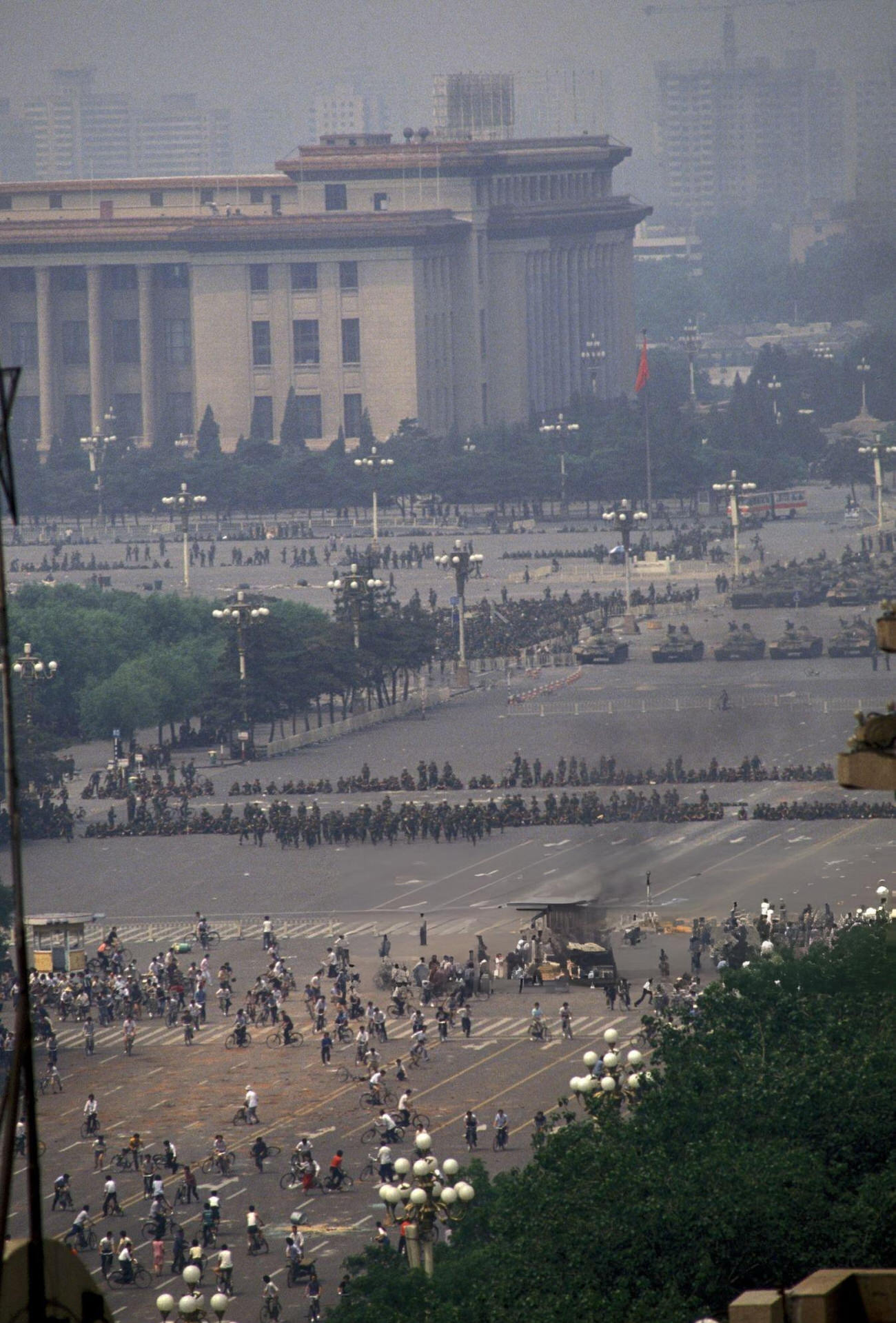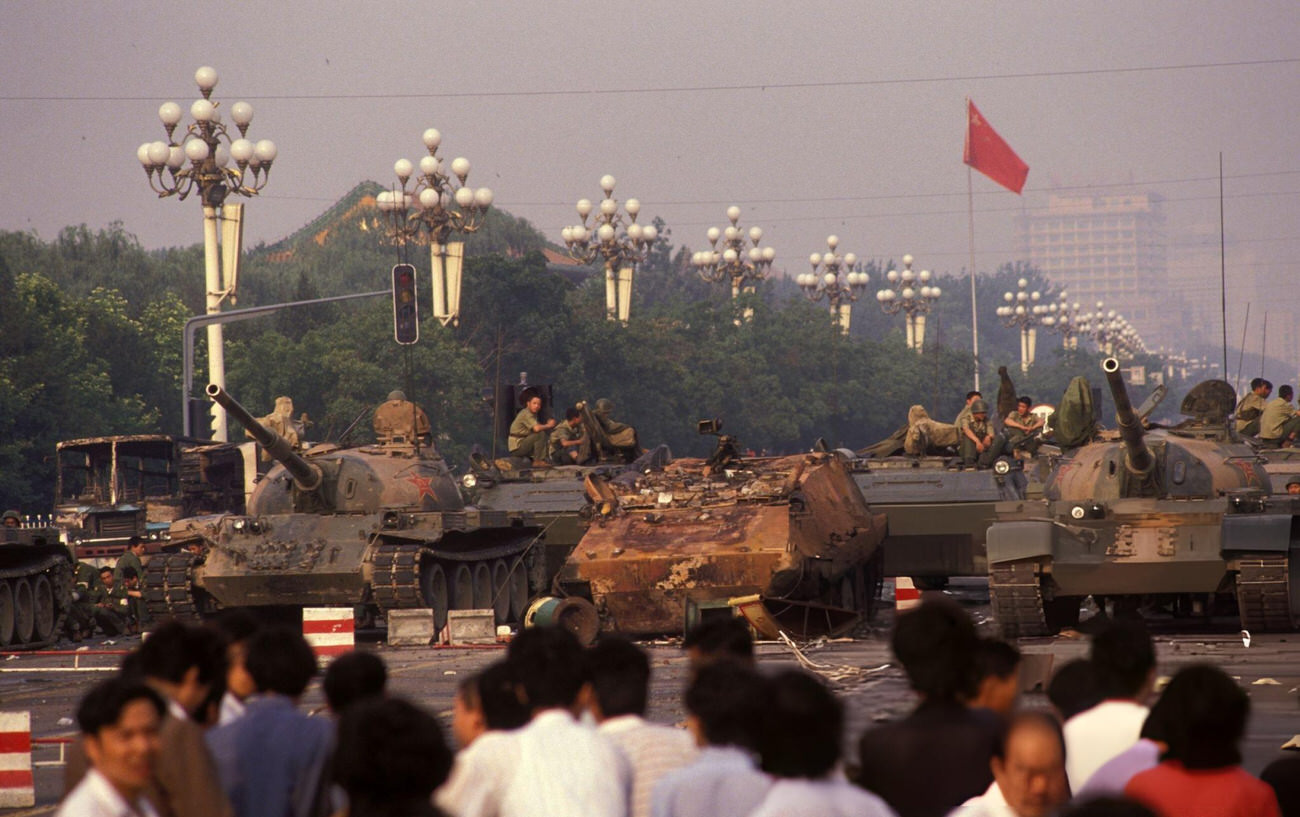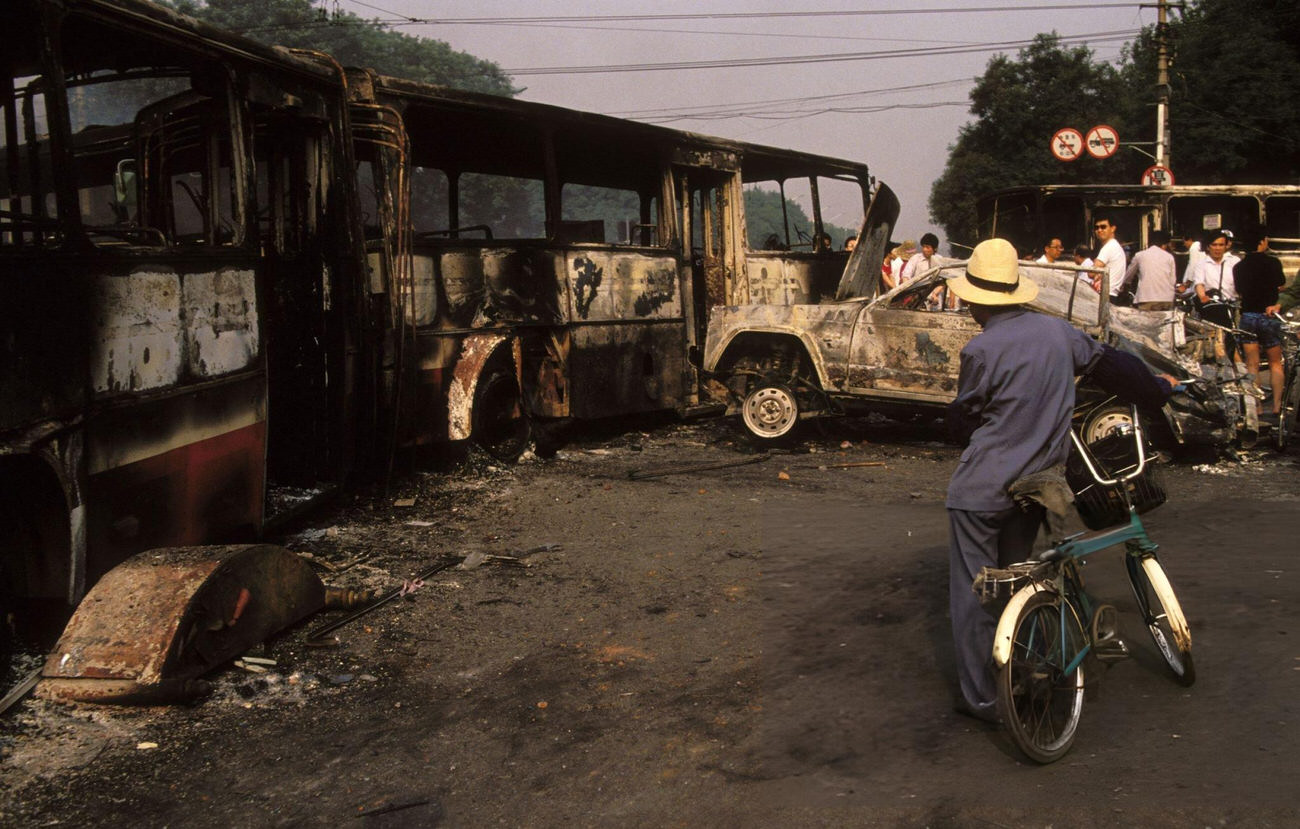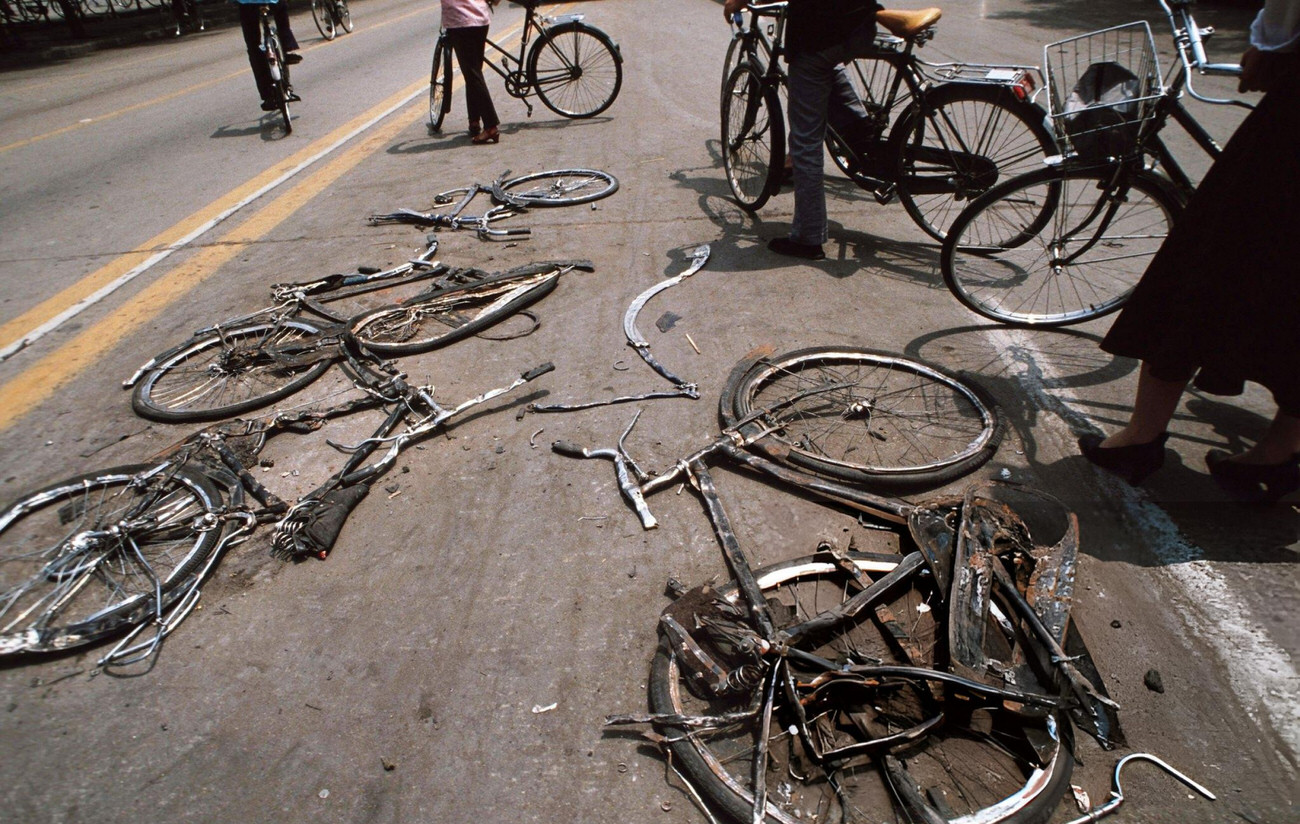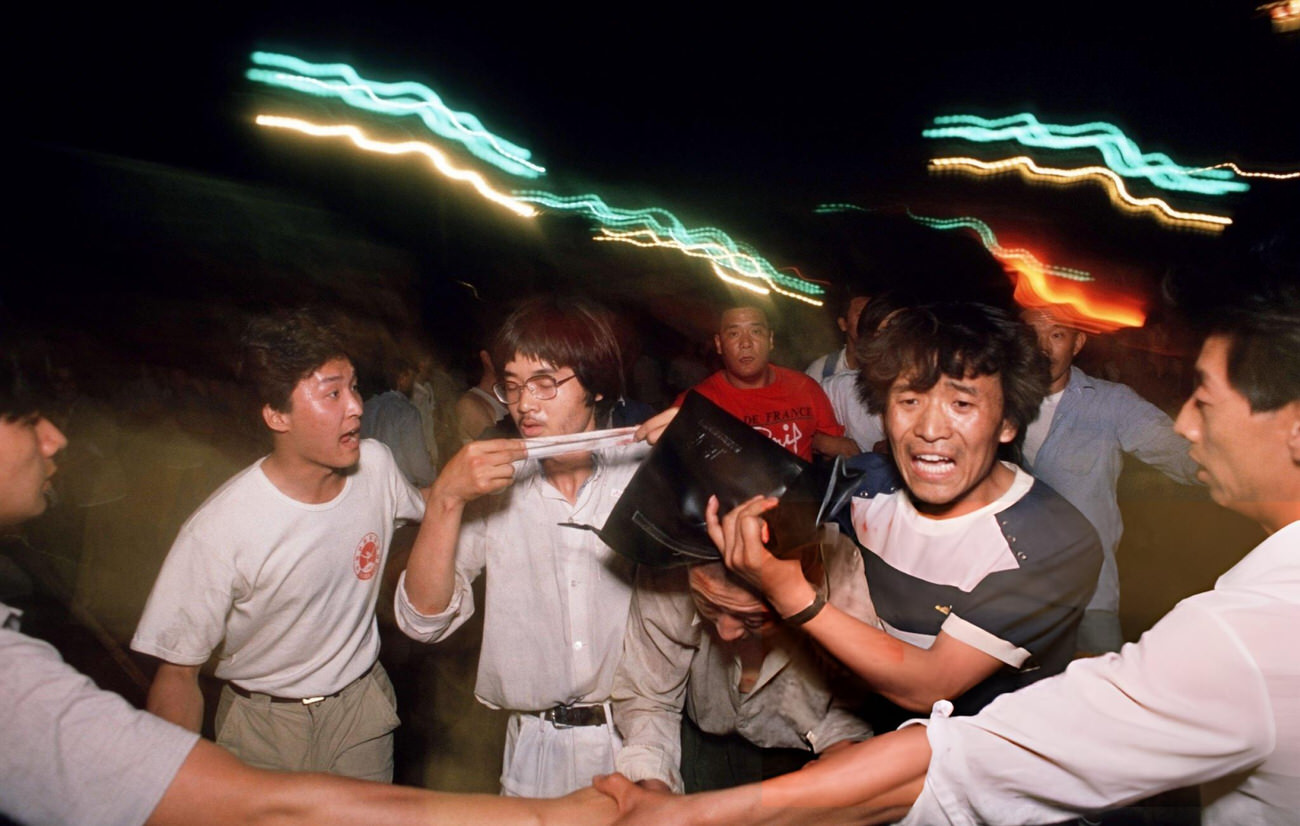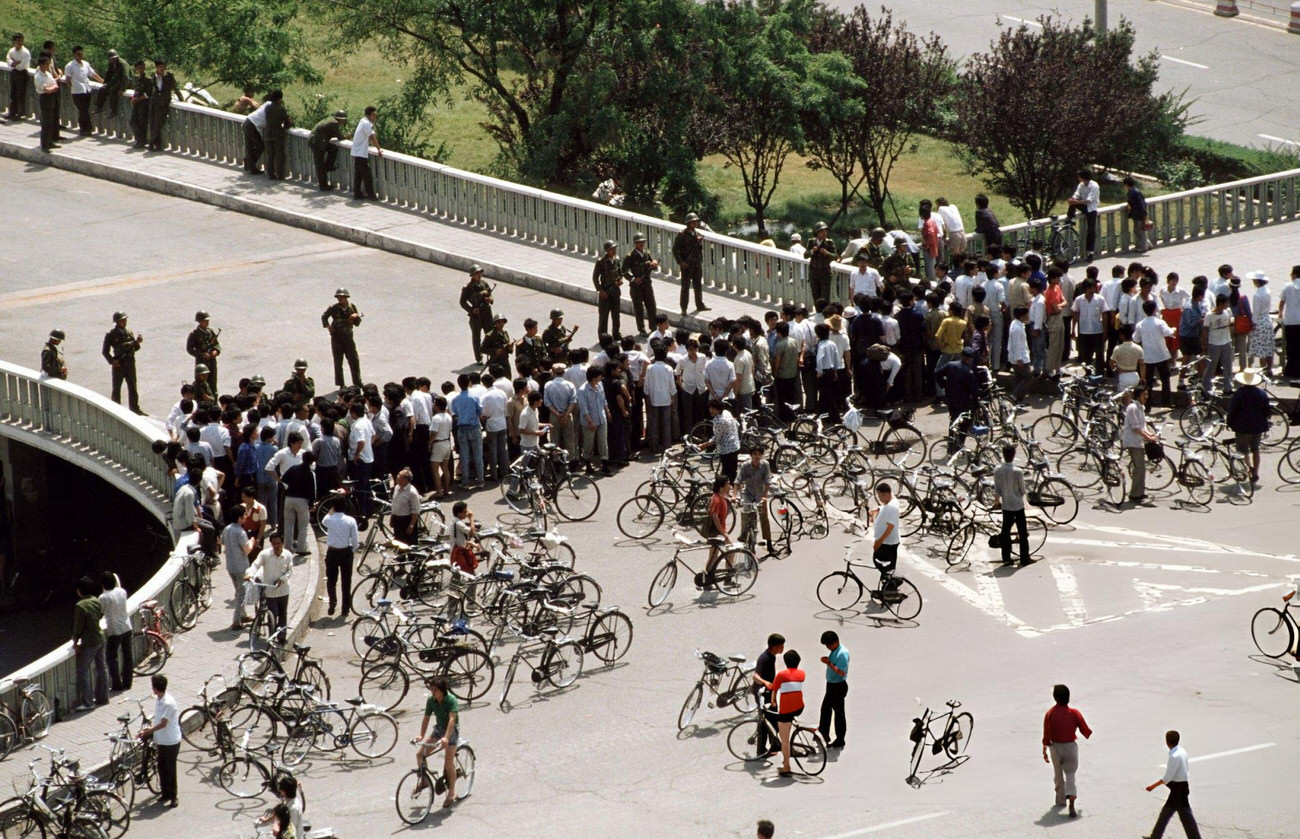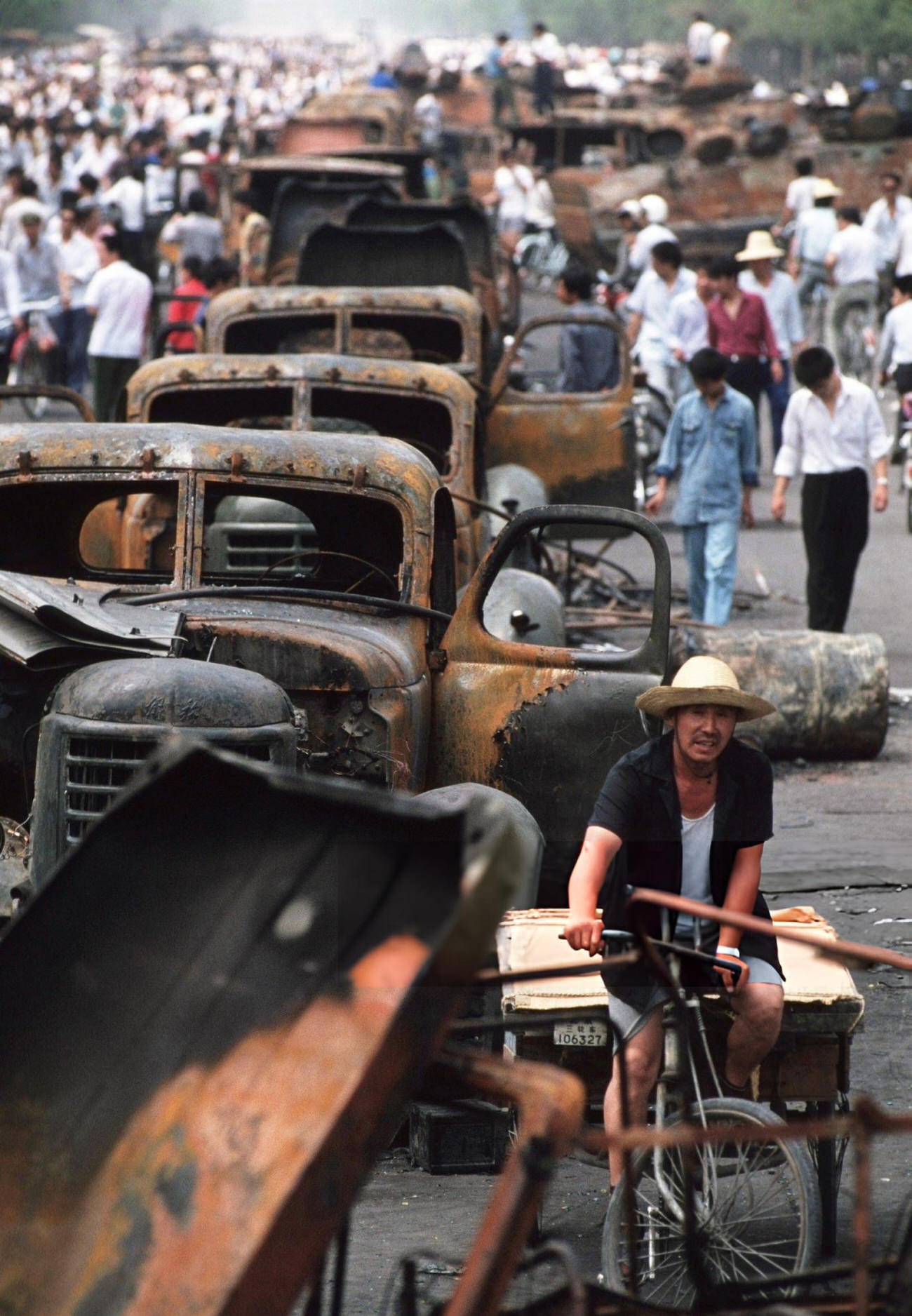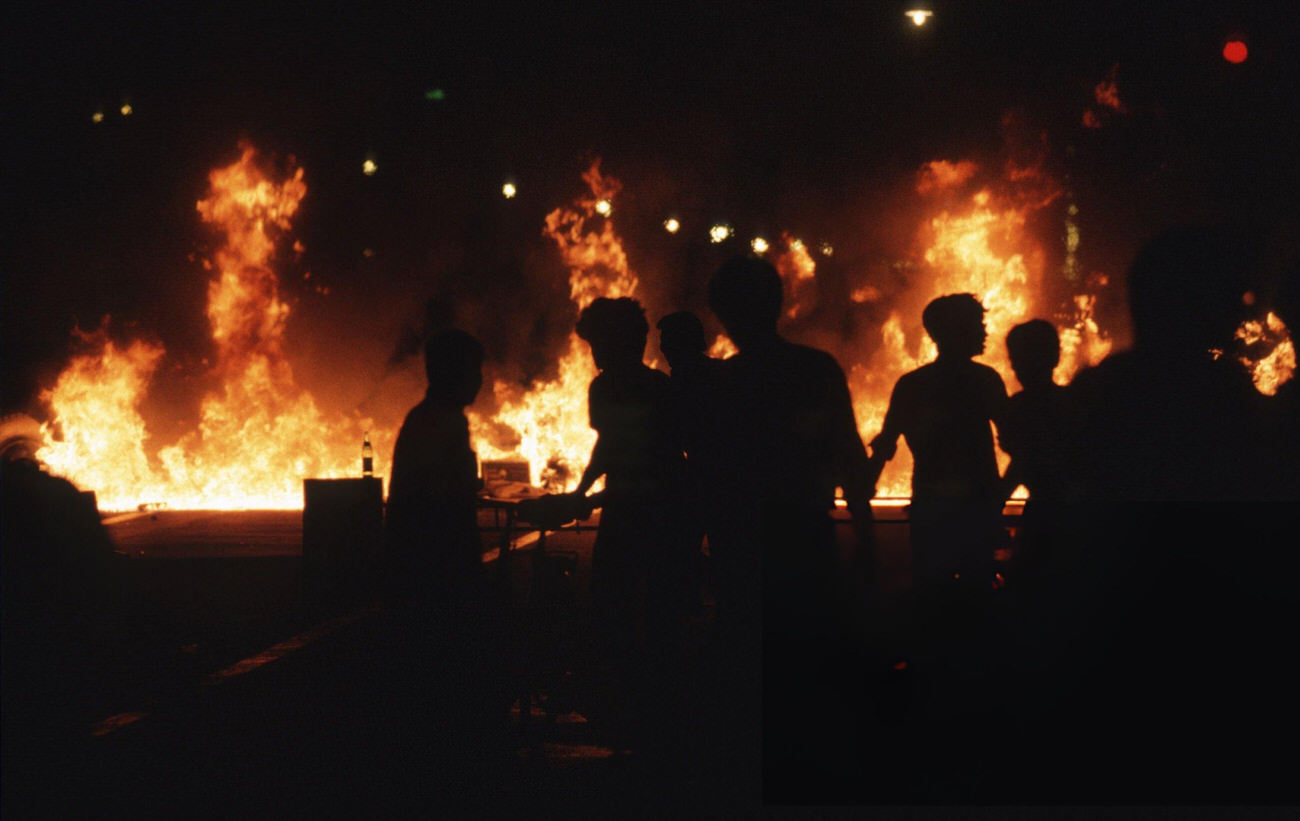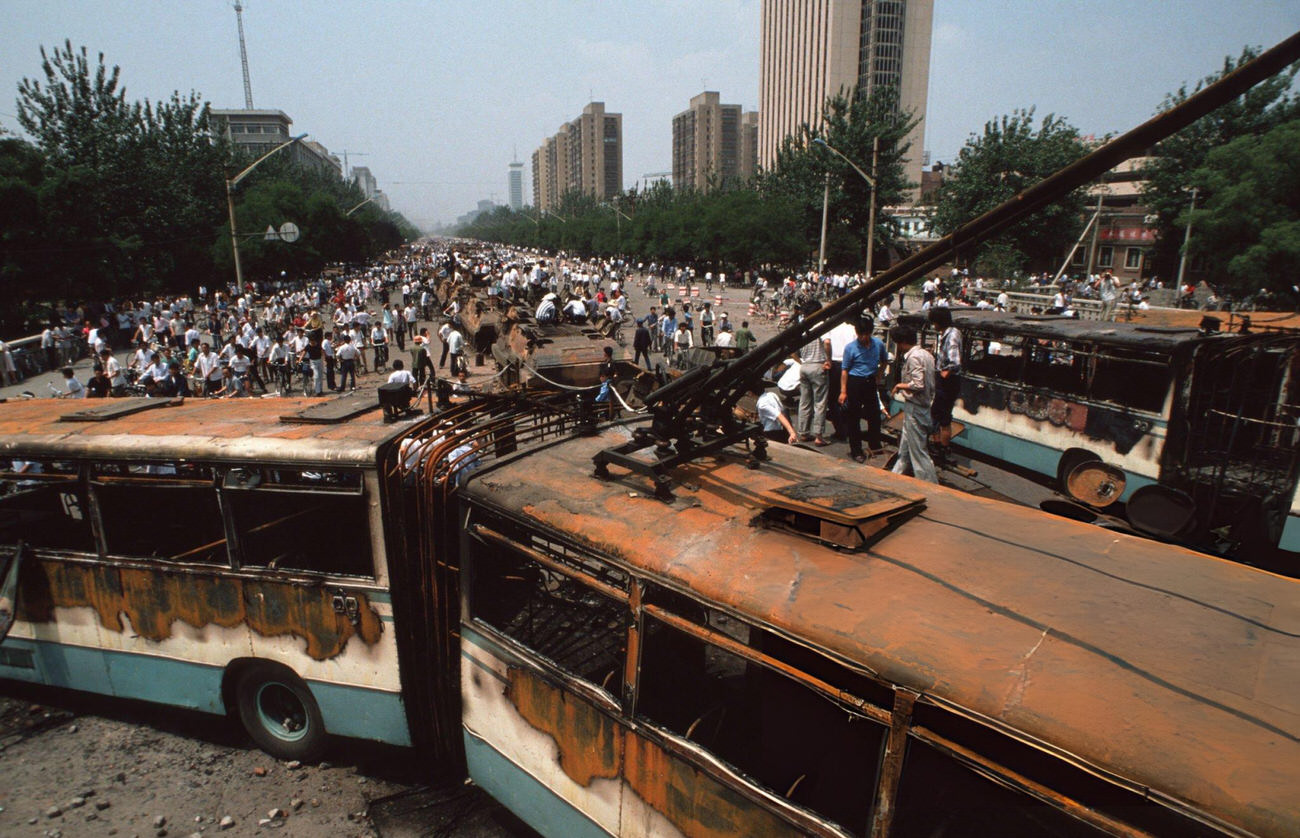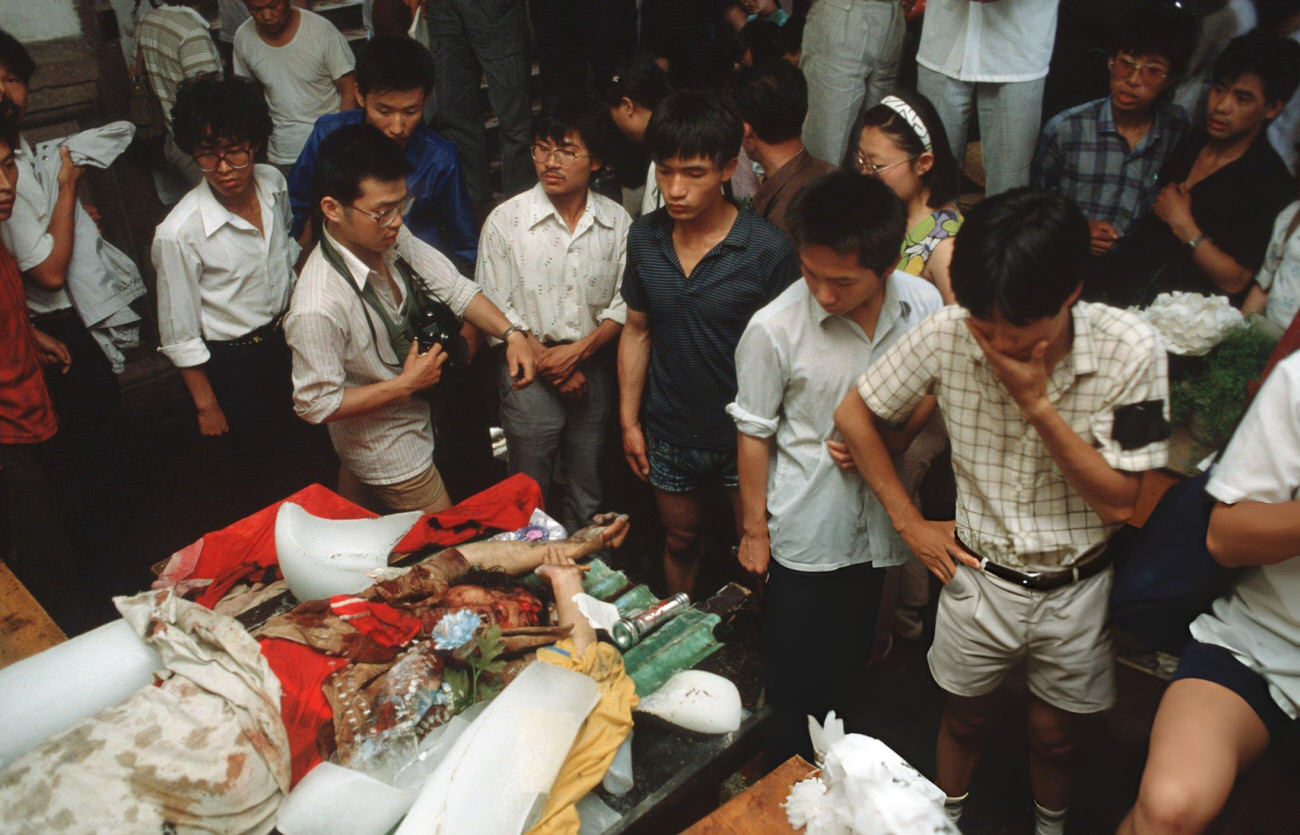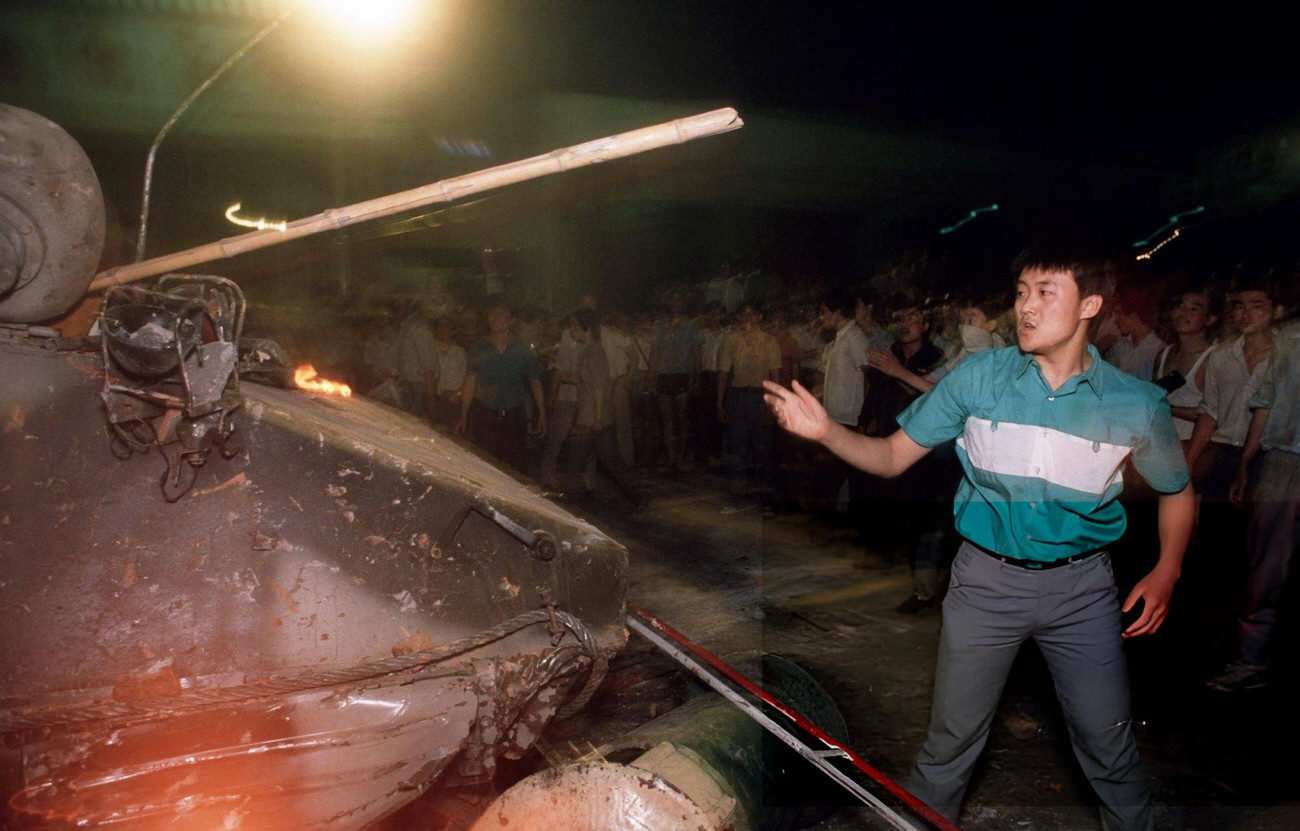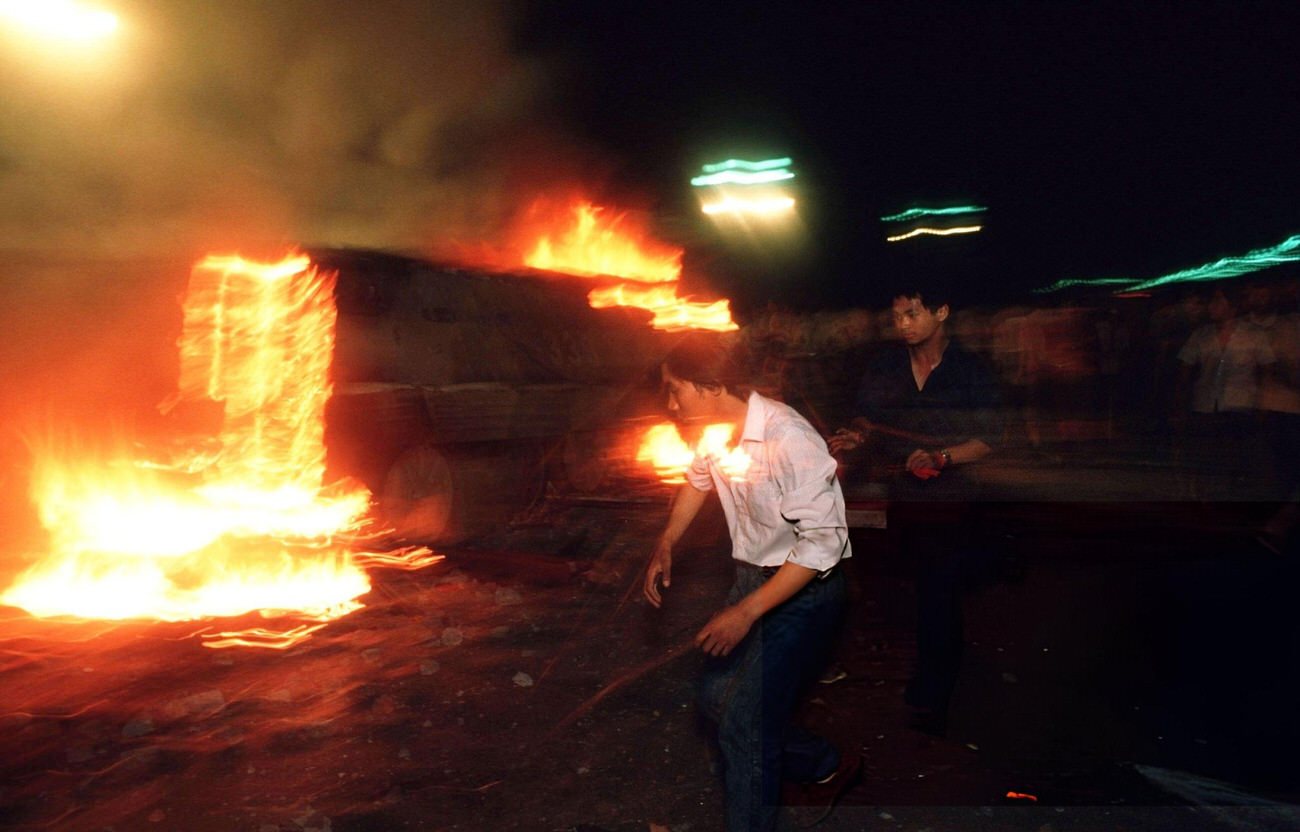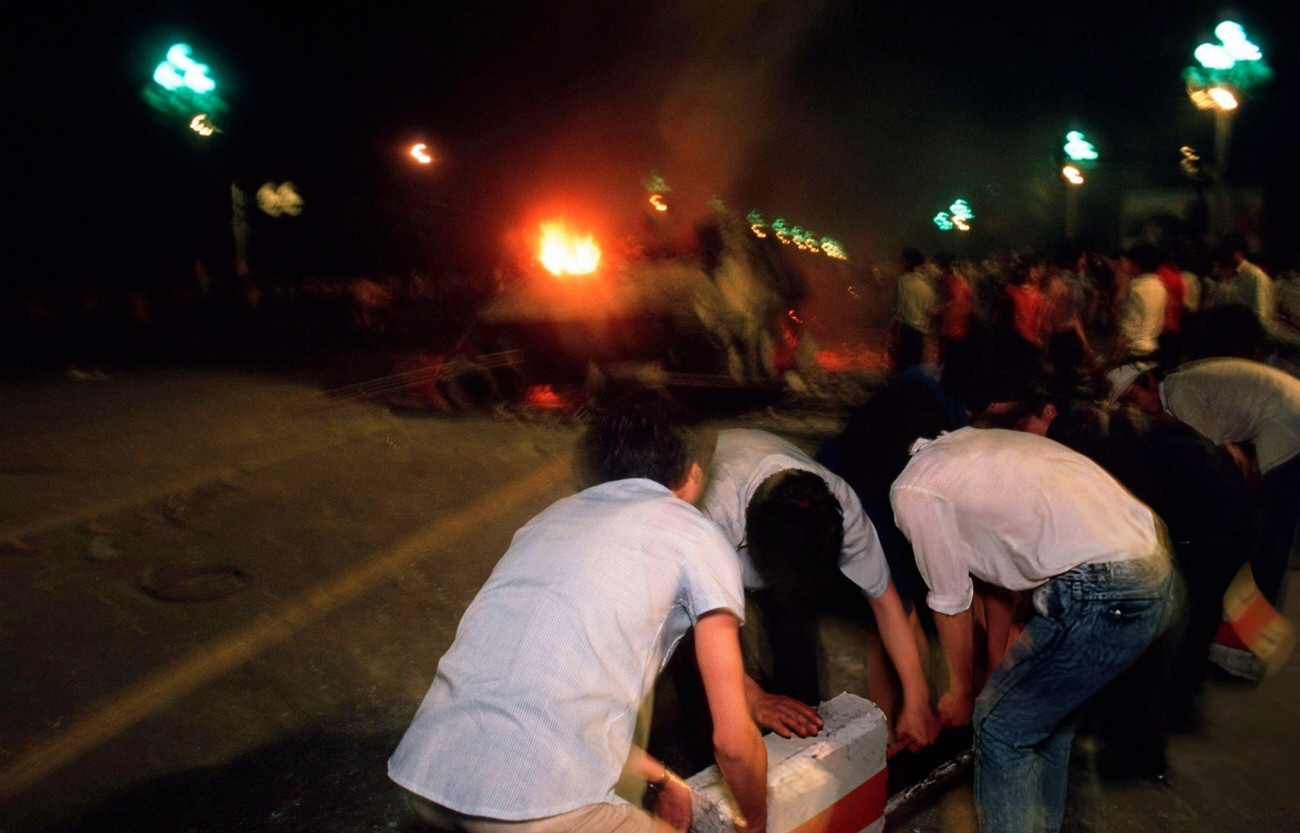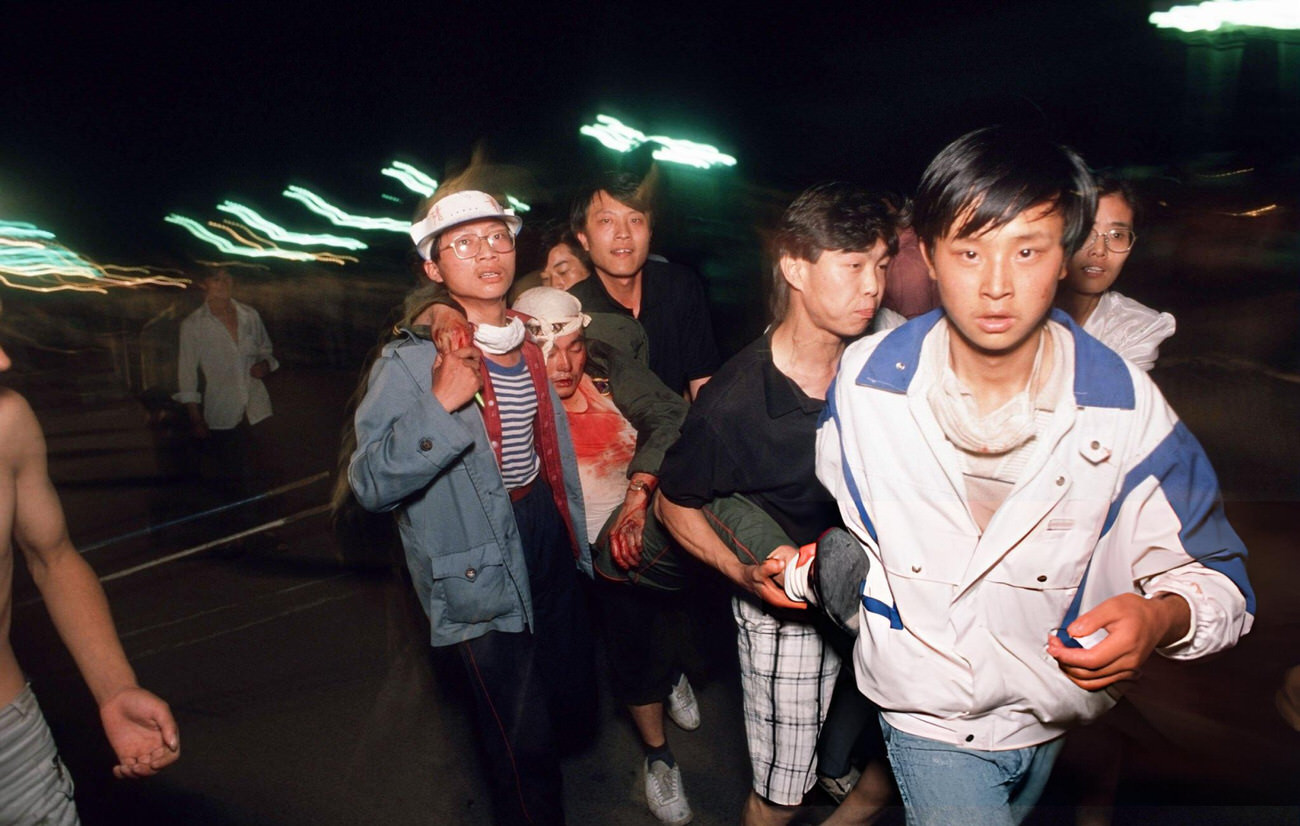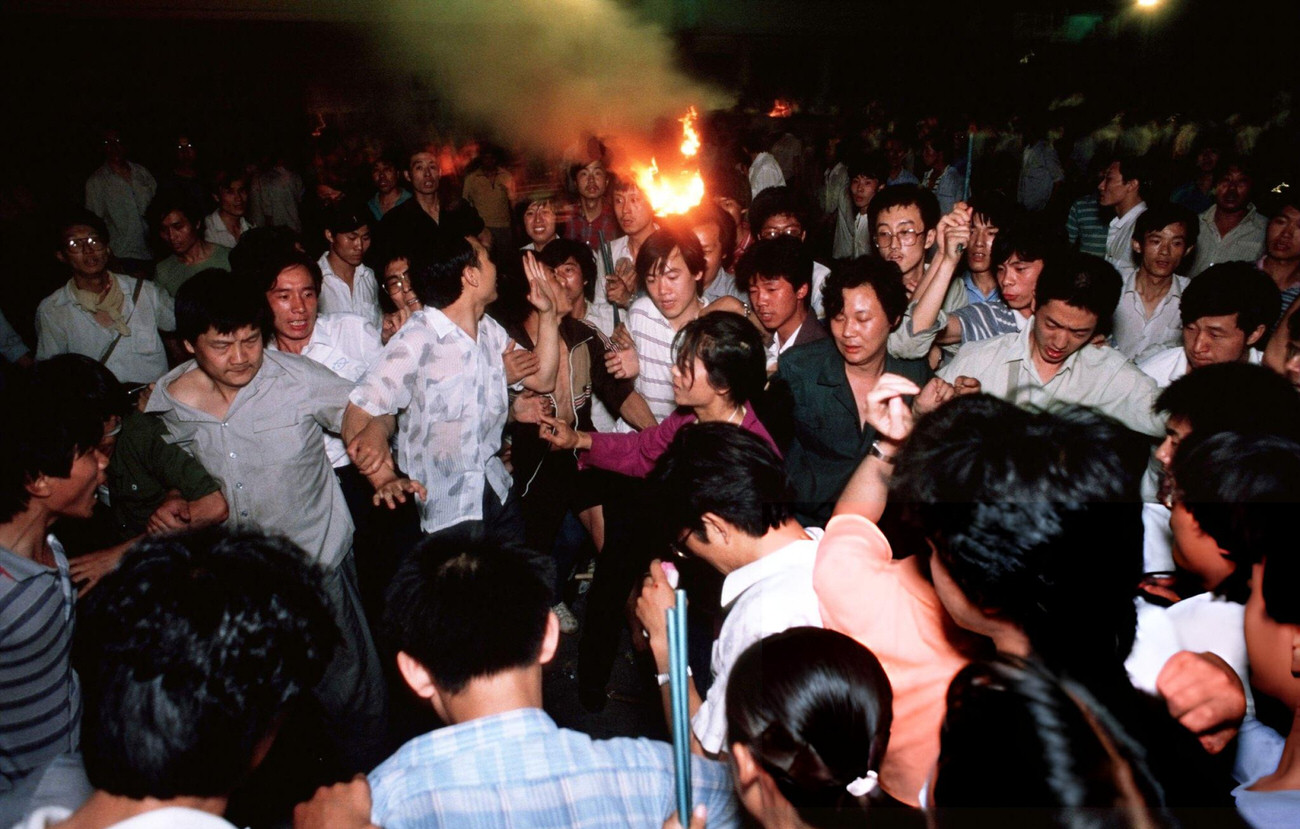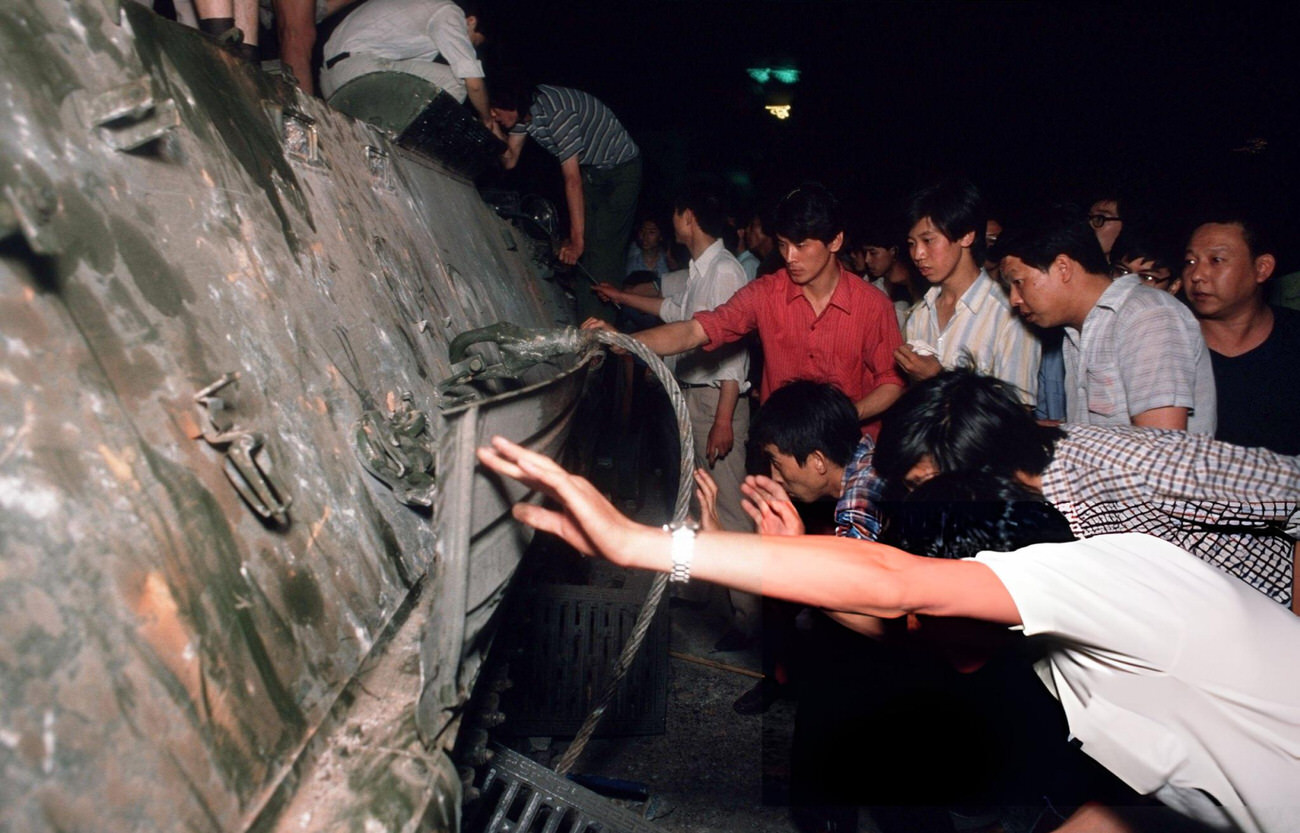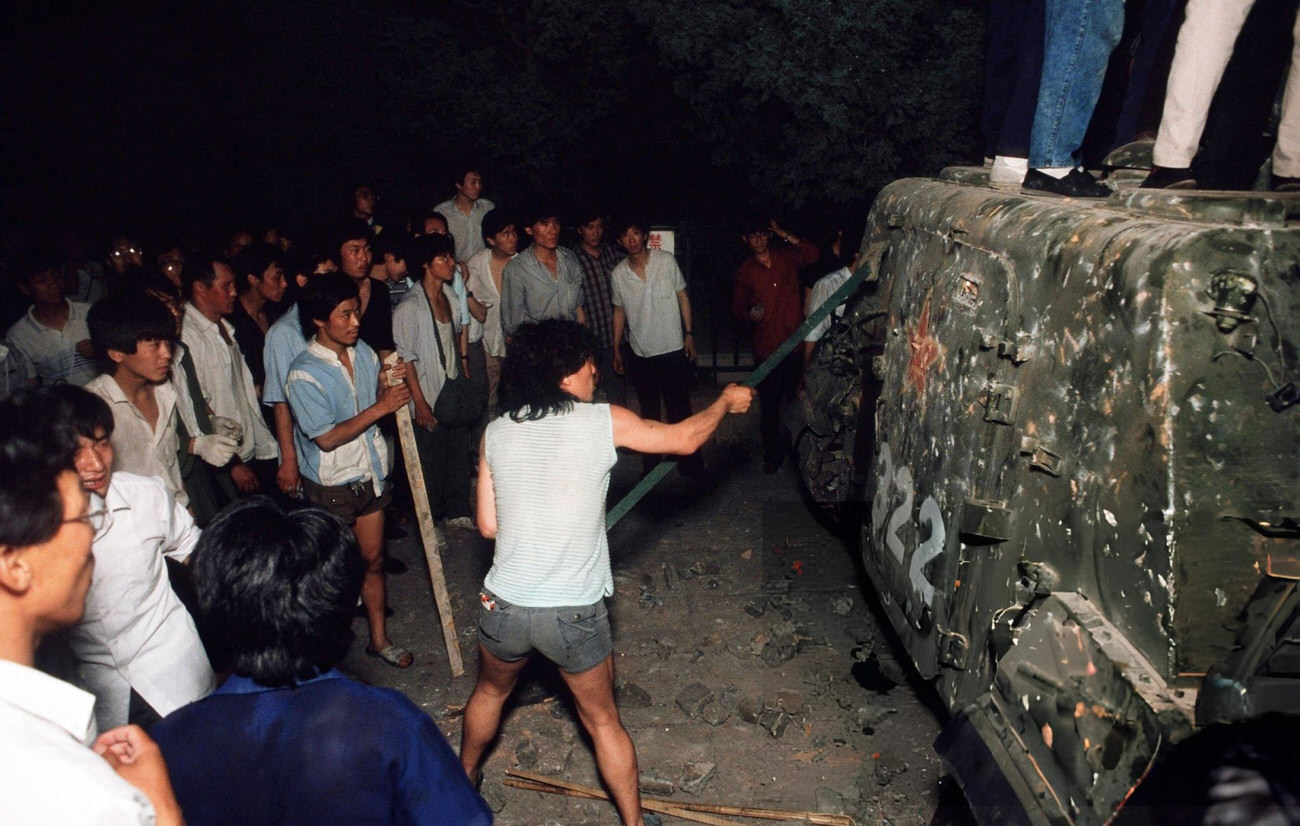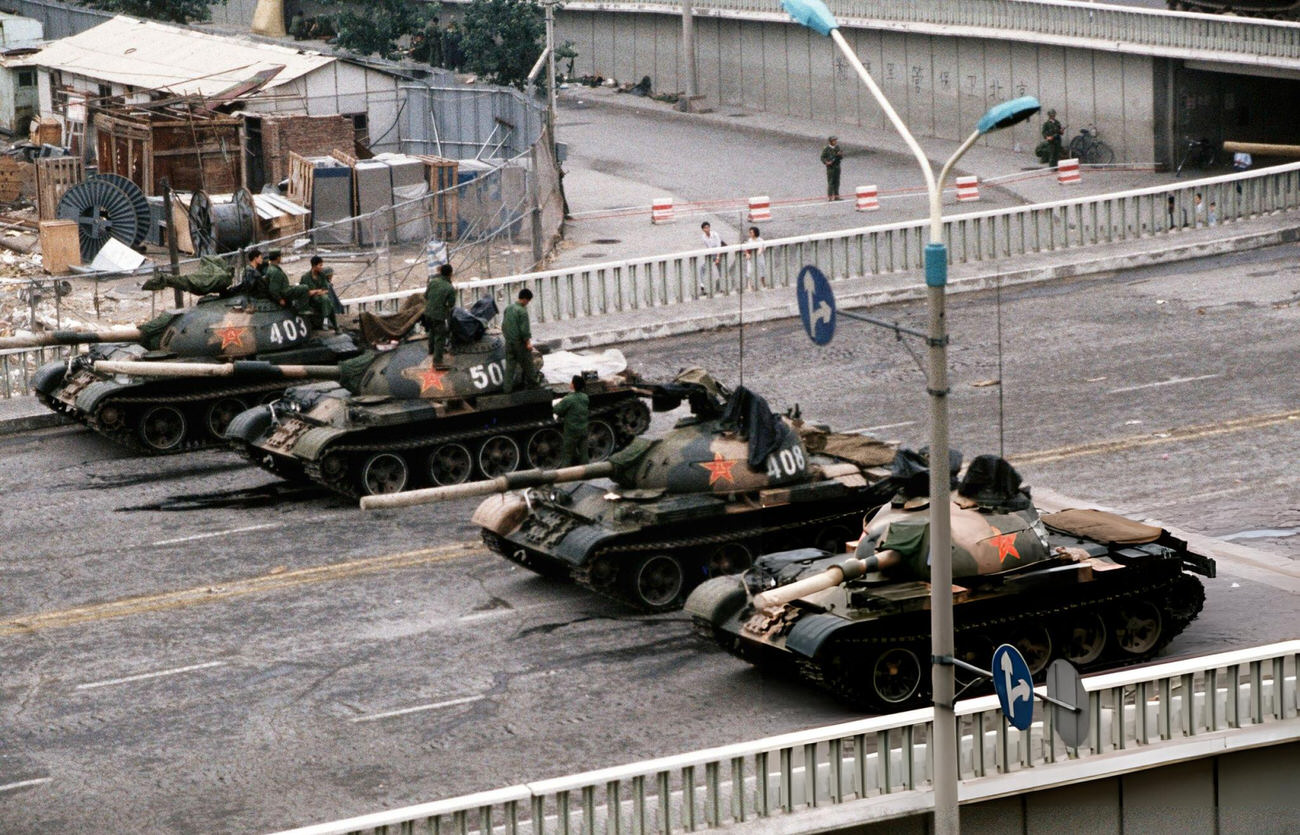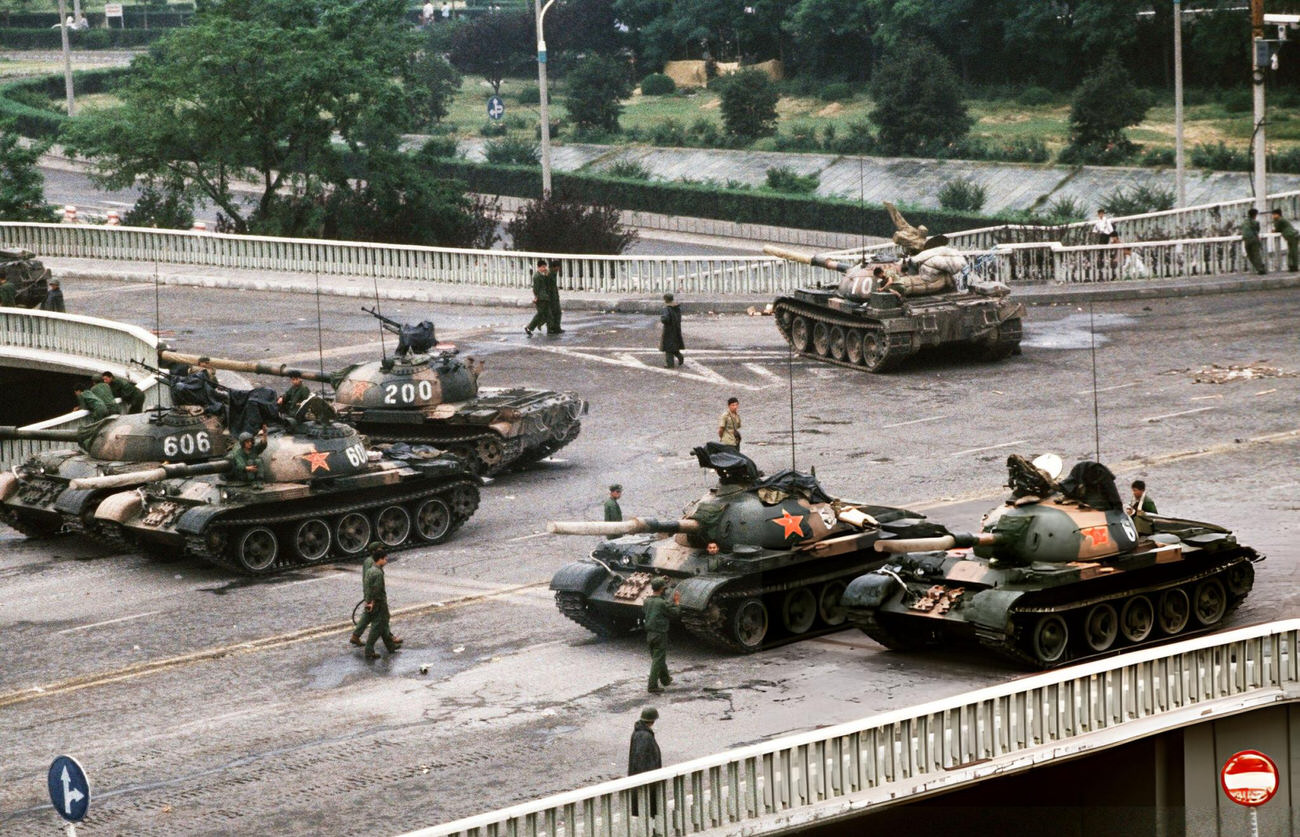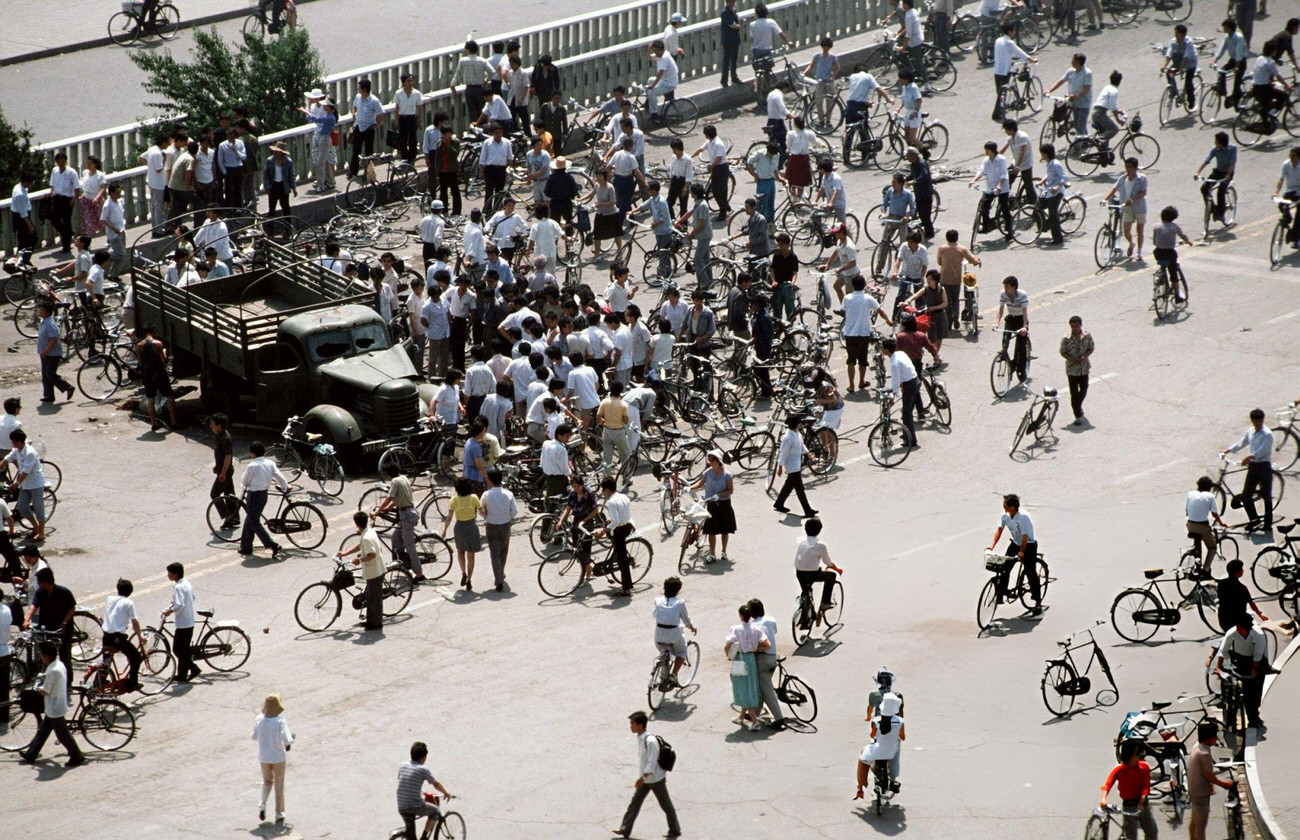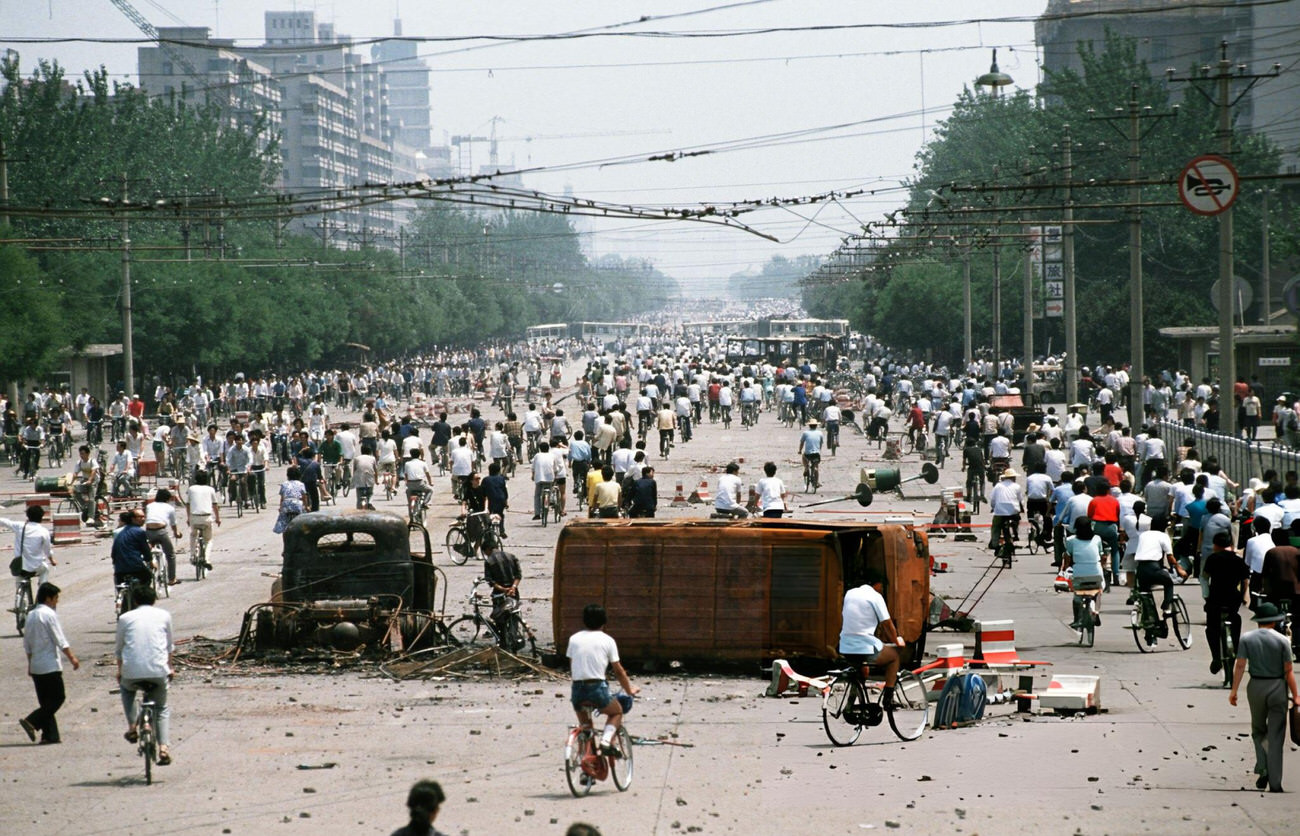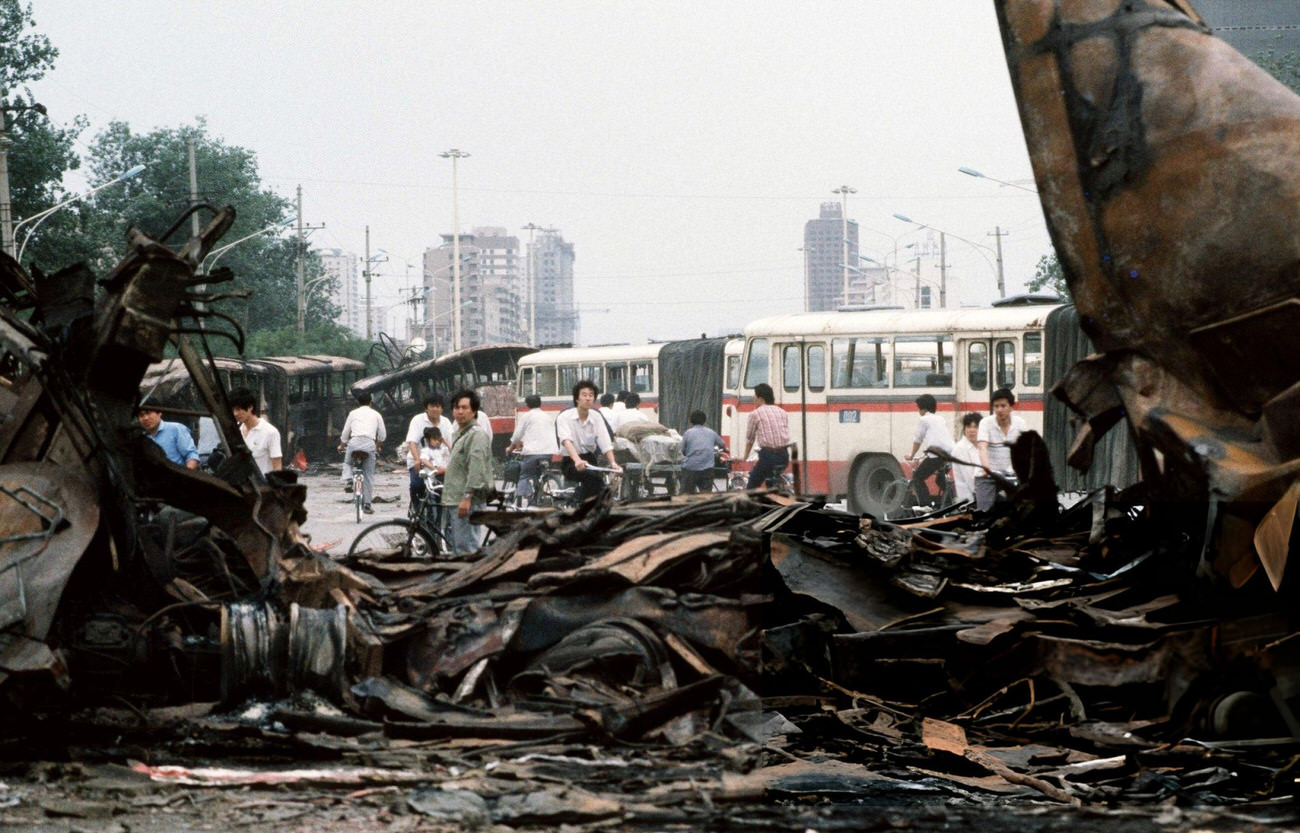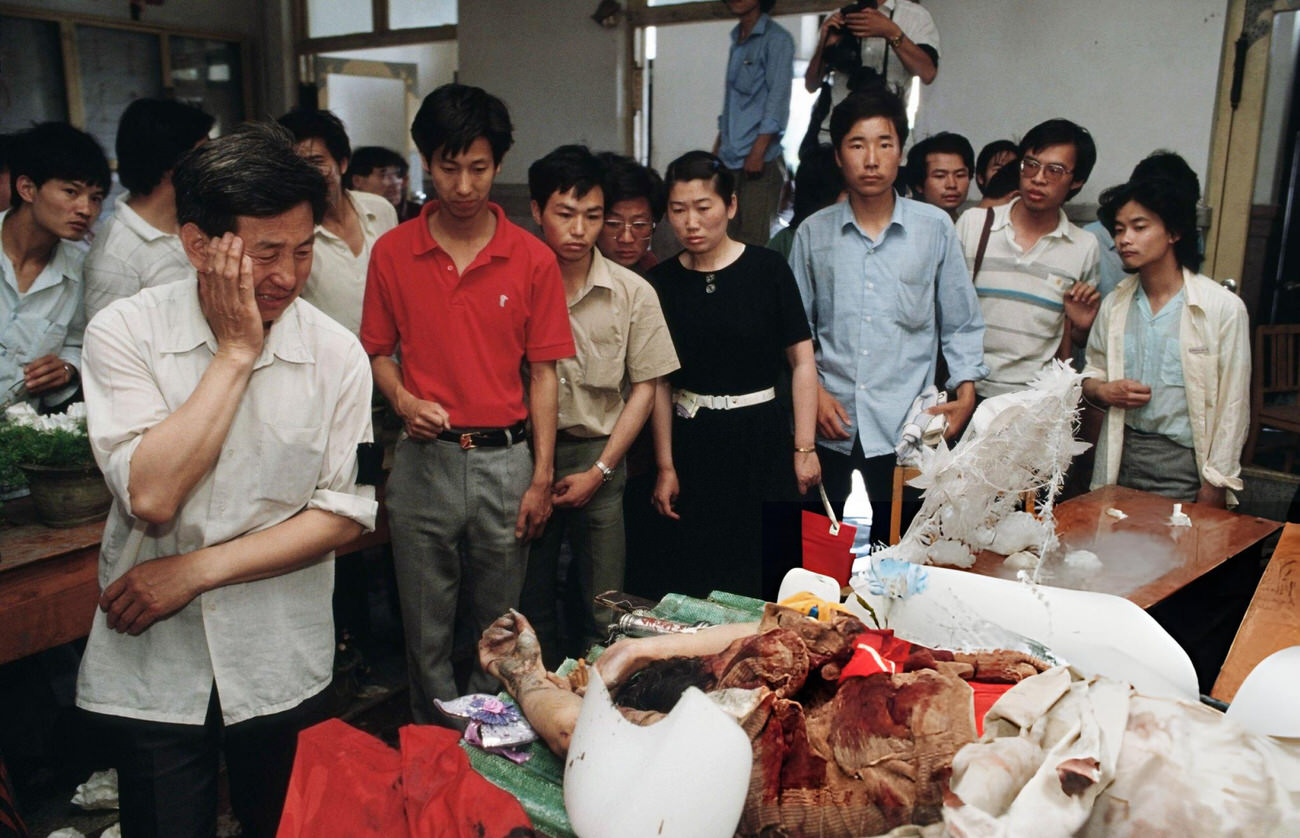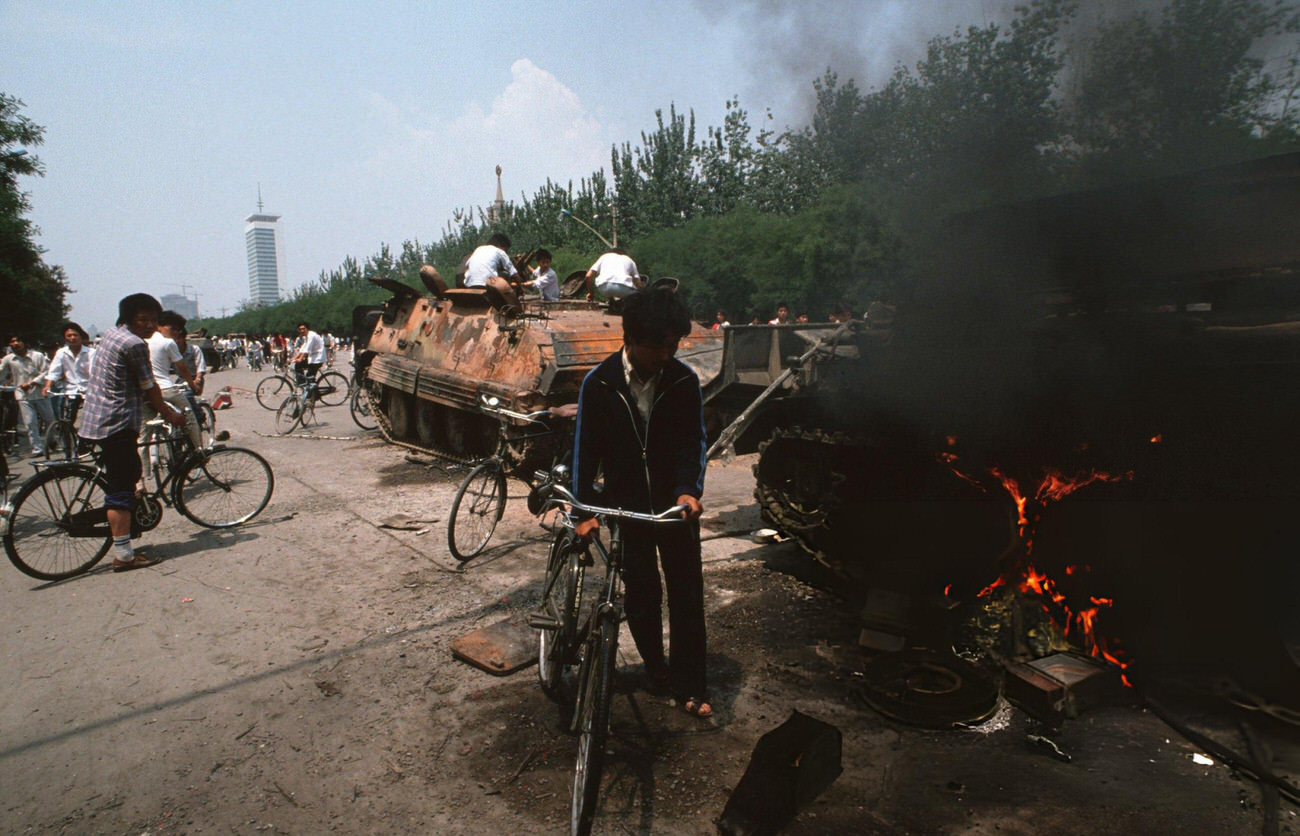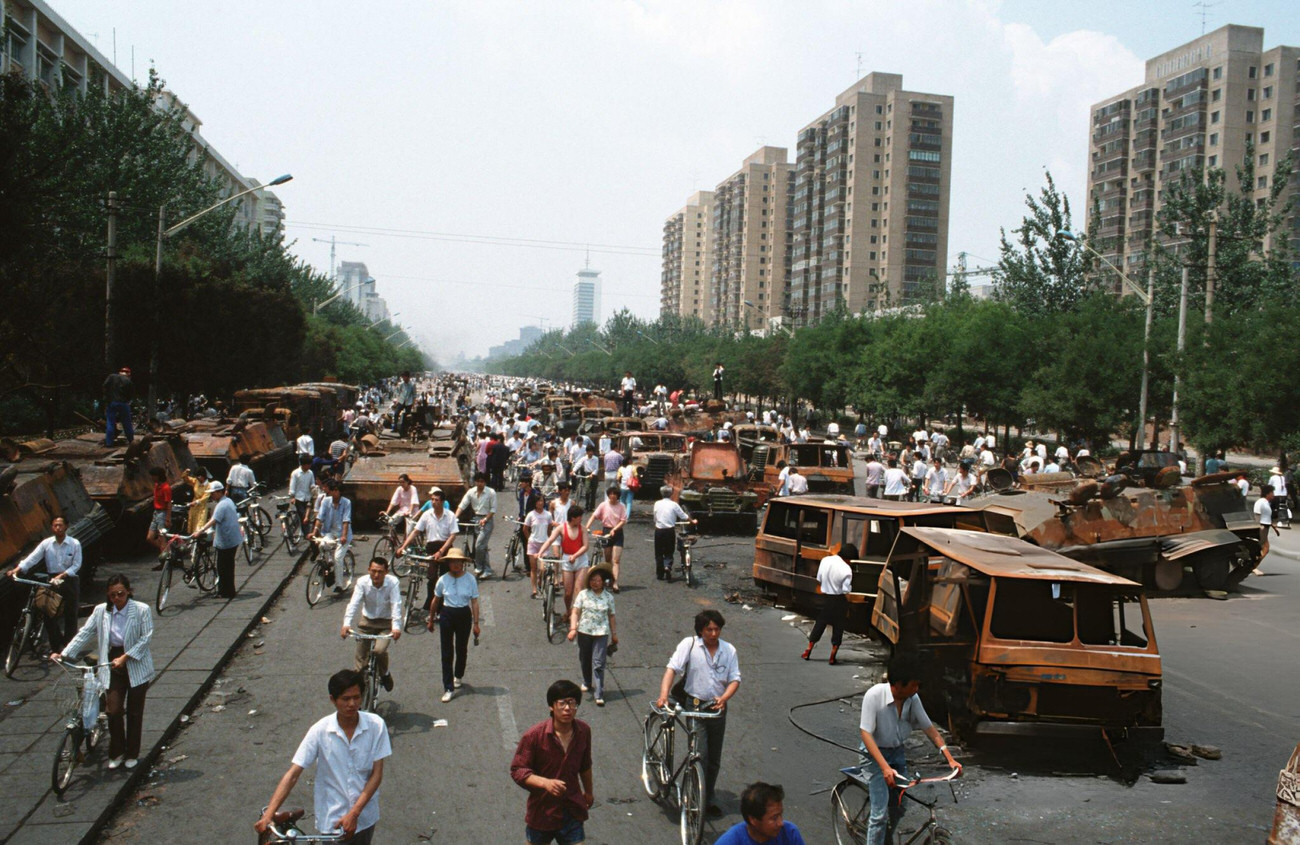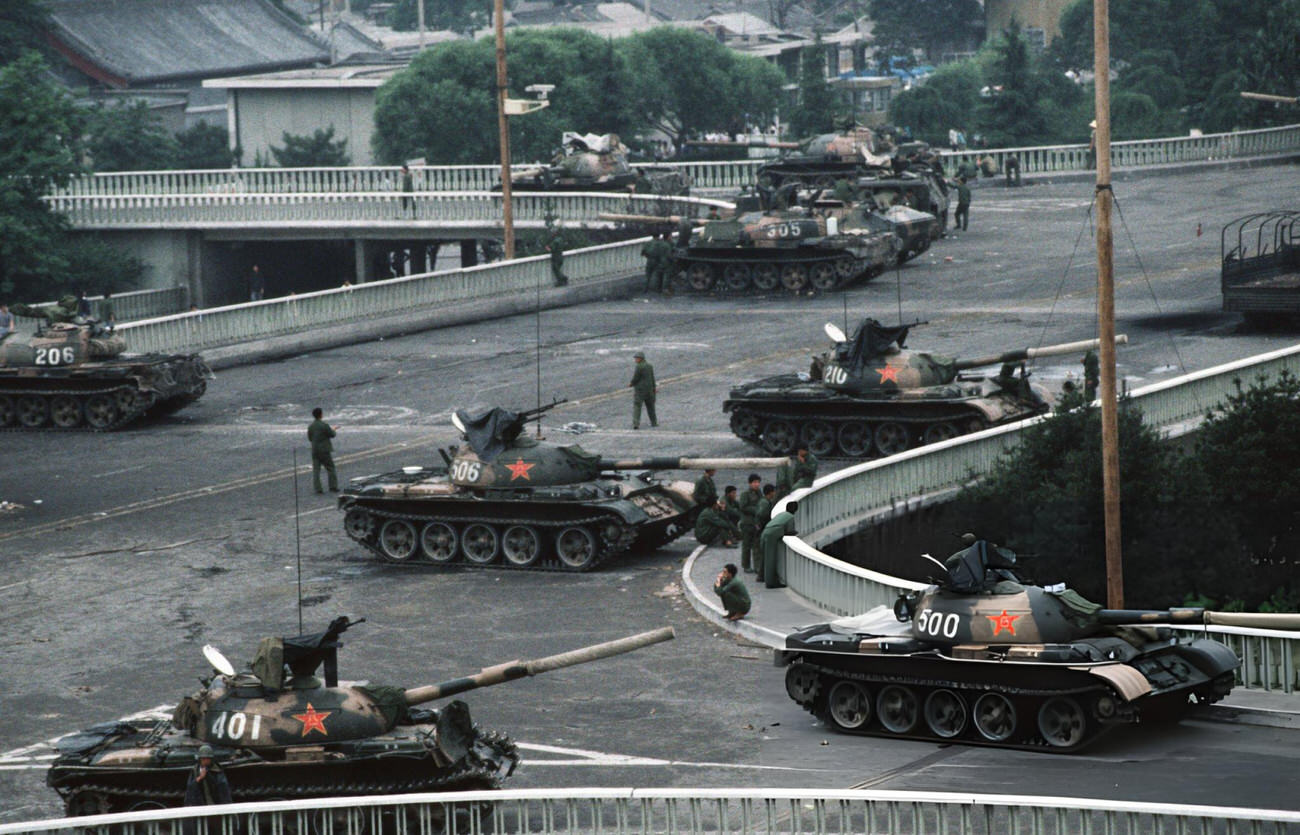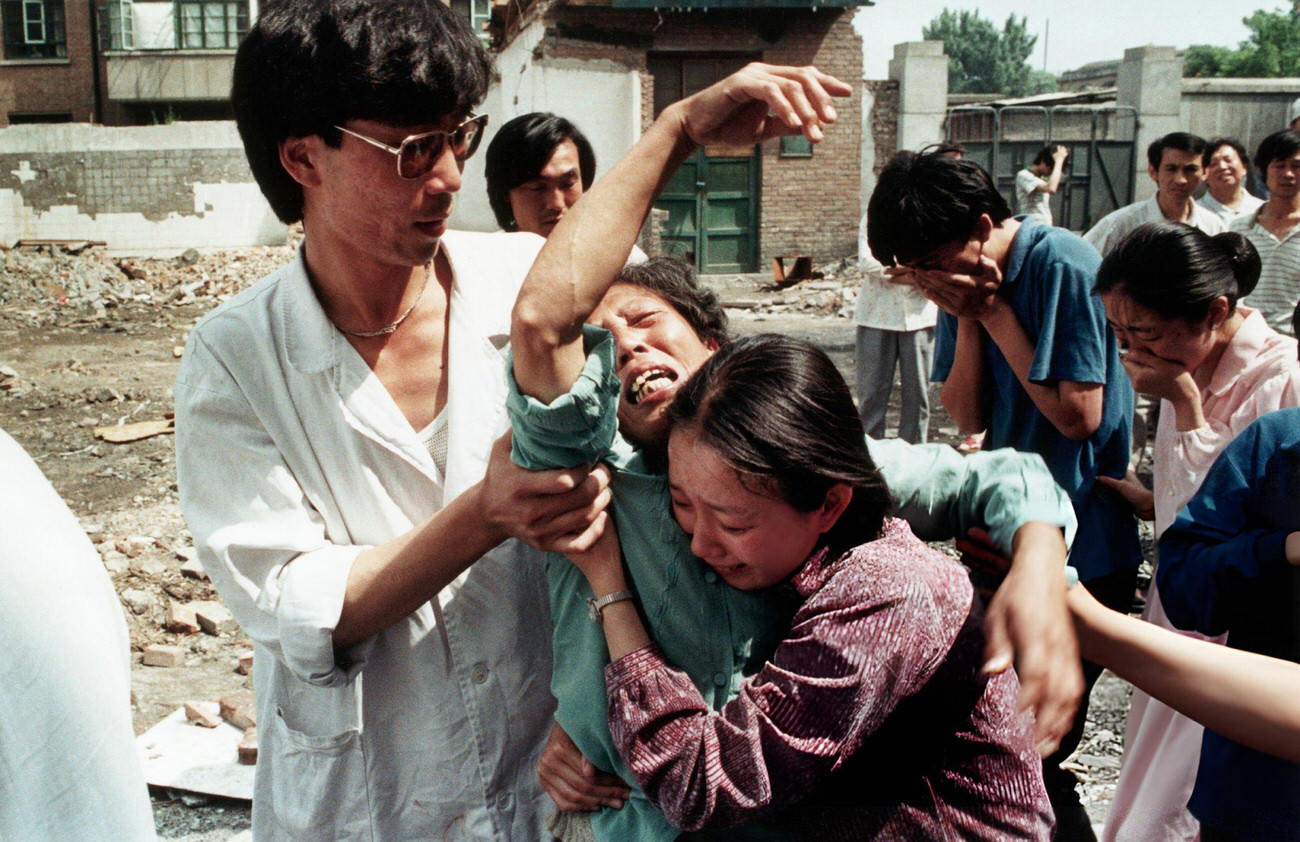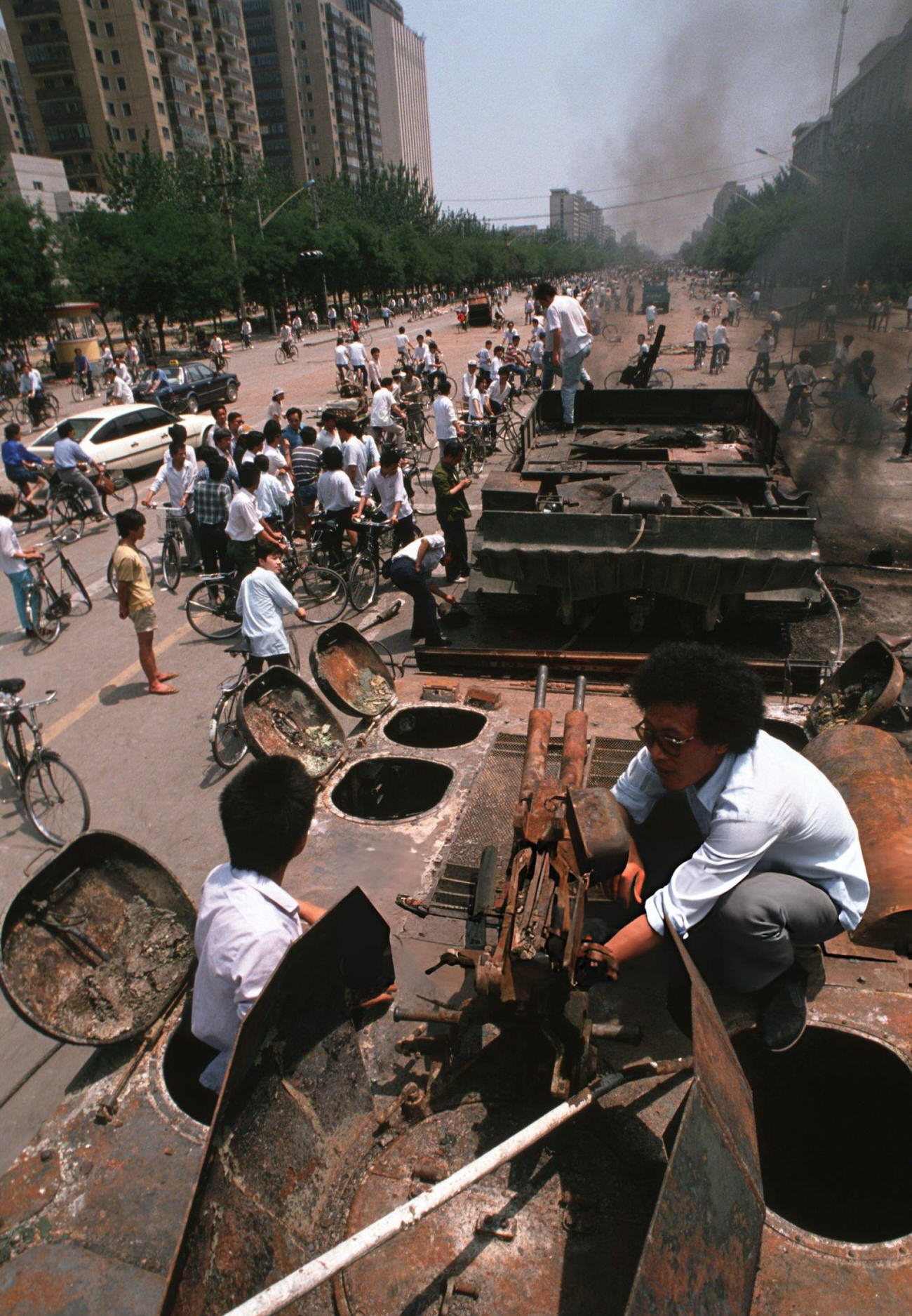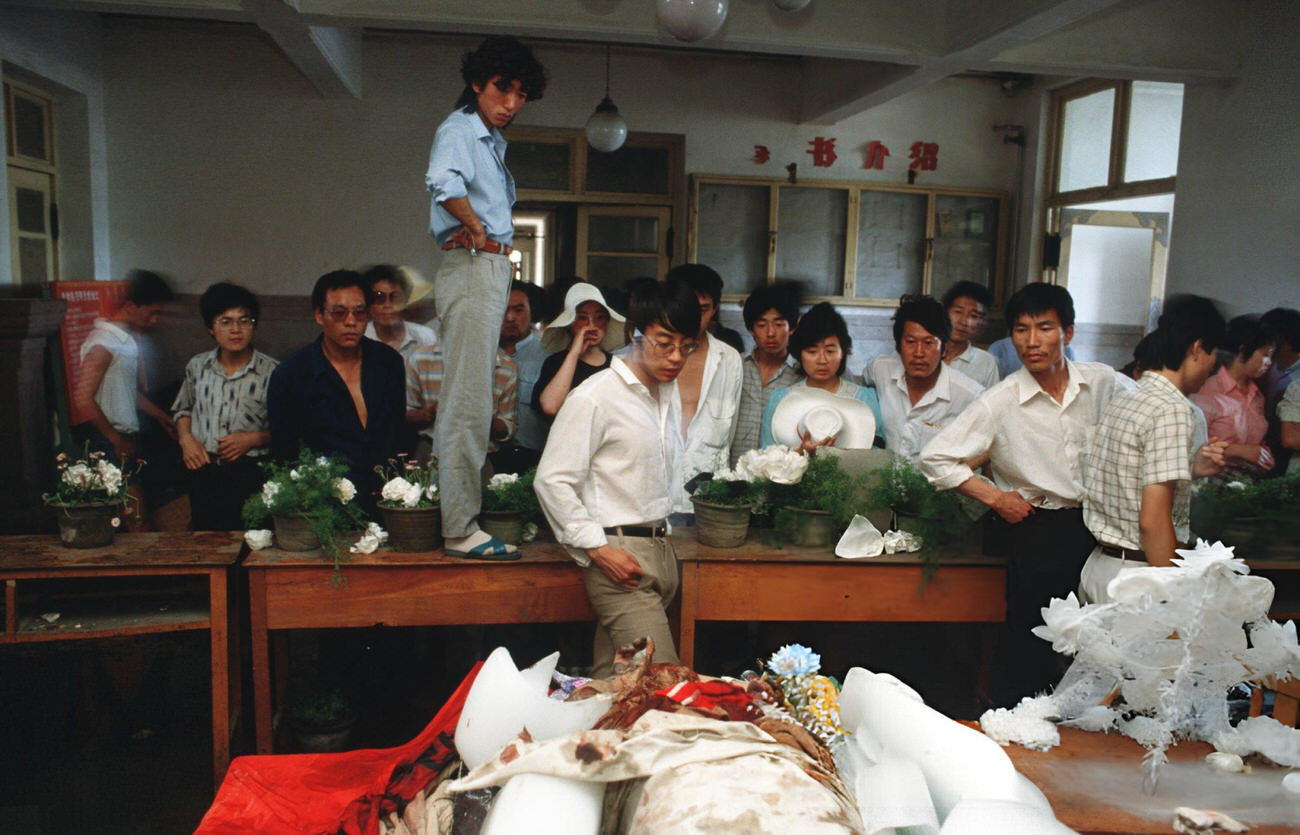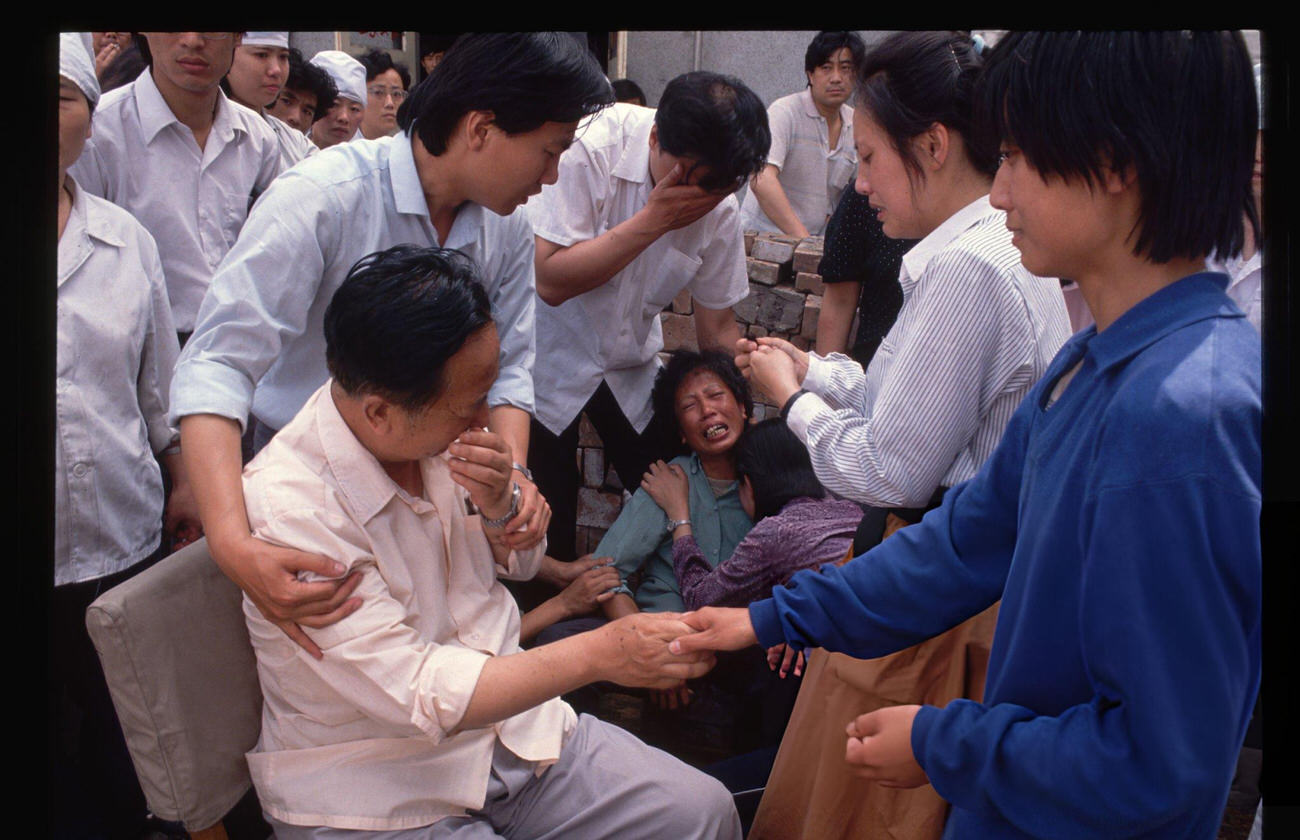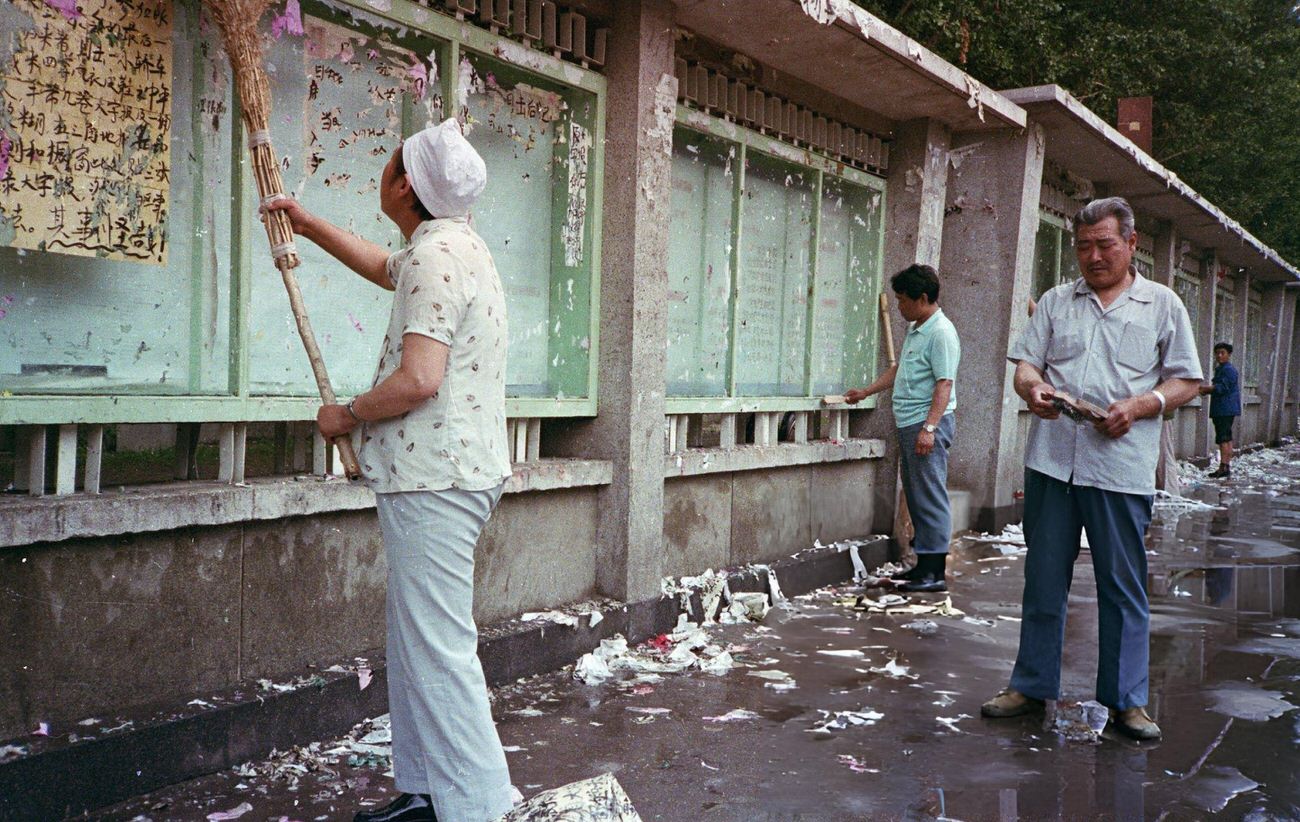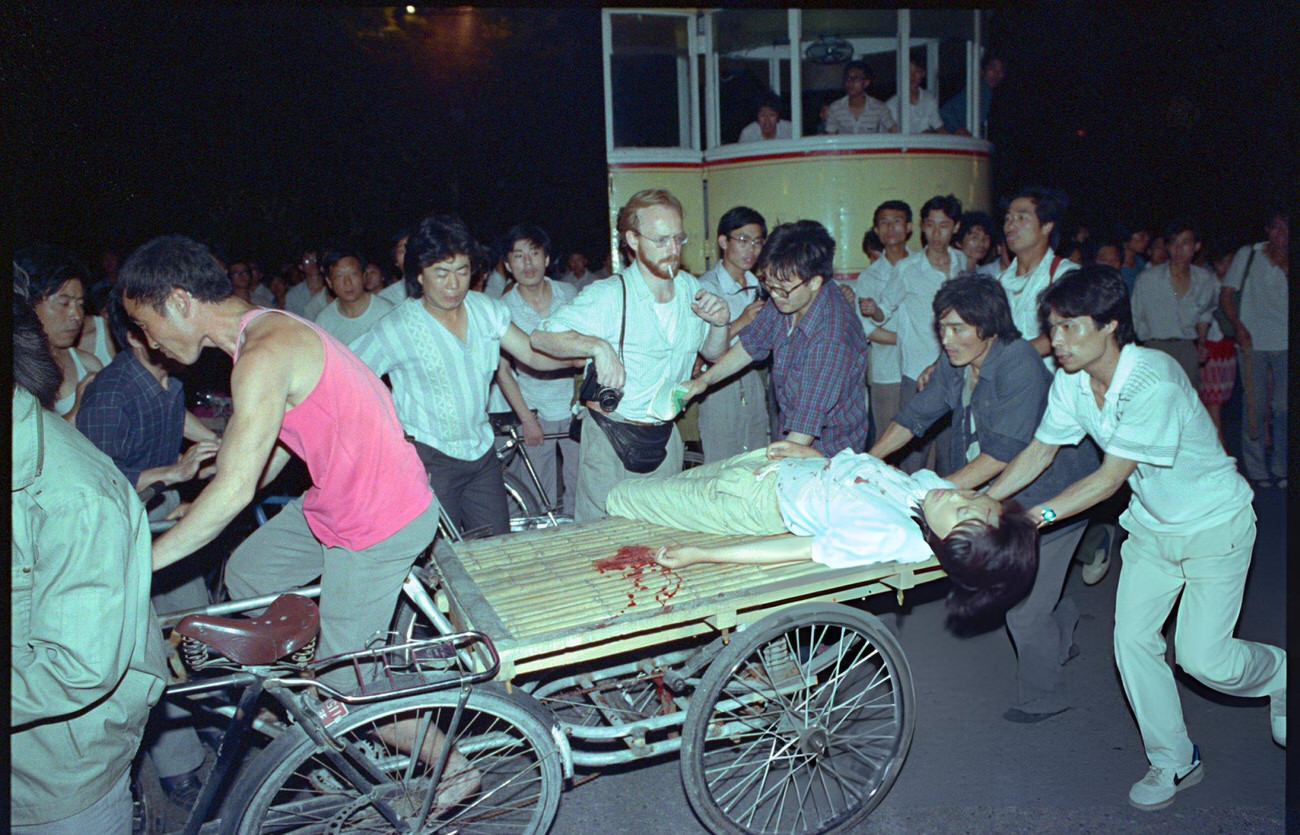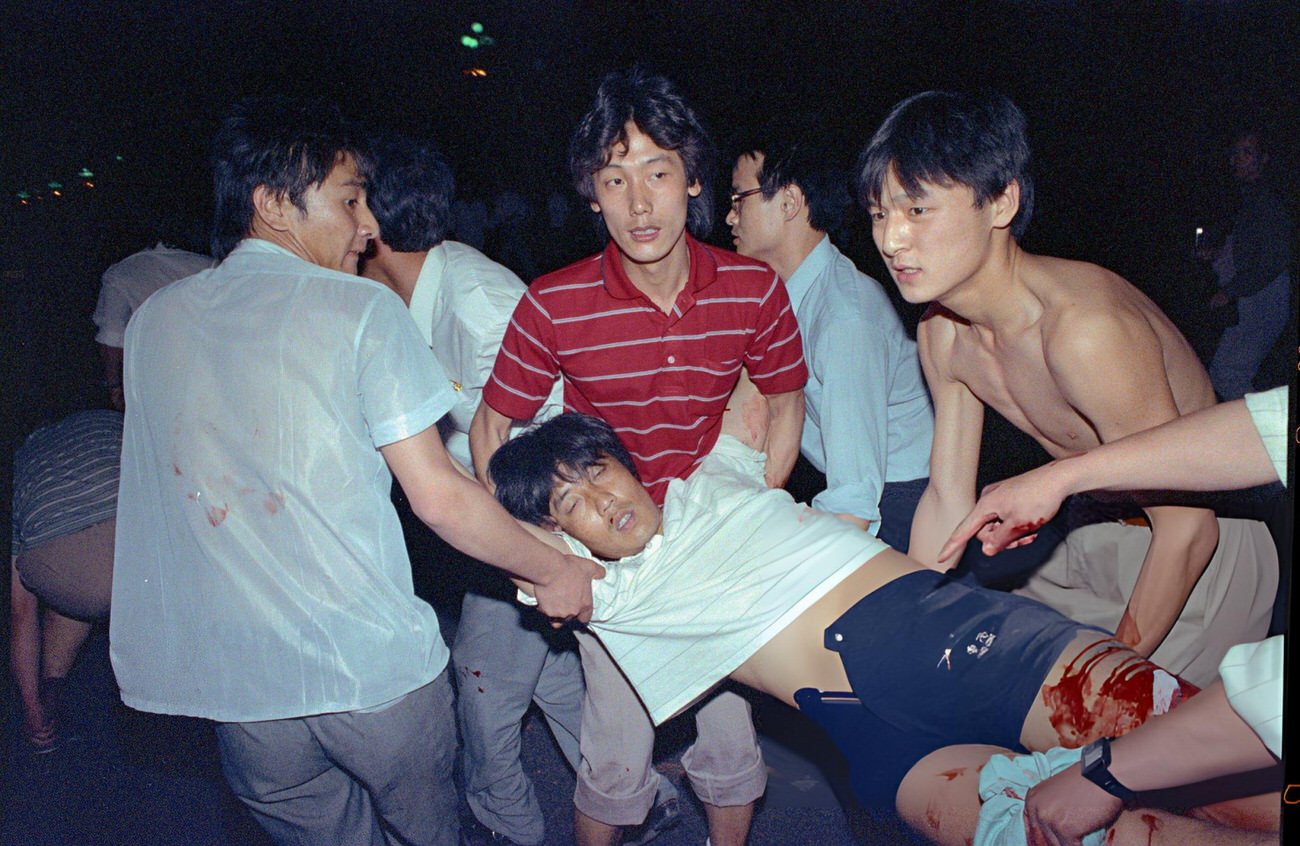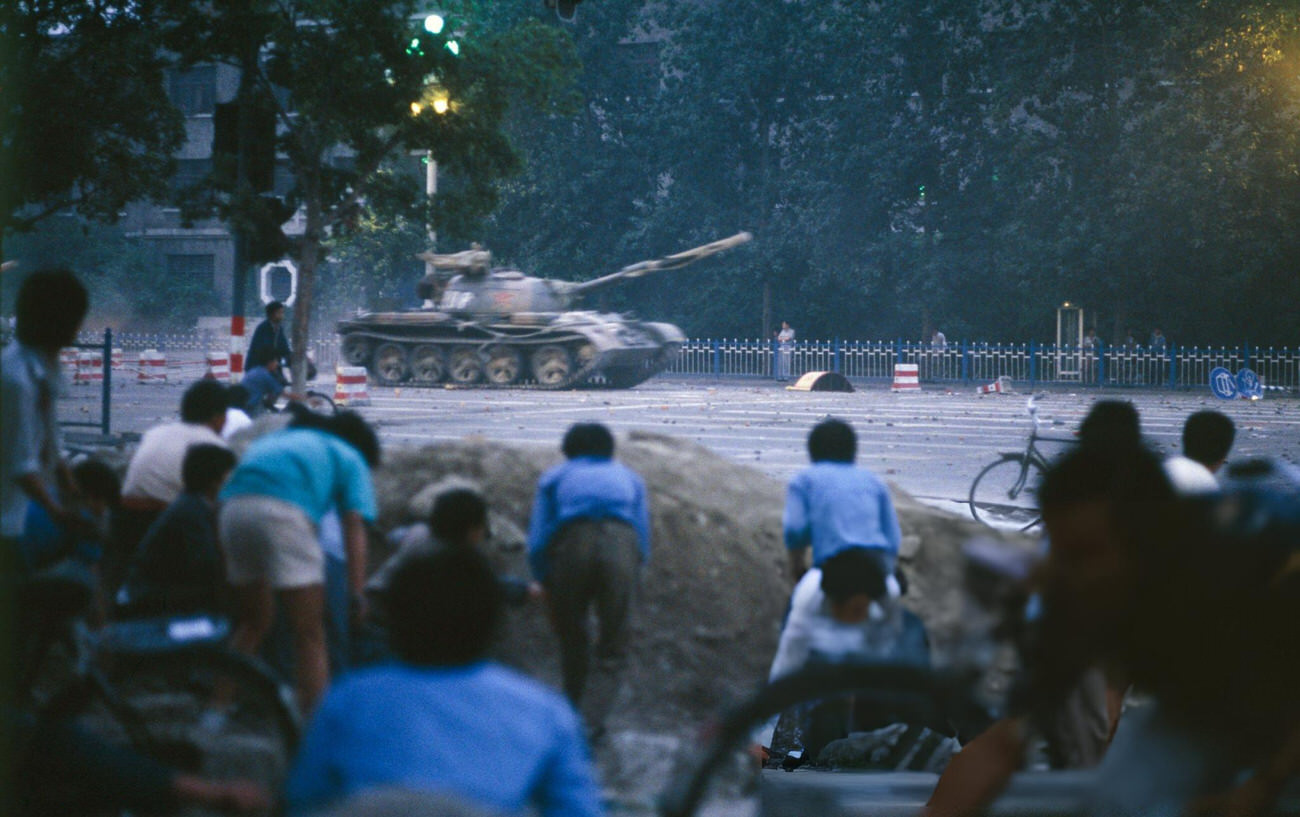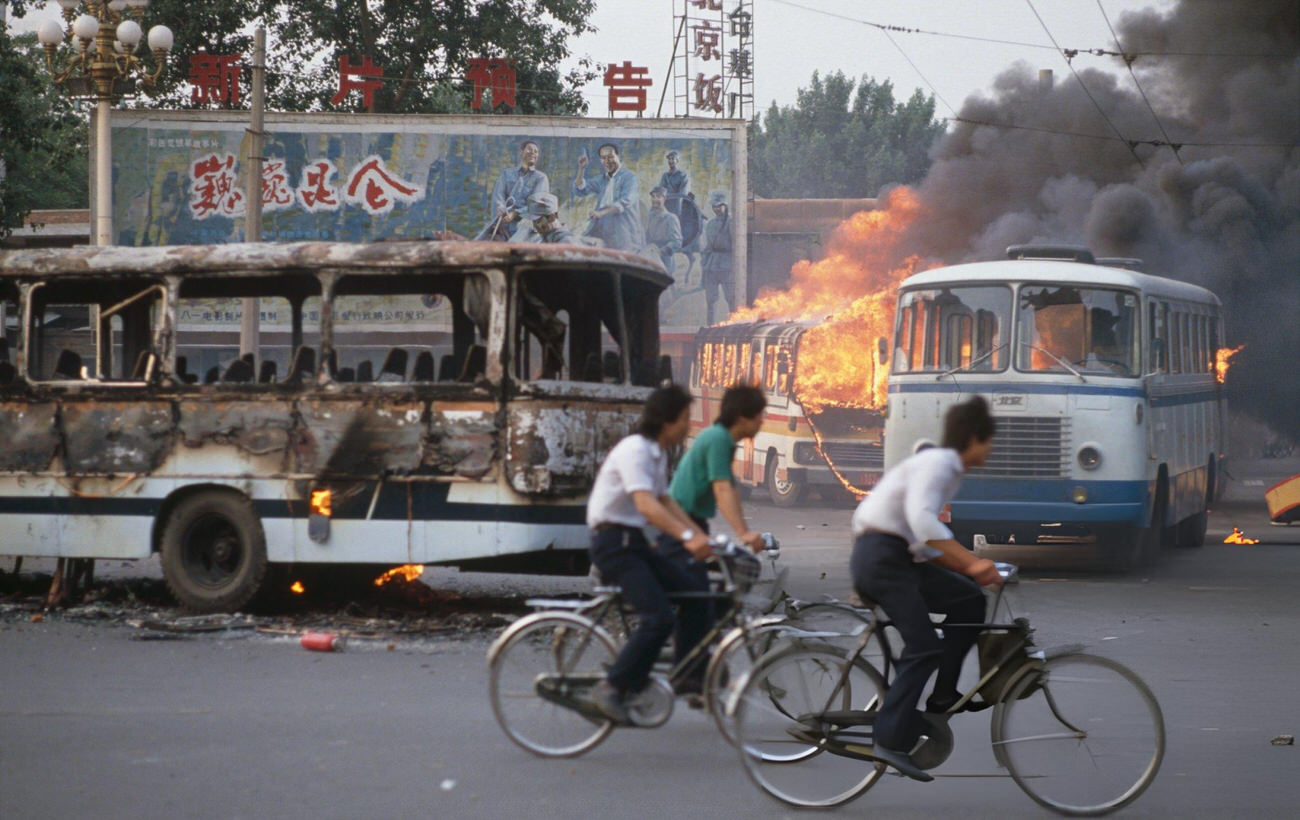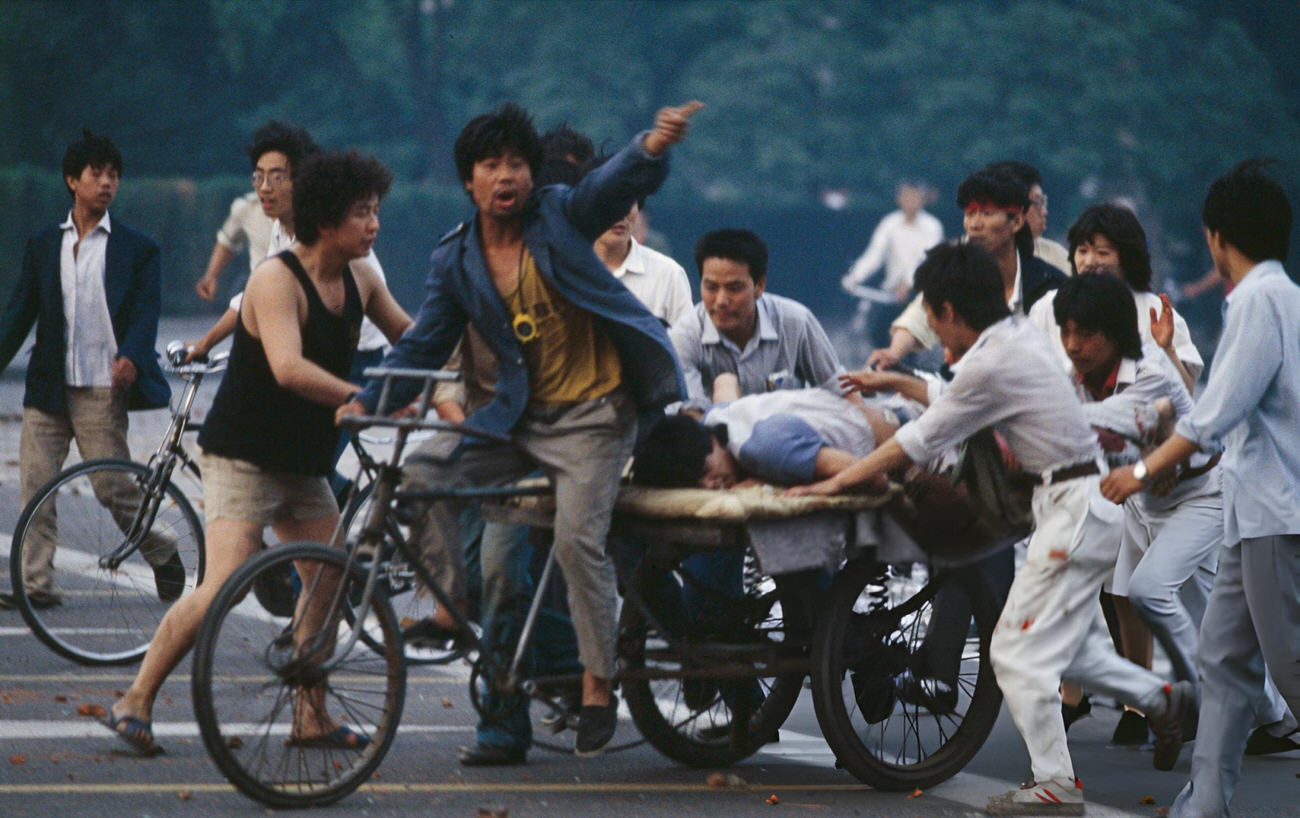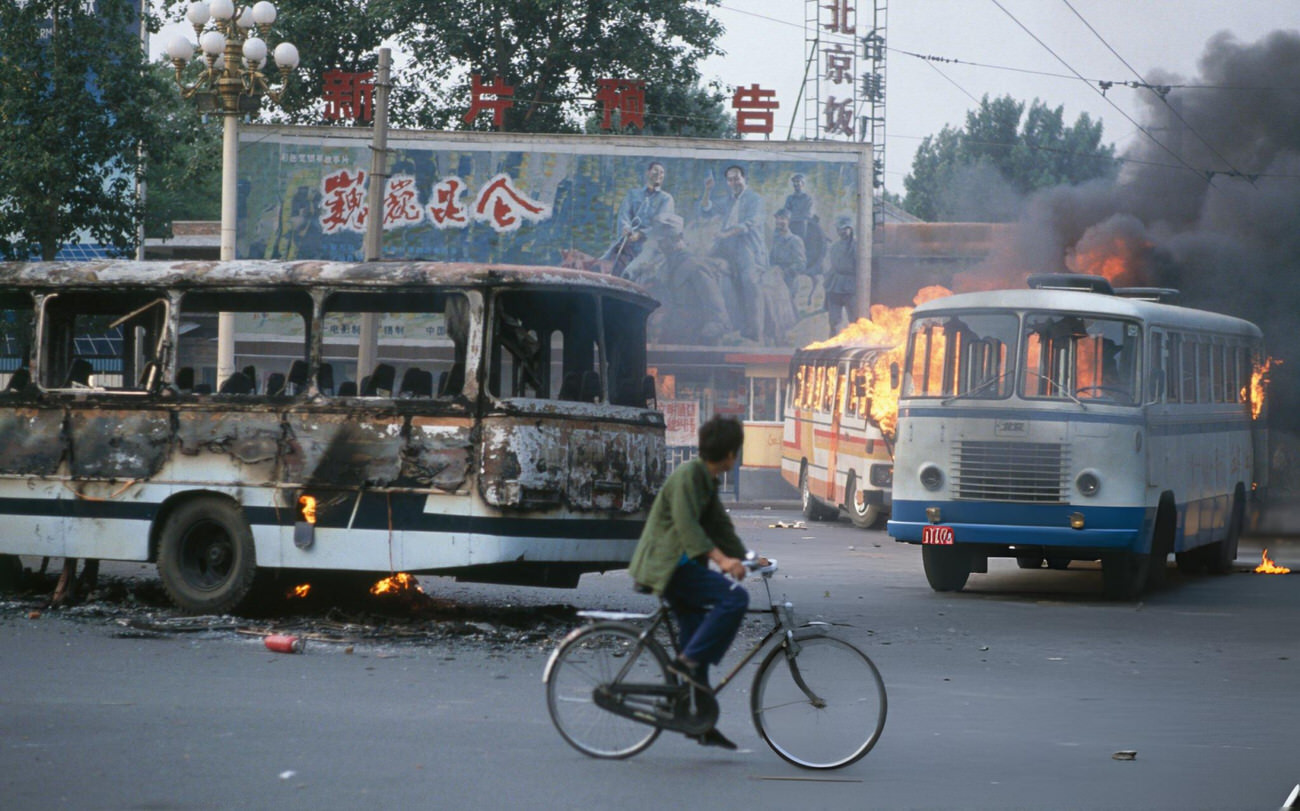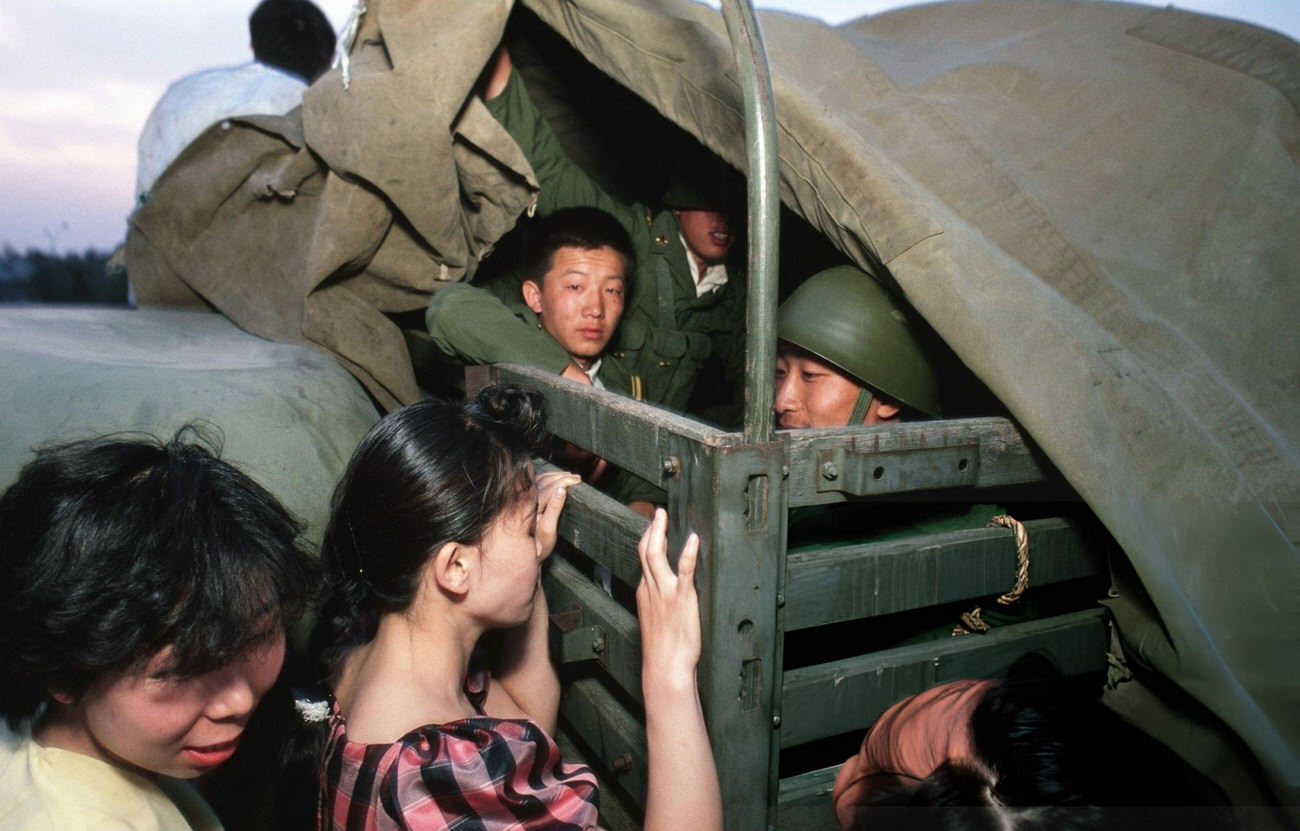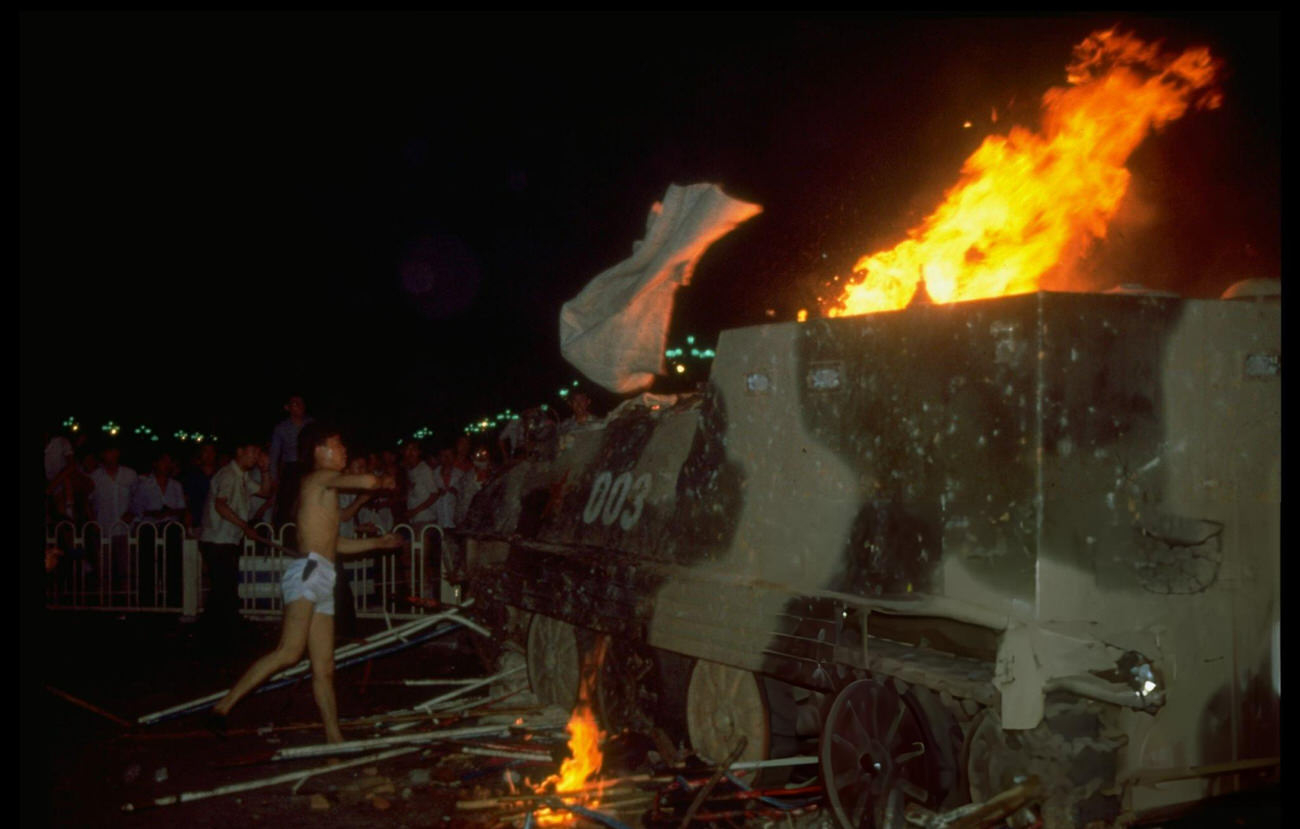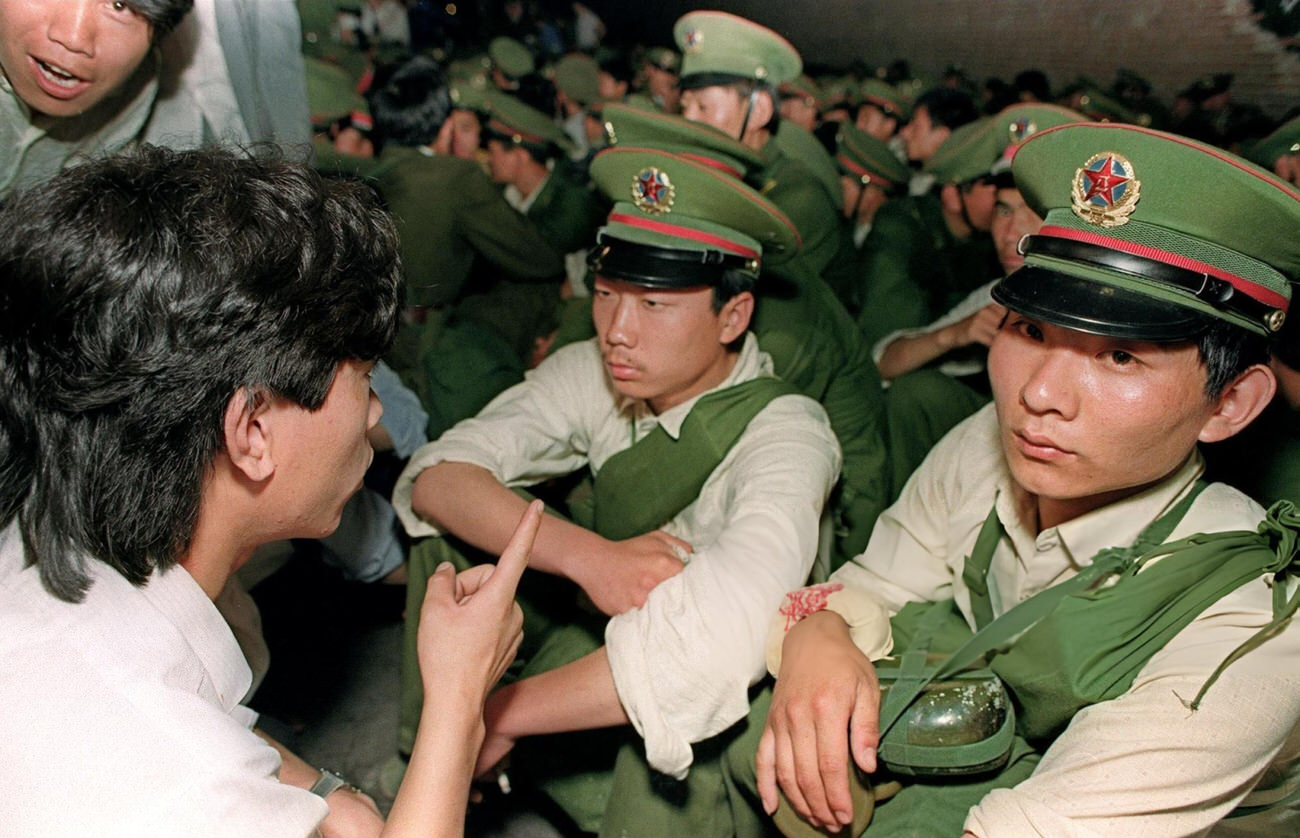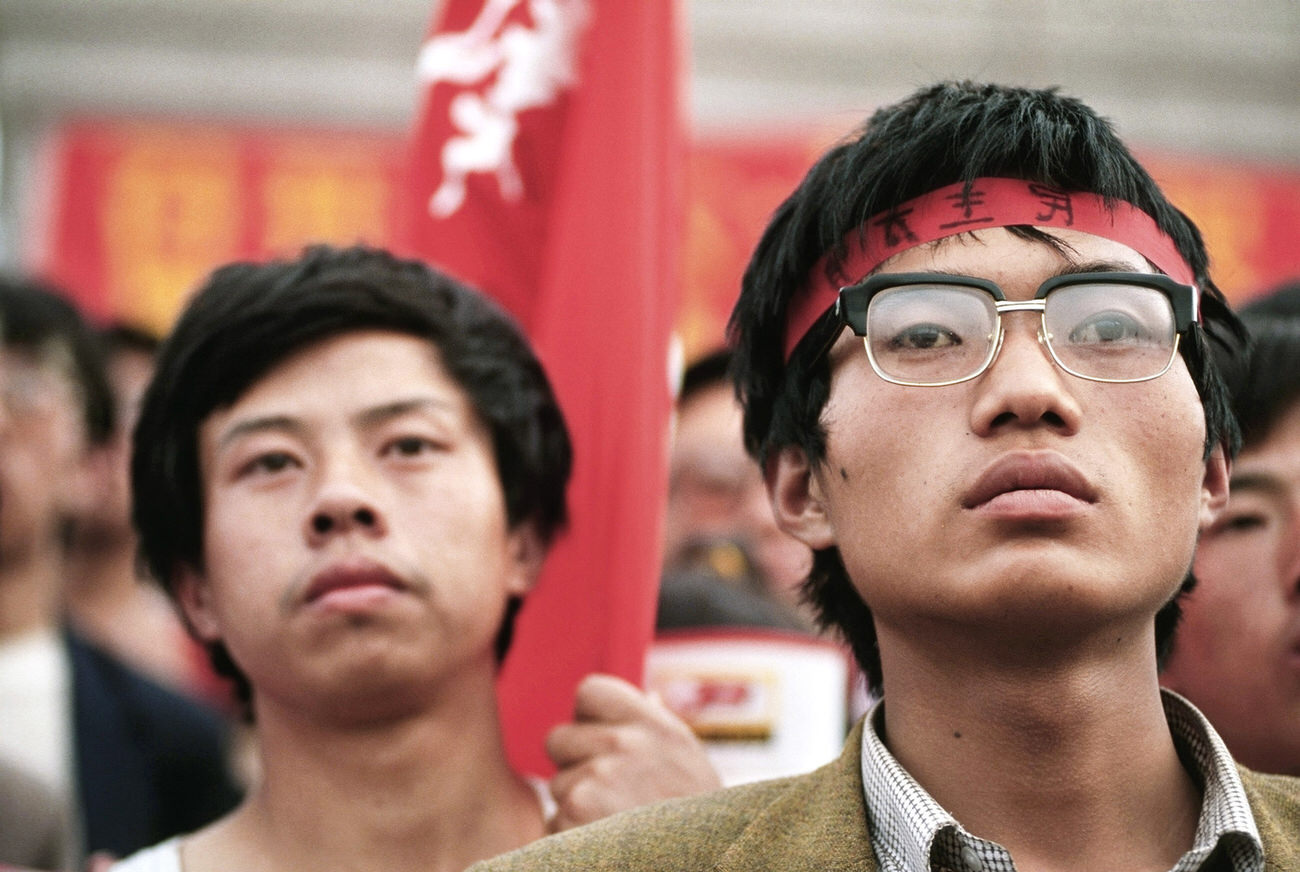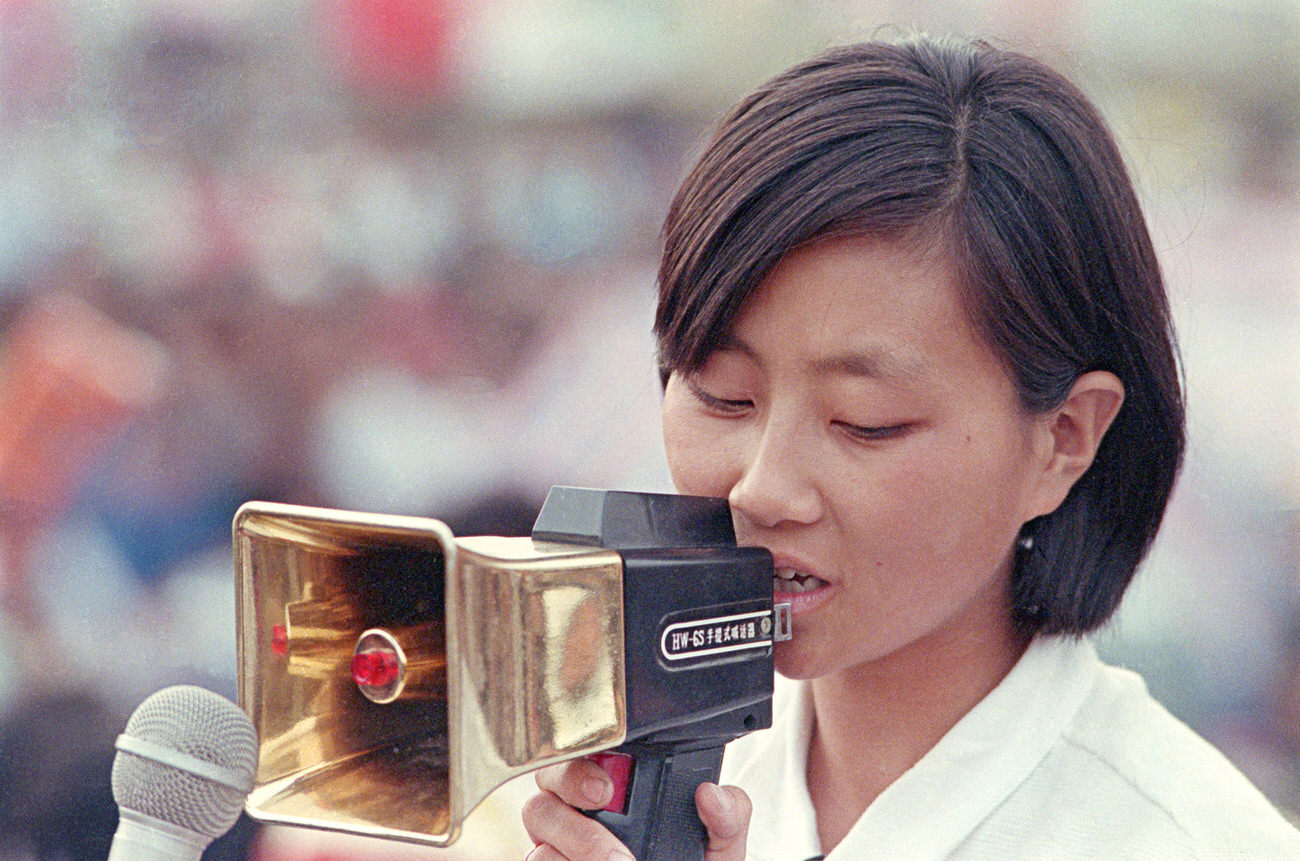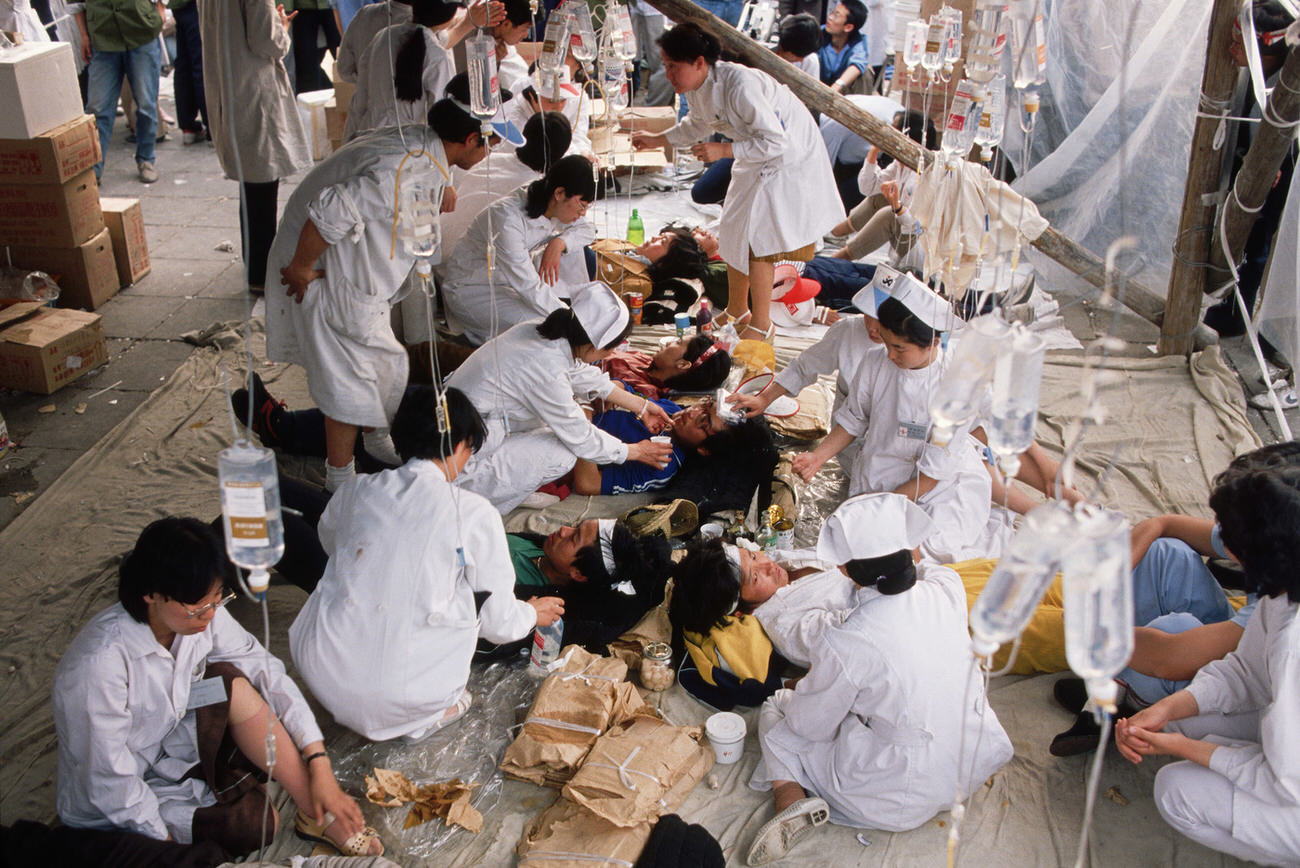The Tiananmen Square Massacre is a tragic and significant event in modern Chinese history. It happened in Beijing, China, in 1989. This event is also known as the June Fourth Incident because it reached its peak on June 4th. To understand this event, we need to look at what led up to it and what happened during those fateful days.
Background and Causes
In the 1980s, China was undergoing many changes. The country was moving from a strict communist economy to one that included more market elements. This shift brought economic growth but also caused problems like inflation and corruption. Many people were unhappy with these issues, especially students and intellectuals. They wanted more political freedom and less corruption.
The Beginning of the Protests
The protests began in April 1989 after the death of Hu Yaobang, a former Communist Party leader who was seen as a reformer. Many people admired him because he supported political reform and was against corruption. After his death, thousands of students gathered in Tiananmen Square to mourn him. This gathering quickly turned into a protest against the government.
As days passed, more people joined the students in Tiananmen Square. Workers, intellectuals, and even some government officials supported them. The protesters had various demands, such as more political freedom, freedom of the press, and an end to corruption. The square became a symbol of their desire for change.
Read more
At first, the Chinese government was unsure of how to respond. Some leaders wanted to negotiate with the students, while others wanted to use force to end the protests. As the protests grew larger, the government became more worried. They declared martial law on May 20, 1989. This meant that the military took control of the city and that the usual laws were suspended.
After martial law was declared, the government sent thousands of soldiers and tanks to Beijing. However, they were initially stopped by the people of the city. Crowds of citizens blocked the soldiers, preventing them from reaching Tiananmen Square. The soldiers were ordered not to shoot, so they had to turn back. For a while, it seemed like the protests might succeed.
The Crackdown Begins
In the early hours of June 3rd, the government decided to use force to end the protests. Soldiers and tanks moved into Beijing, breaking through the barricades set up by the citizens. They used tear gas and gunfire to clear the streets. By the evening of June 3rd, the situation had become very tense.
The Massacre on June 4th
On June 4th, the military reached Tiananmen Square. The soldiers opened fire on the protesters, killing and injuring many. Tanks rolled over tents and people. The exact number of deaths is still unknown, but it is believed to be in the thousands. The Chinese government has never released an official death toll.
One of the most famous images from the Tiananmen Square Massacre is that of the “Tank Man.” This photograph shows a lone protester standing in front of a column of tanks, blocking their path. The identity of the Tank Man is still unknown, but his bravery has become a symbol of resistance against oppression.
Aftermath
After the massacre, the Chinese government cracked down on any dissent. They arrested thousands of people who were involved in the protests and sentenced many to long prison terms. The government also tightened its control over the media and the internet, making it difficult for people to discuss what happened. To this day, the topic is still sensitive in China, and the government works hard to suppress any mention of it.
The international community was shocked by the violence in Tiananmen Square. Many countries condemned the Chinese government’s actions and imposed sanctions. However, over time, many of these sanctions were lifted, and China continued to grow economically.
Many personal stories emerged from the Tiananmen Square Massacre. Survivors have shared their experiences, describing the fear and chaos of those days. One student, Zhang Boli, managed to escape and later wrote a book about his experiences. Another protester, Chai Ling, was one of the leaders of the student movement. She also escaped and has since become an activist.
During the protests, media played a crucial role. Journalists from around the world were in Beijing, reporting on the events. Their coverage brought international attention to the protests. In China, however, the government controlled the media. They portrayed the protesters as troublemakers and did not show the full extent of the violence.
Changes in China
Since the Tiananmen Square Massacre, China has changed a lot. The country has become an economic powerhouse, lifting millions of people out of poverty. However, political freedoms have not improved much. The government still maintains strict control over the media and the internet, and dissent is not tolerated.
Every year on June 4th, people around the world remember the Tiananmen Square Massacre. In Hong Kong, for many years, large vigils were held to honor the victims. These vigils were one of the few places in China where people could openly talk about the massacre. However, in recent years, the Chinese government has cracked down on these events as well.
#1 Waving banners, high school students march in Beijing streets near Tiananmen Square on May 25, 1989, during a rally to support the protest against the Chinese government.
#2 Clashes in Tiananmen Square in Beijing, China, 1989.
#3 Onlookers examine Chinese Army trucks and vehicles that were damaged or destroyed, 1989.
#4 Pro-democracy demonstrators pull barricades across Changan Avenue, 1989.
#5 A sea of student protesters gathers in Tiananmen Square on May 4, 1989.
#6 A group of young Chinese women read together in Tiananmen Square.
#7 A pro-democracy movement leader talks into a microphone as he gives a press conference in Tiananmen Square.
#8 Riding motorbikes, Chinese workers parade through Beijing streets on May 18, 1989, in support of student hunger strikers.
#9 Paramedics evacuate an ailing hunger striker from Beijing University at Tiananmen Square, as students enter the fifth day of hunger strikes.
#10 Crowds of people watch the unveiling of the “Goddess of Democracy” sculpture in Tiananmen Square. The Monument to the People’s Heroes and Mao Zedong Mausoleum are visible in the background.
#11 A weary protester pleads with a People’s Liberation Army (PLA) officer sitting in his truck to not crack down on the student demonstrators.
#12 The day after the Chinese government declared martial law, students, protesters, and thousands of Beijing residents and workers in sympathy with them flooded the streets and peacefully persuaded the troops not to continue on to Tiananmen Square. They often gave the troops food.
#13 Several hundred pro-democracy student protesters sit face-to-face with police officers outside the Great Hall of the People.
#14 A man attempts to hold back the swelling crowd.
#15 PLA soldiers leap over a barrier on June 4, 1989, during heavy clashes with people and dissident students.
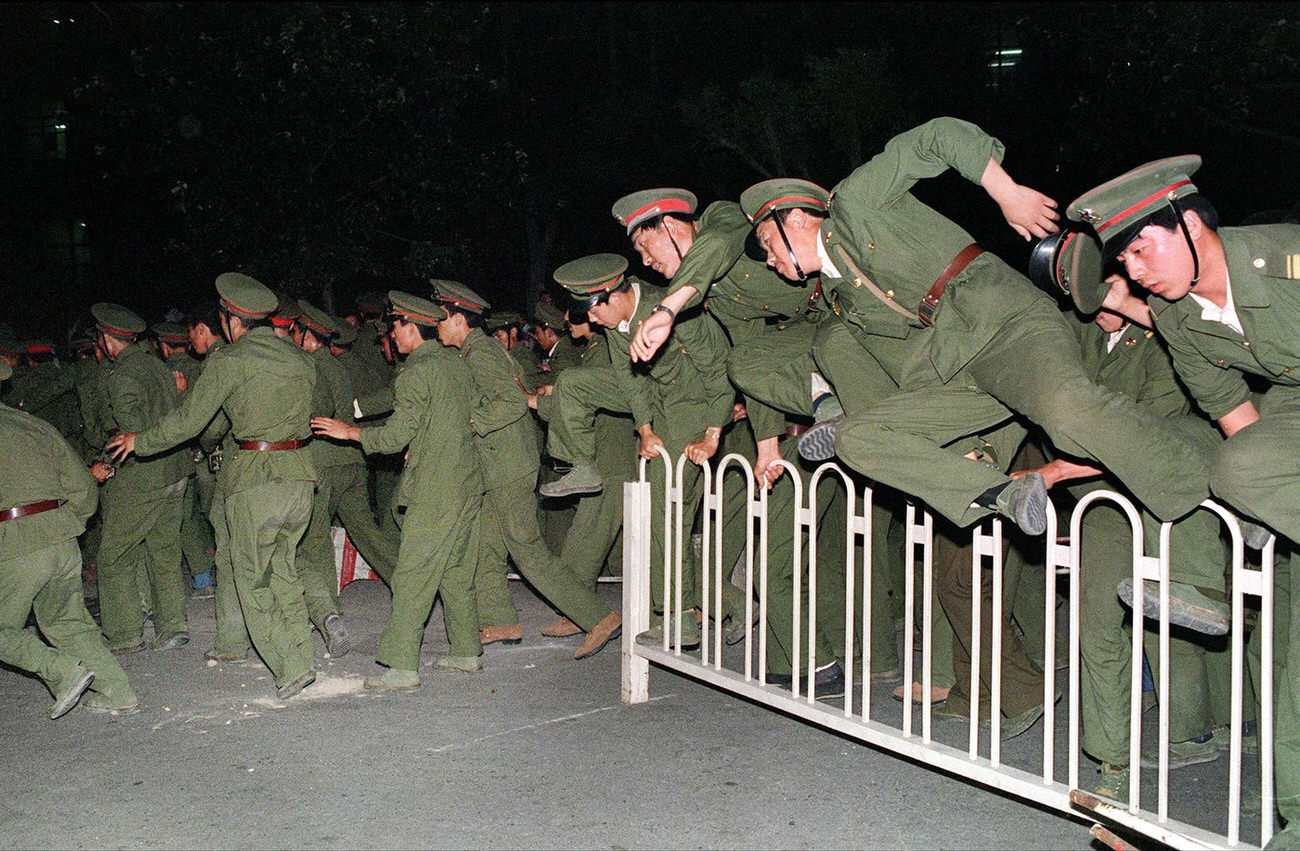
The night before, Chinese troops forcibly marched on the square to end the weeks-long occupation by student protesters, using lethal force to remove opposition they encountered along the way. Hundreds of demonstrators were killed in the crackdown as tanks rolled into the square.


